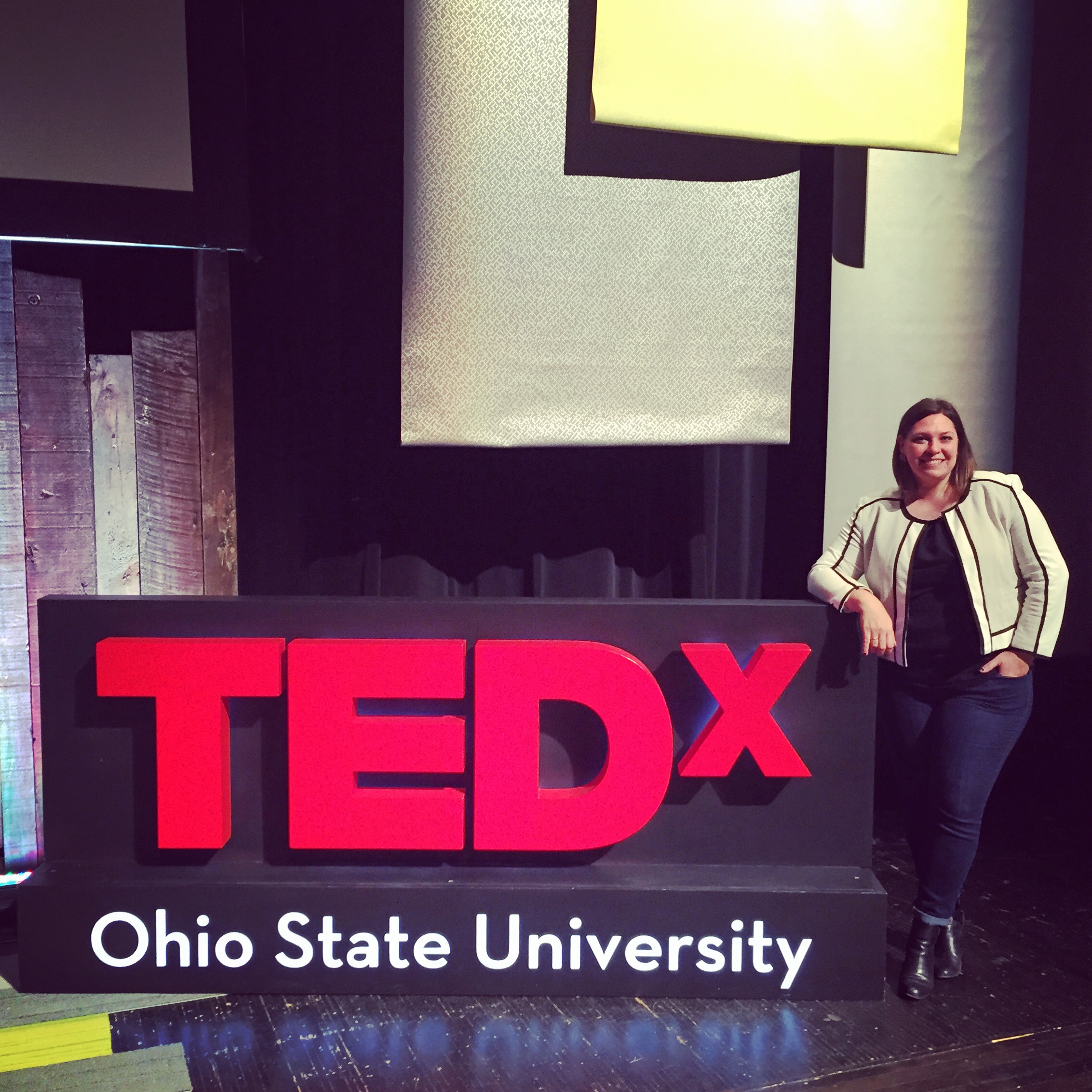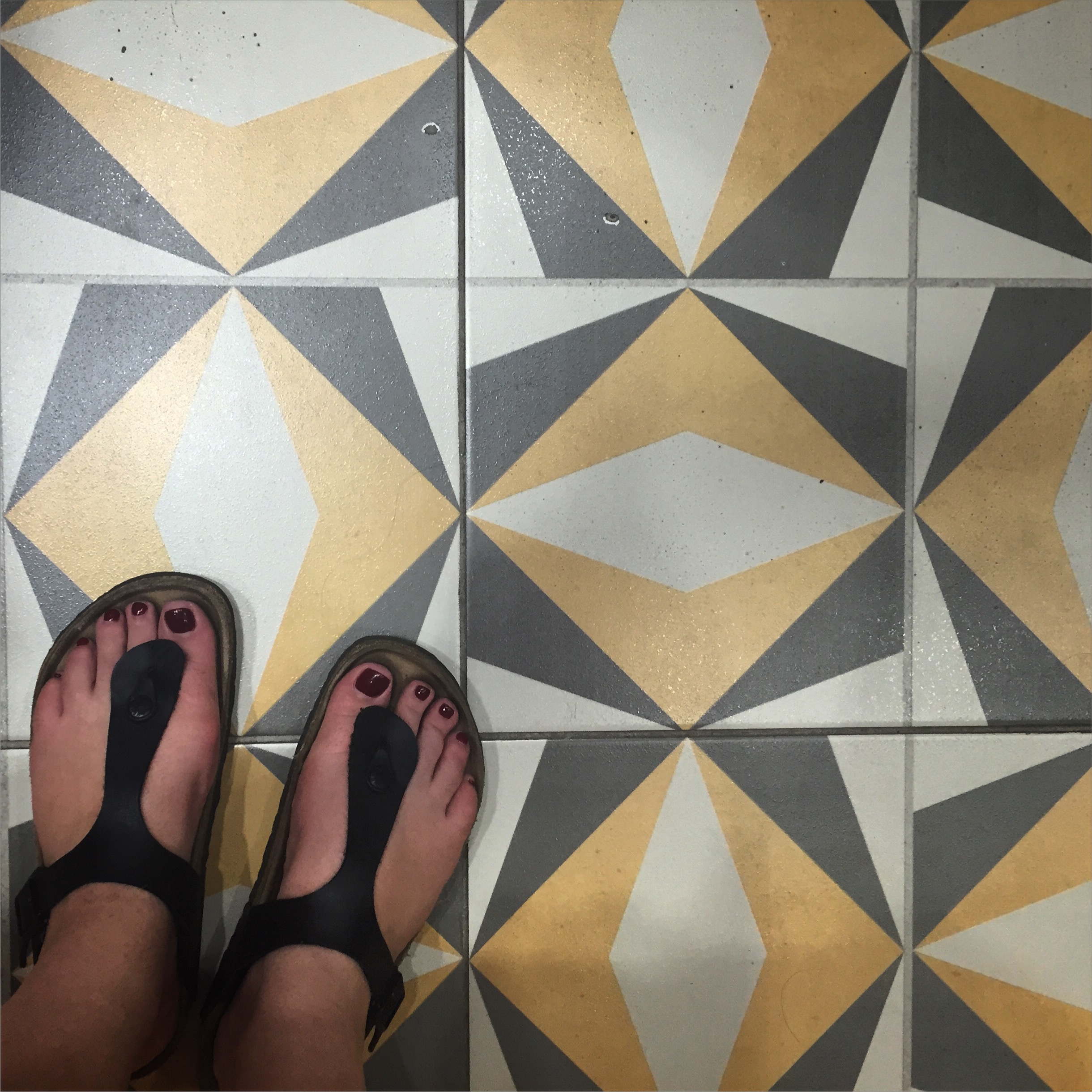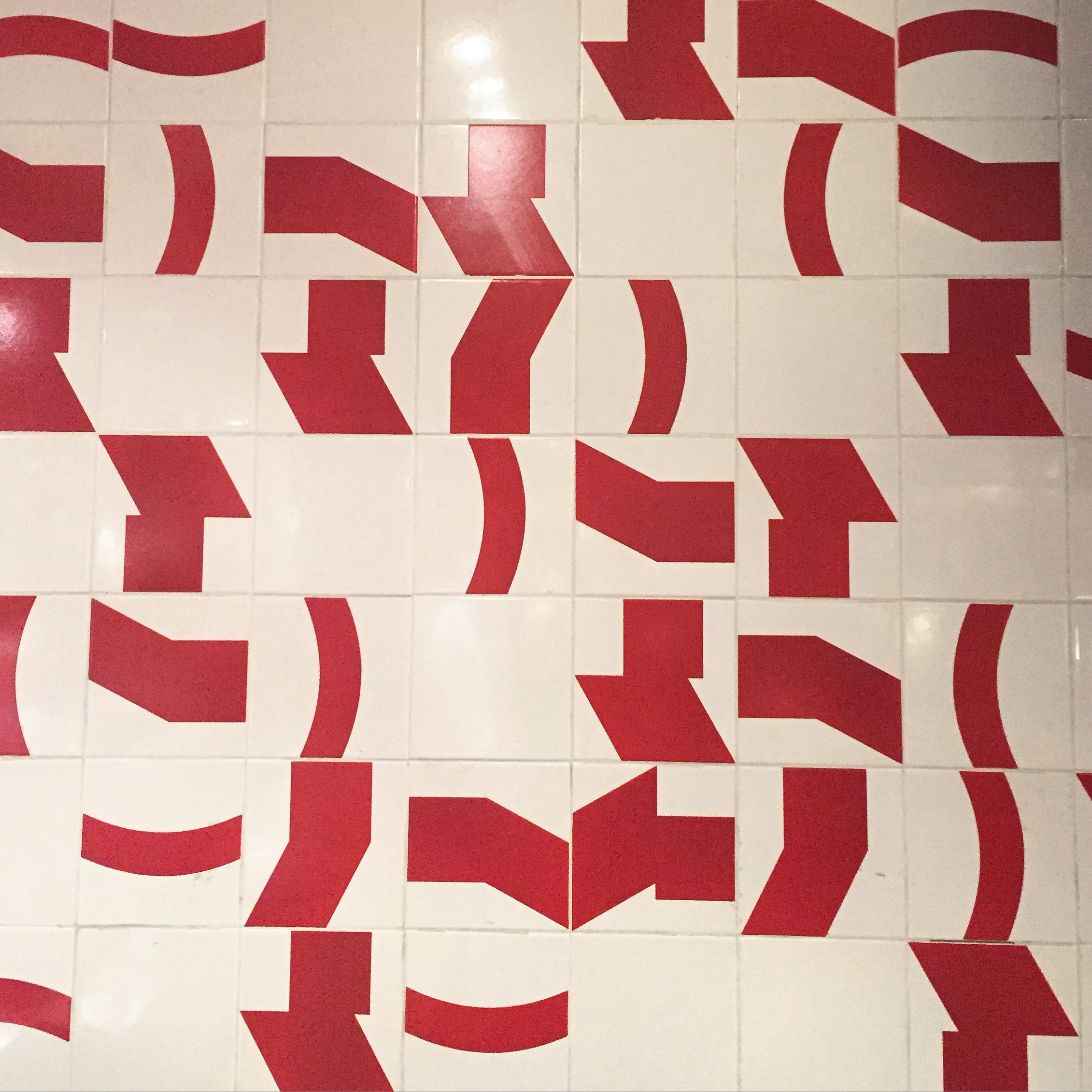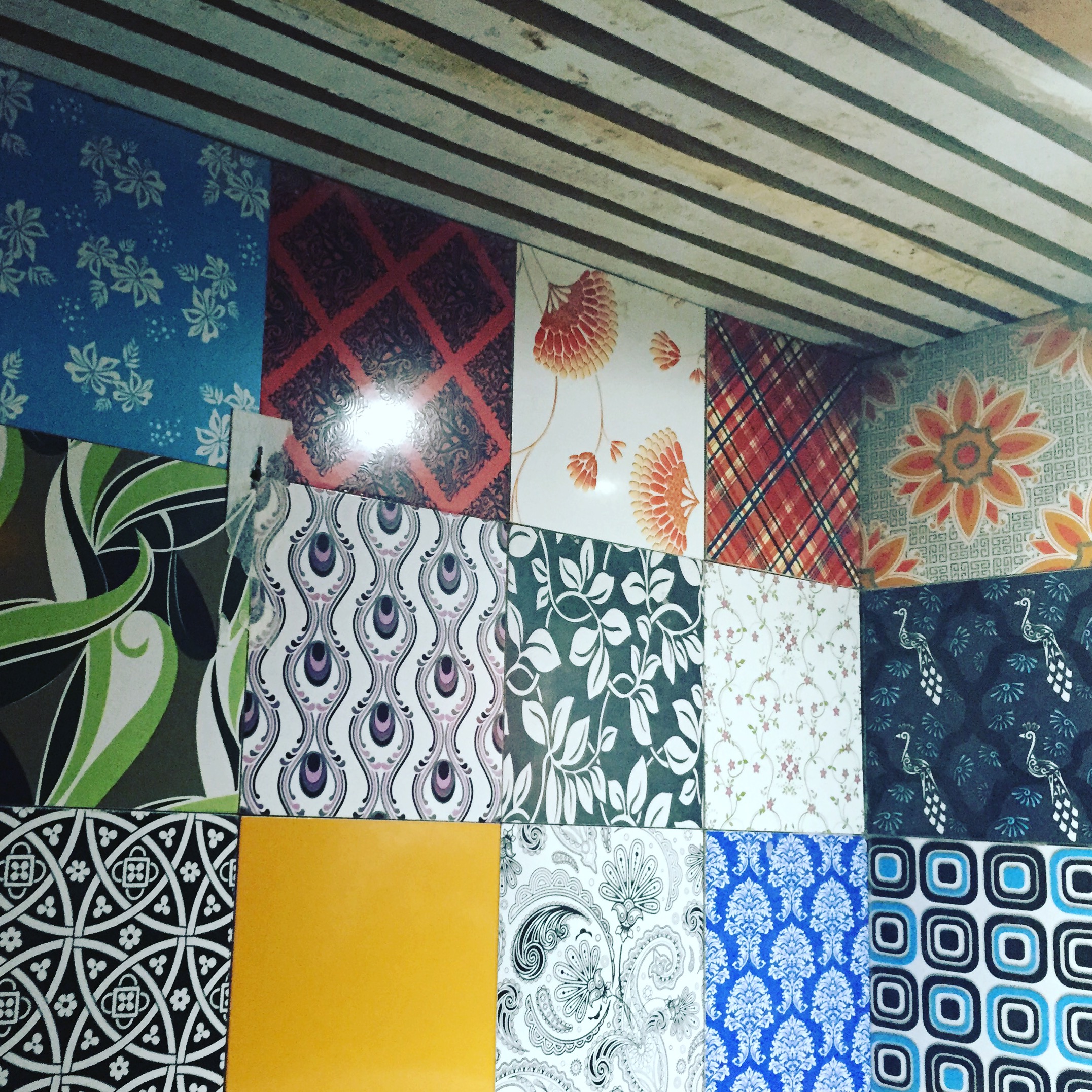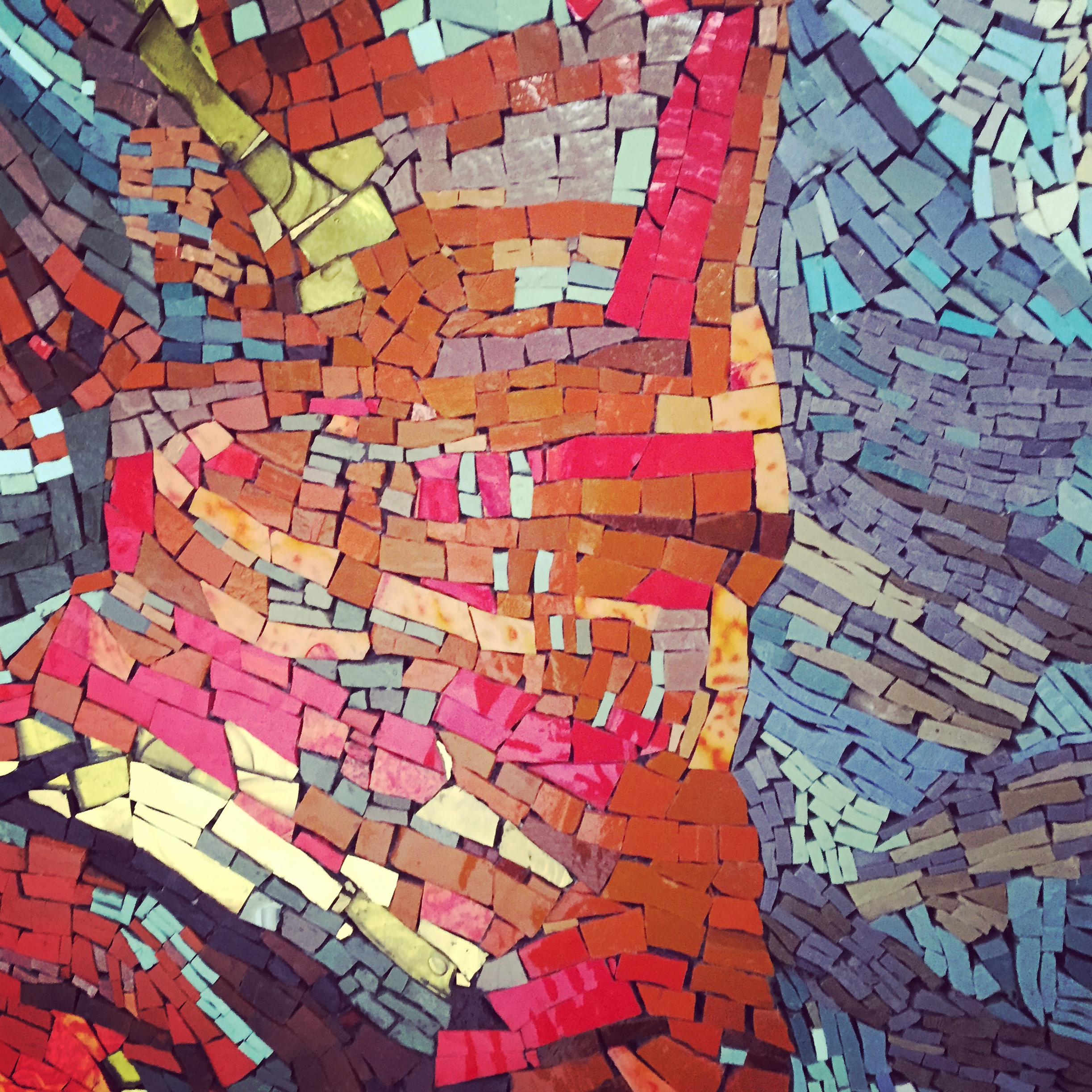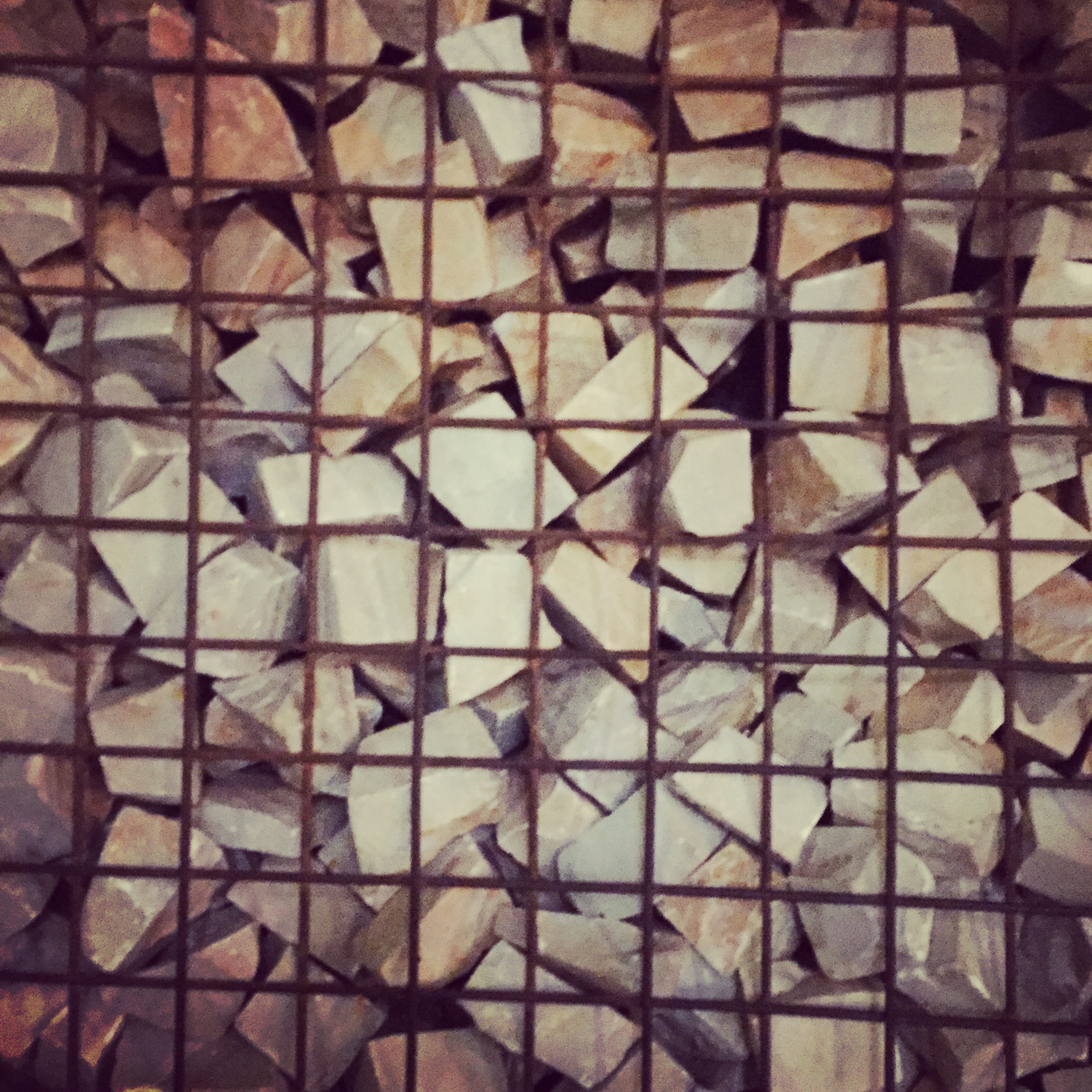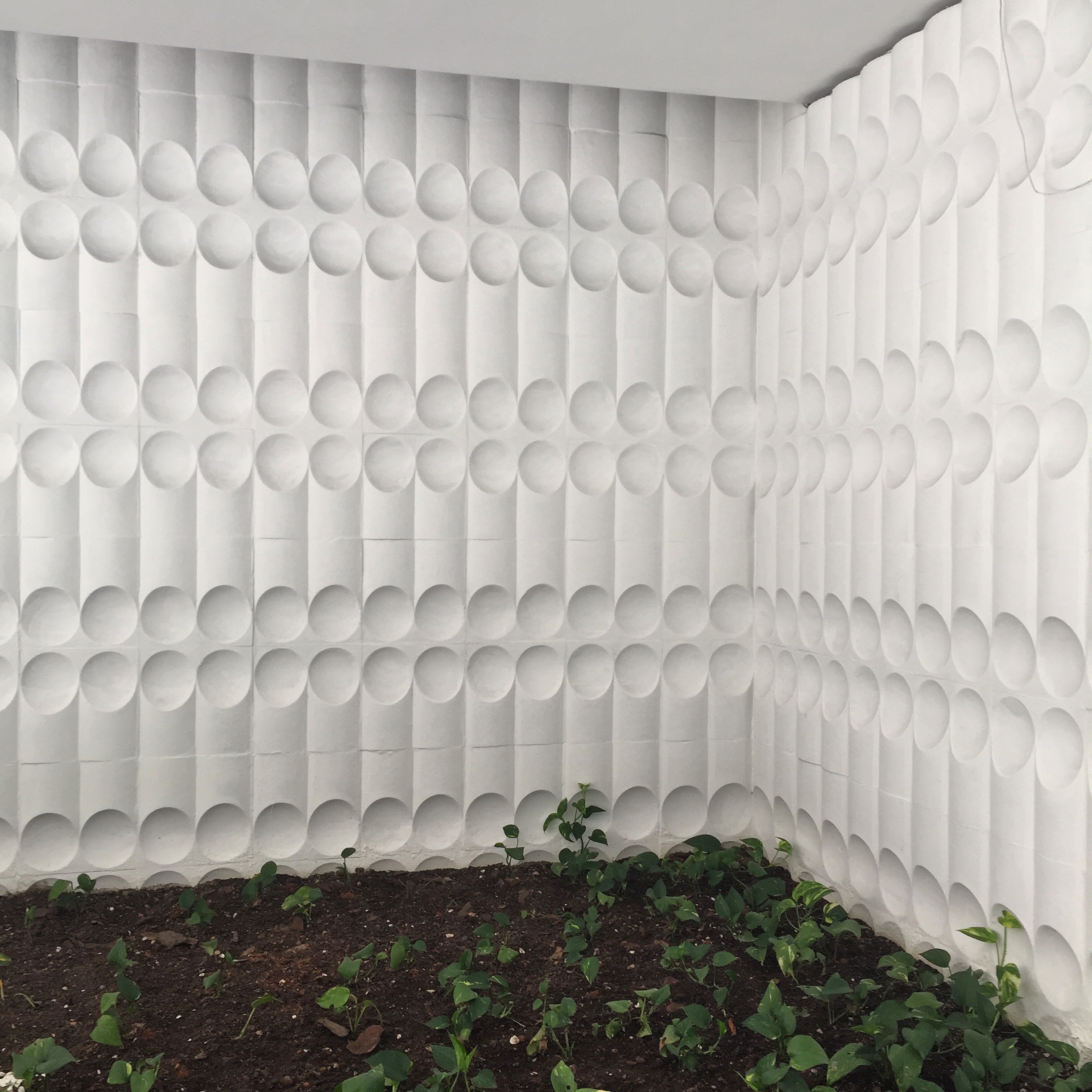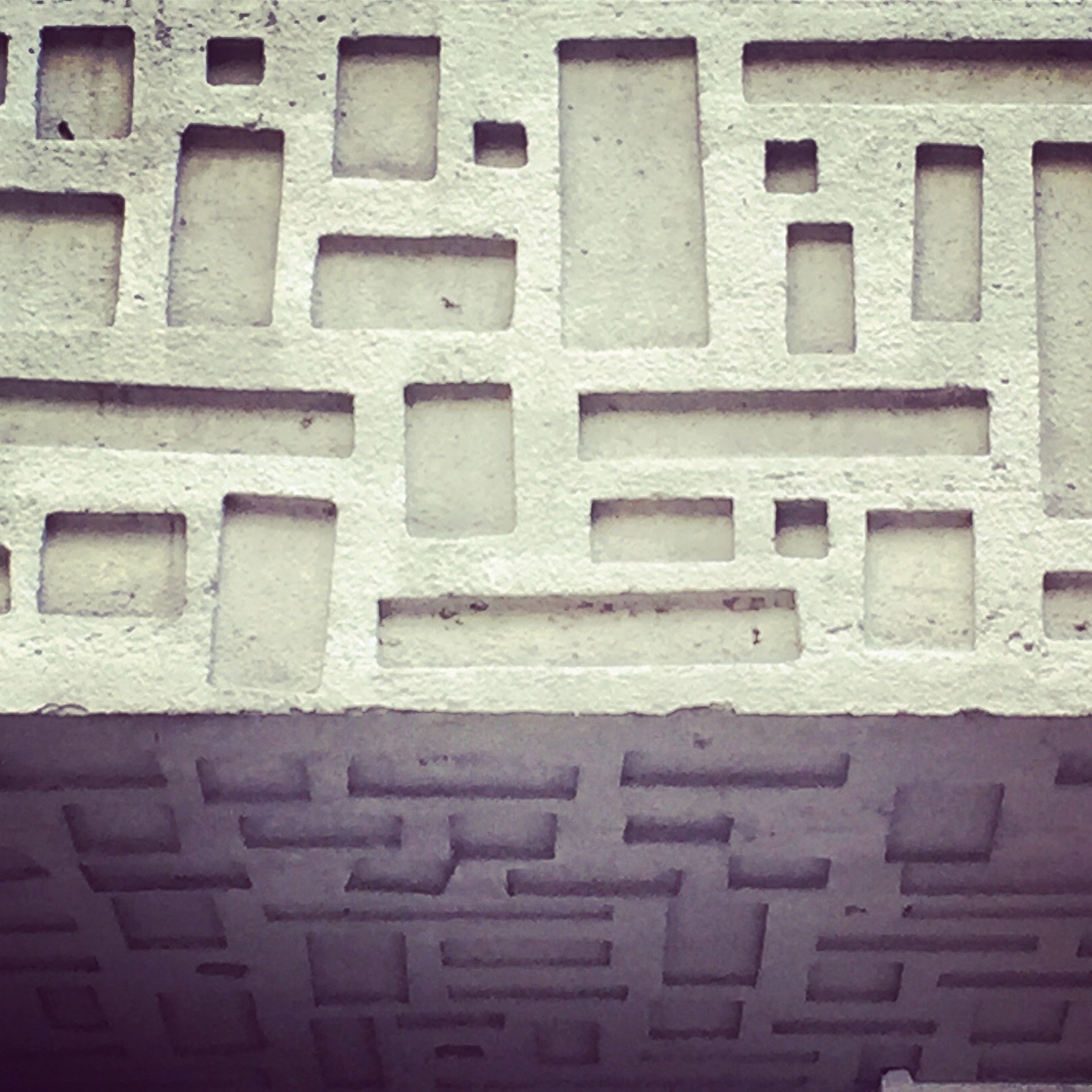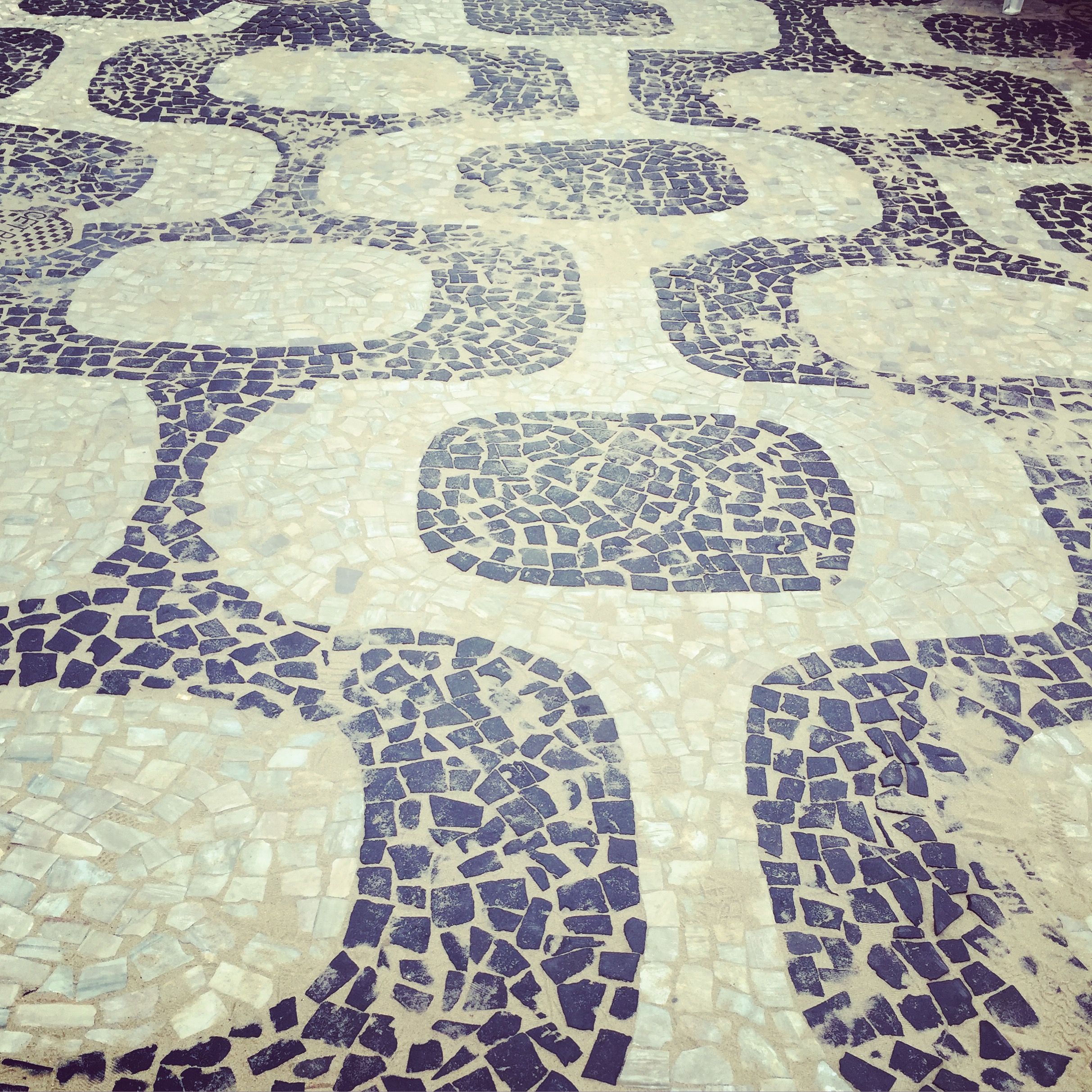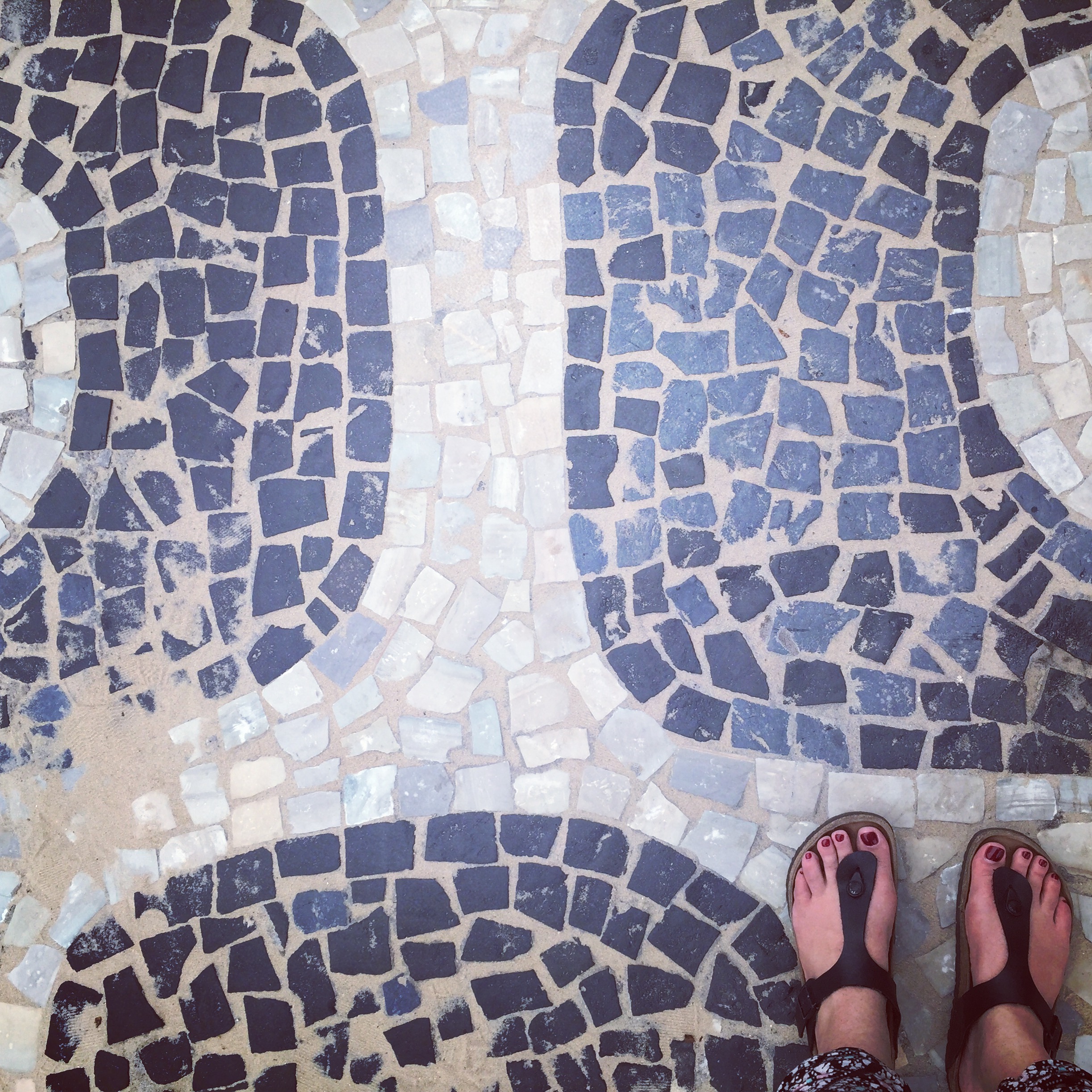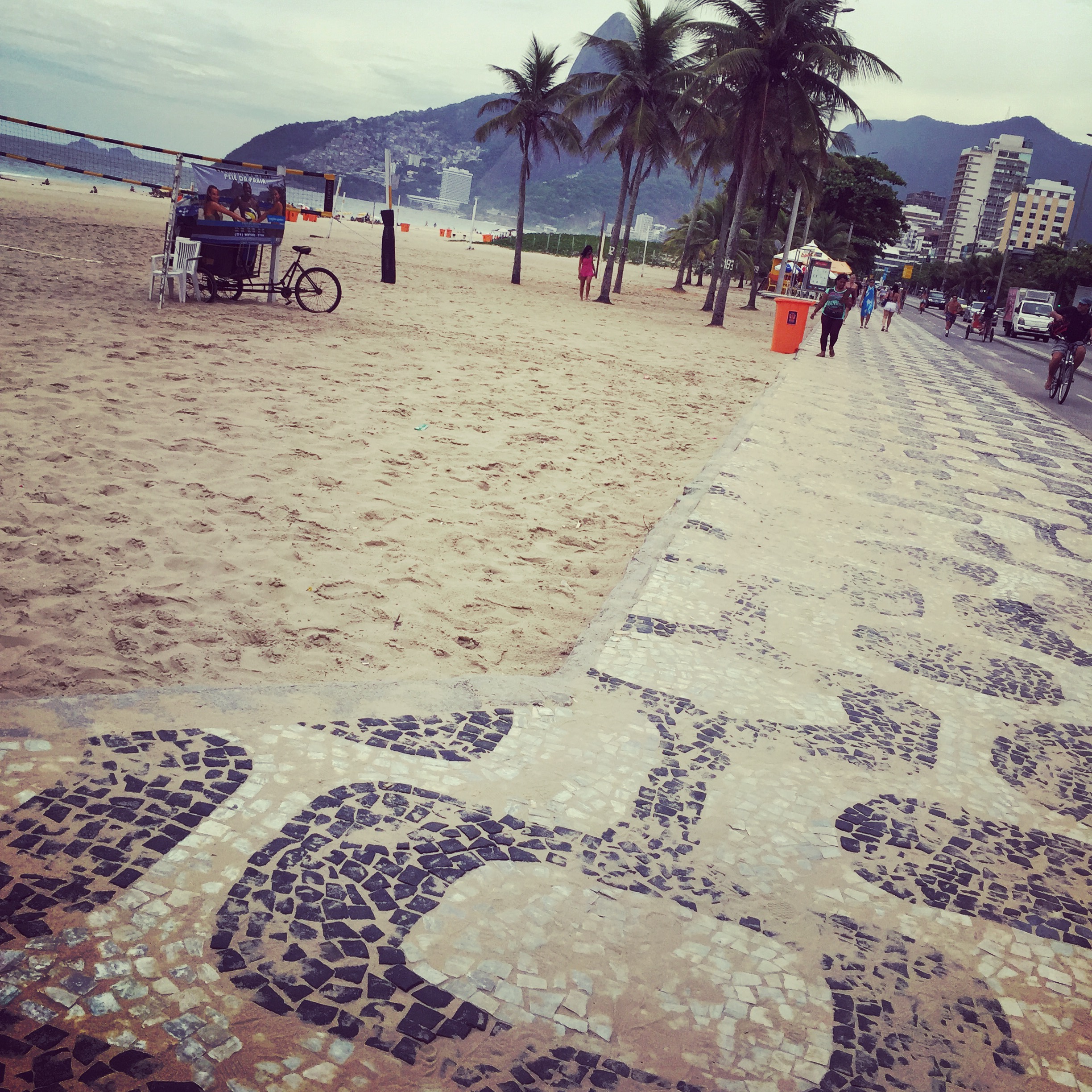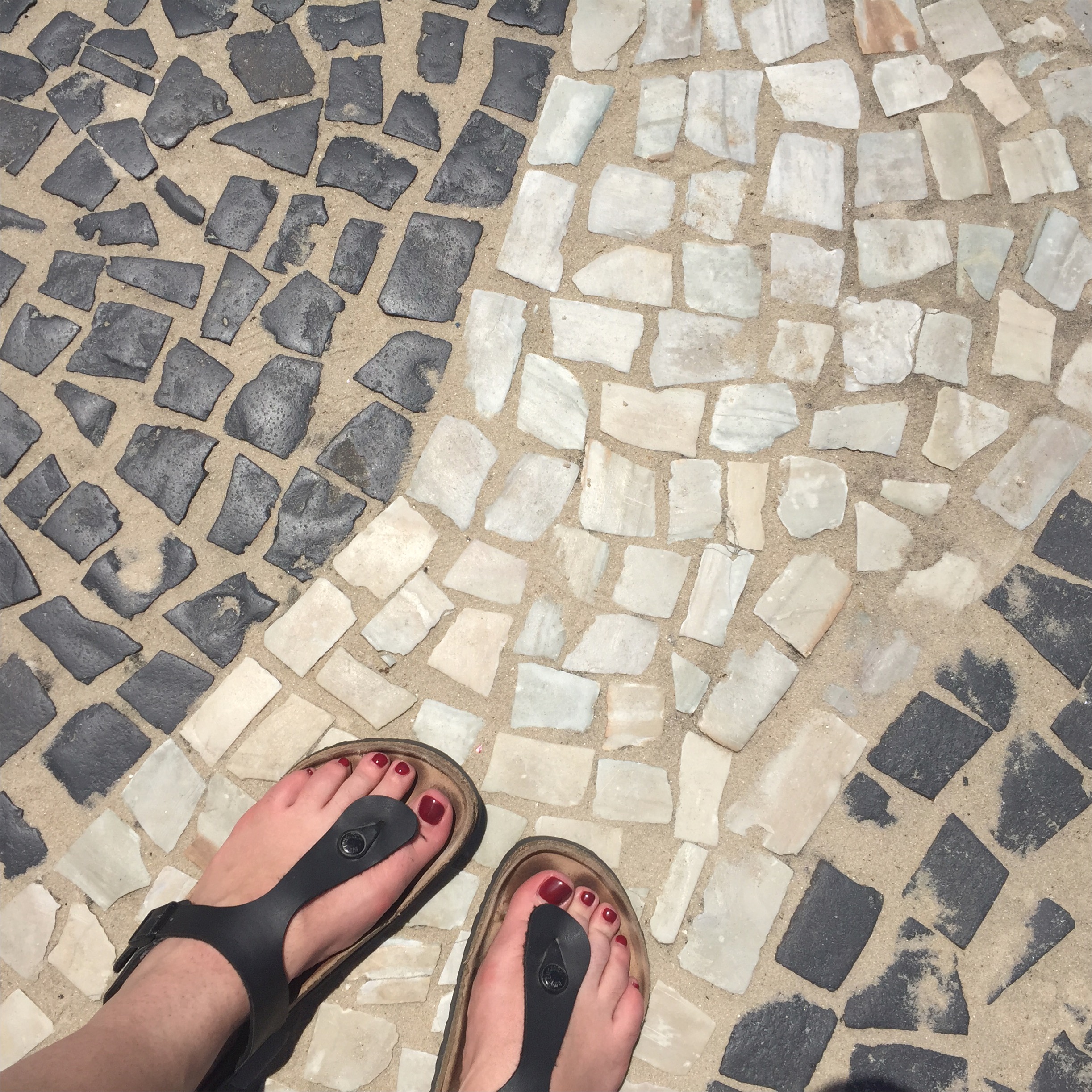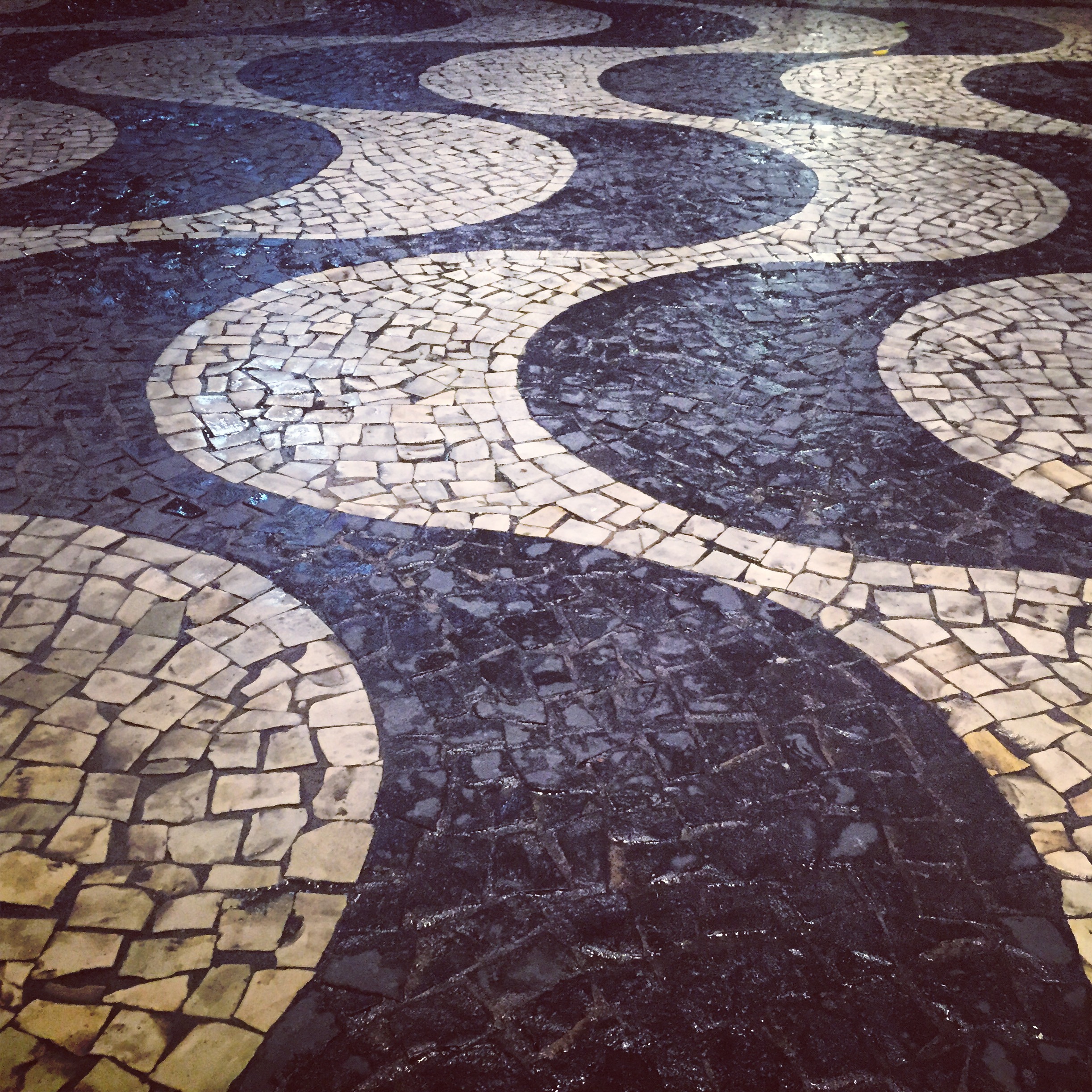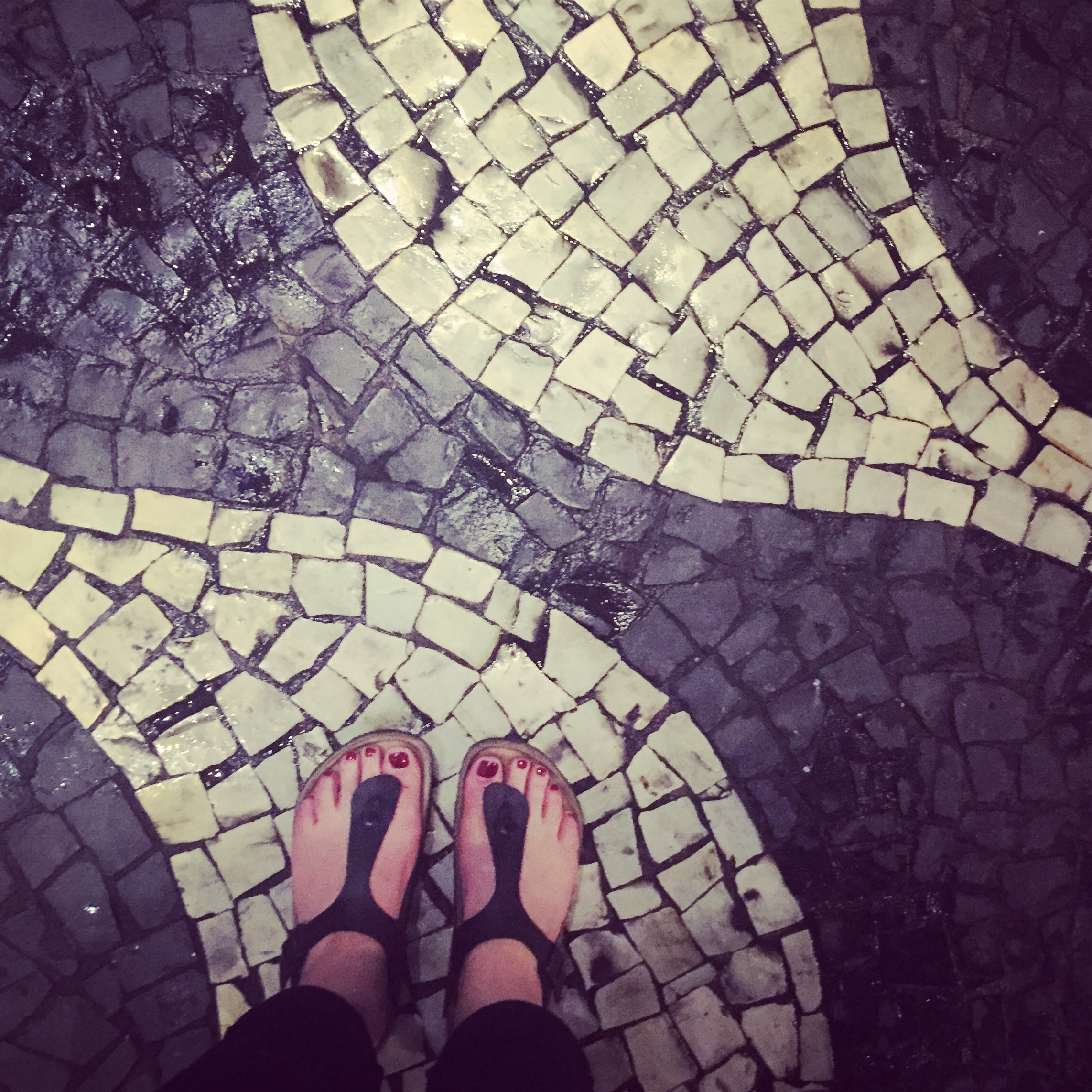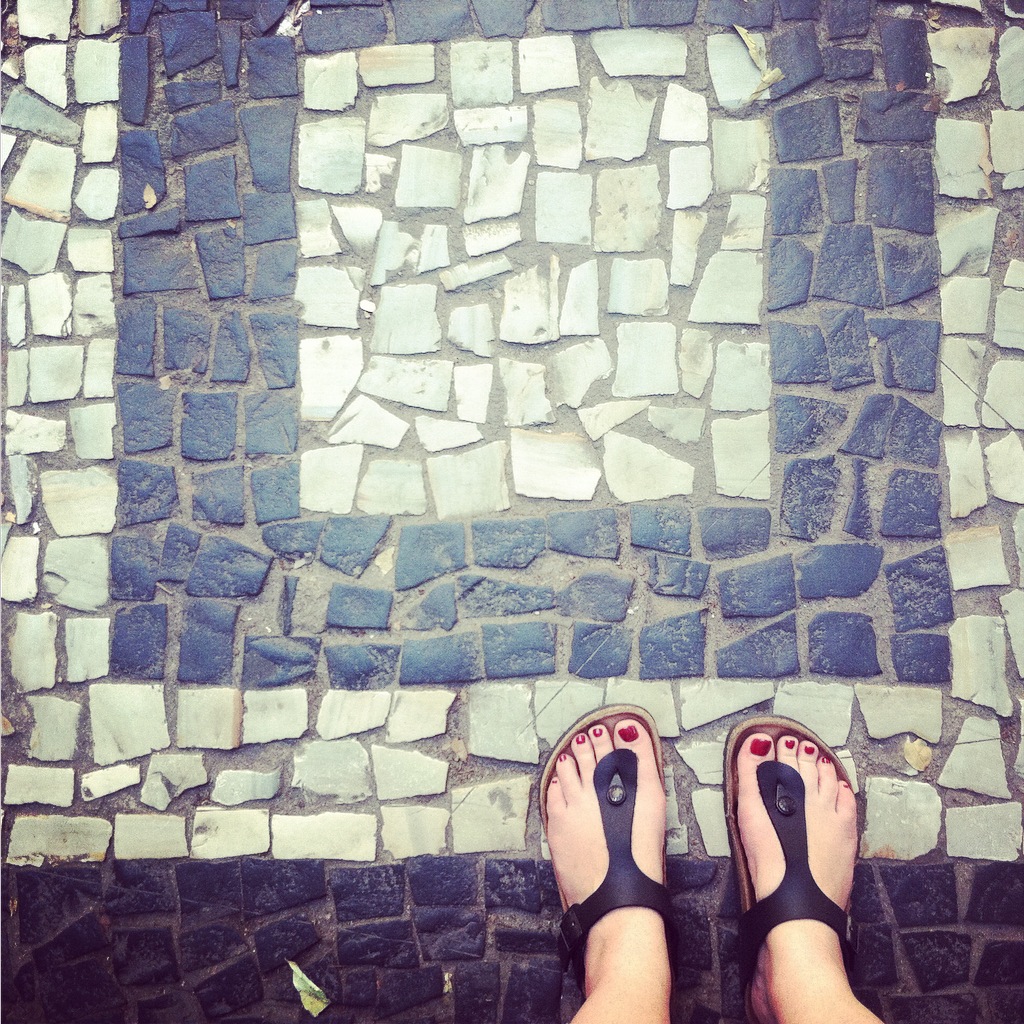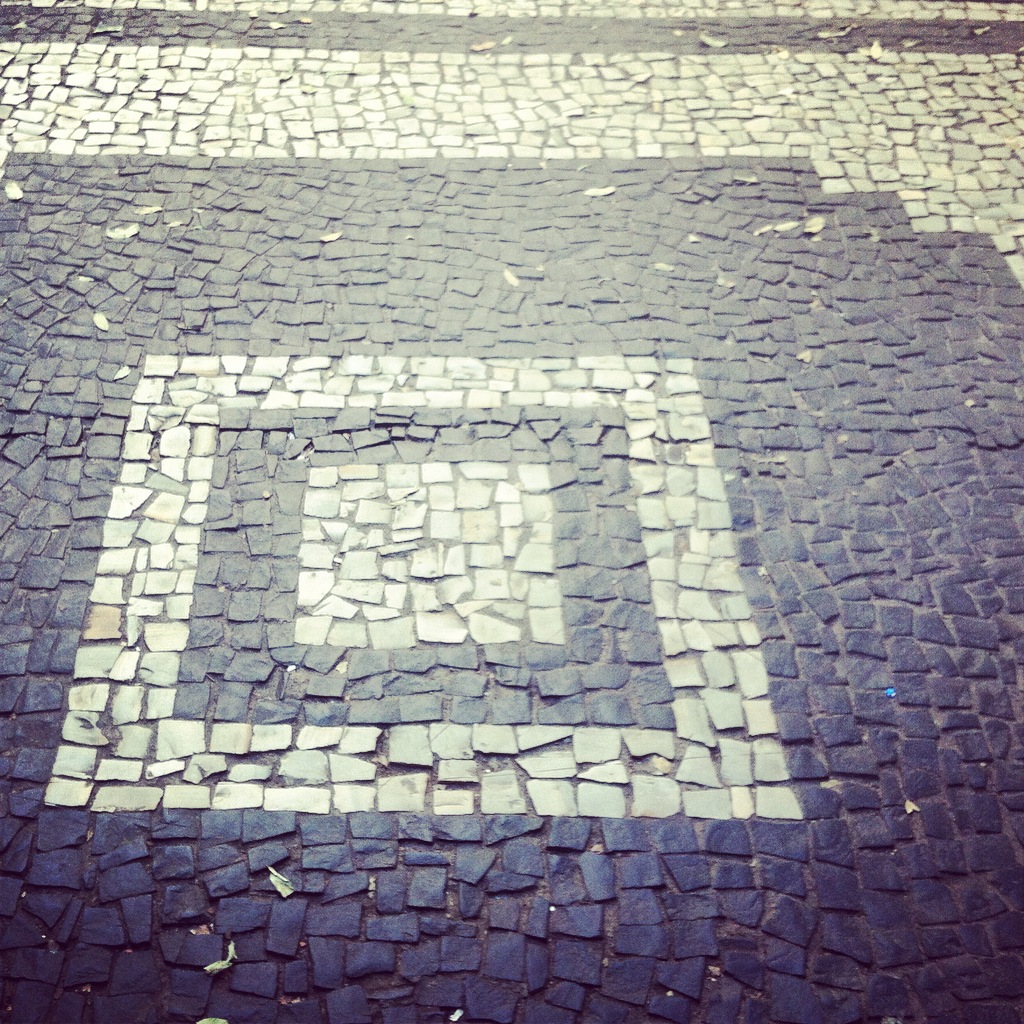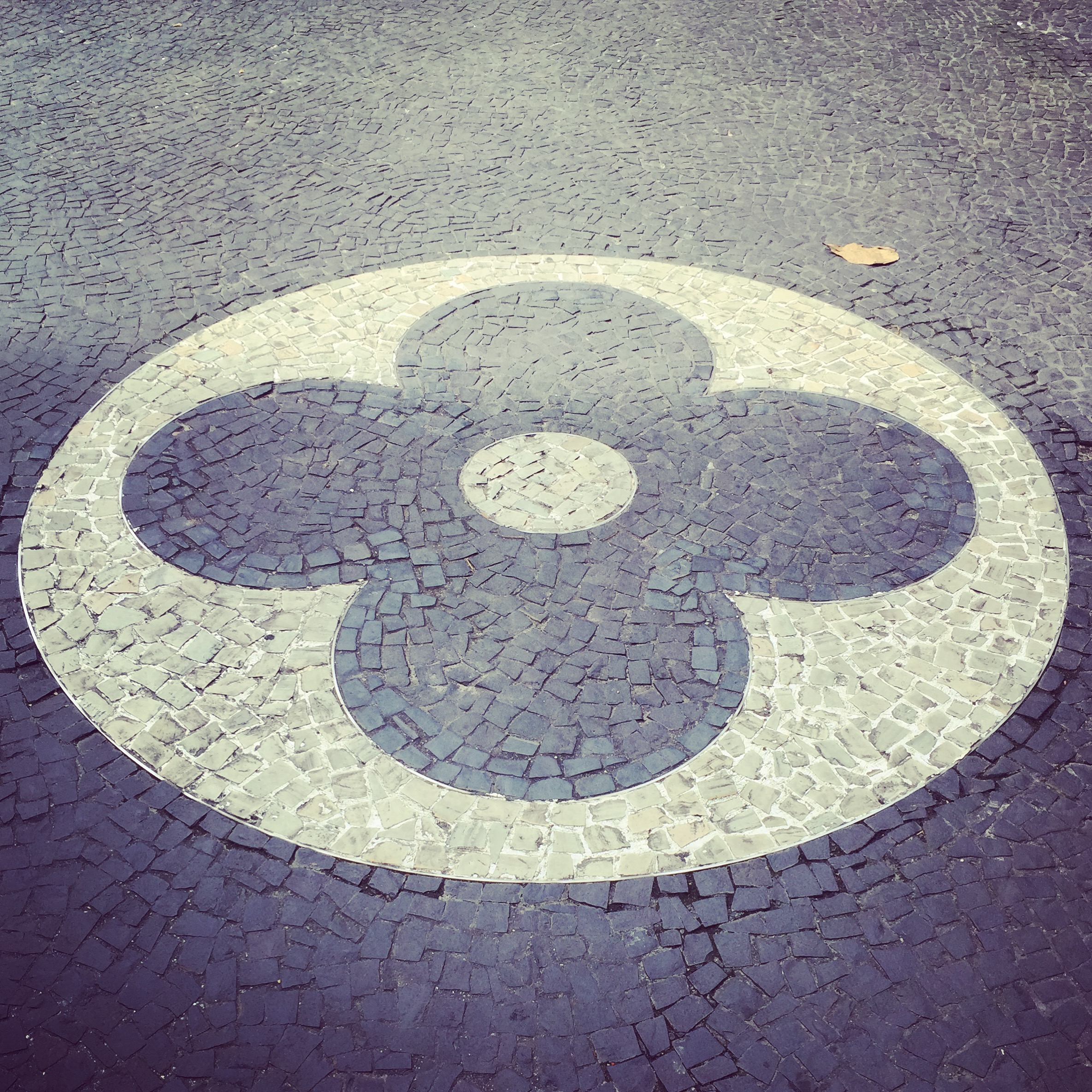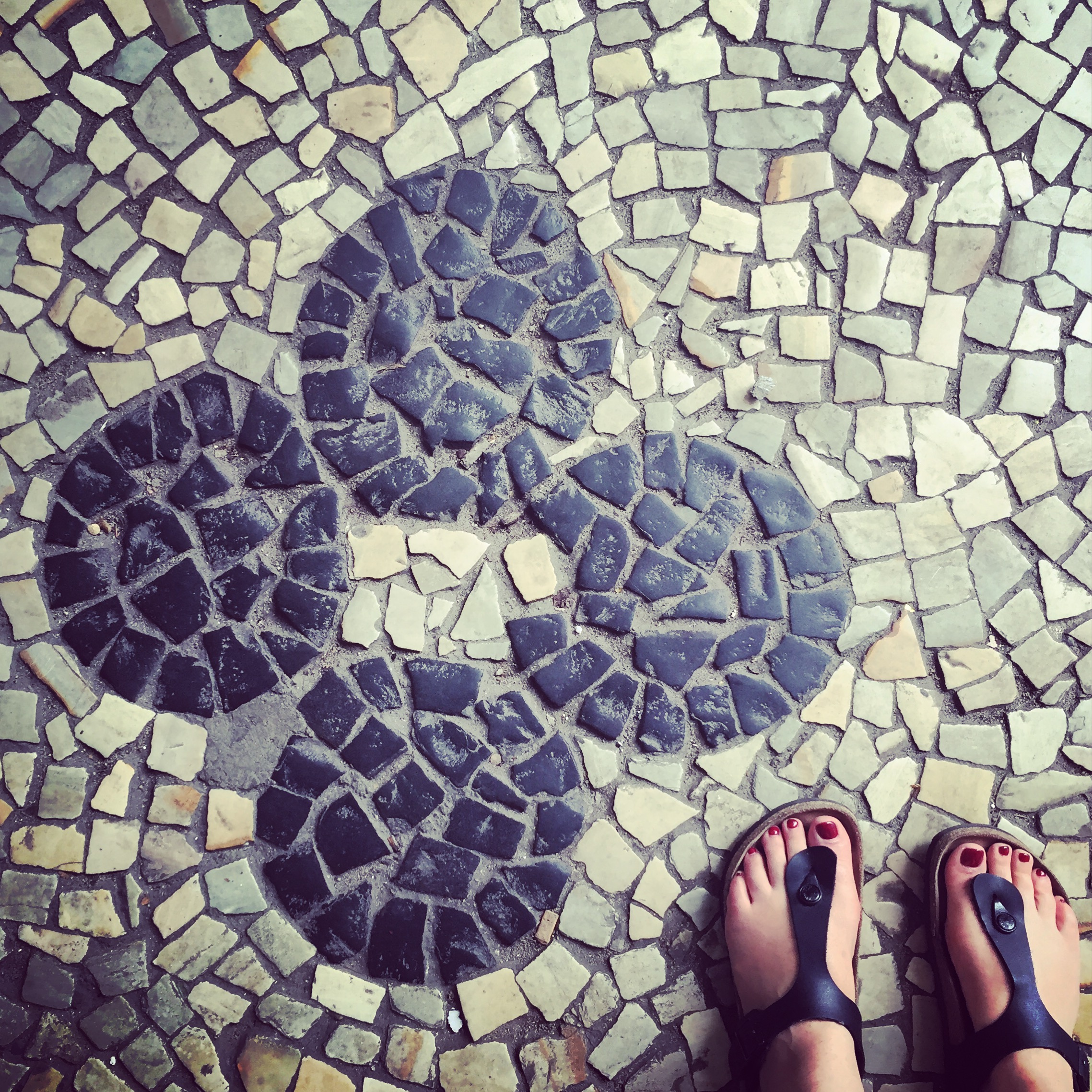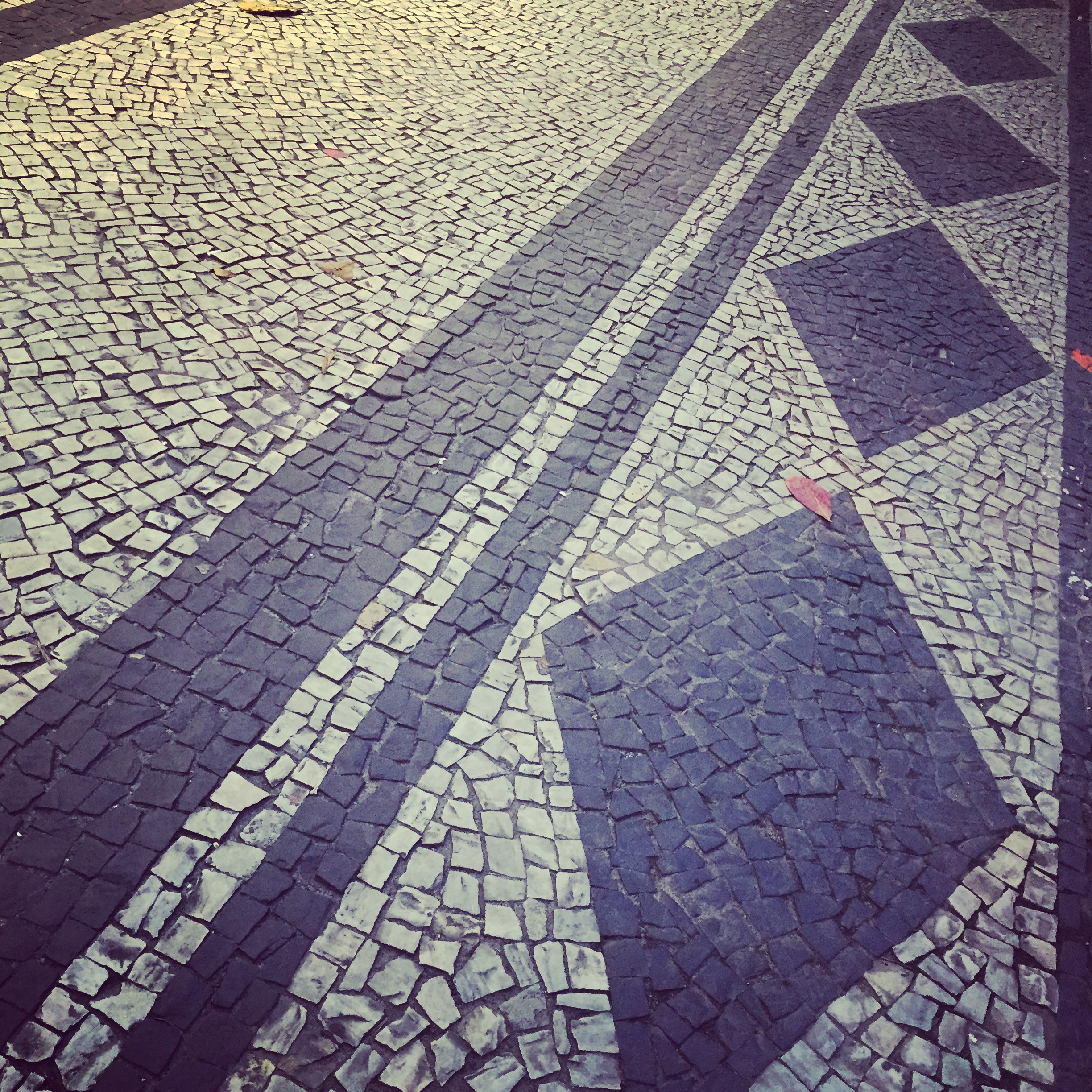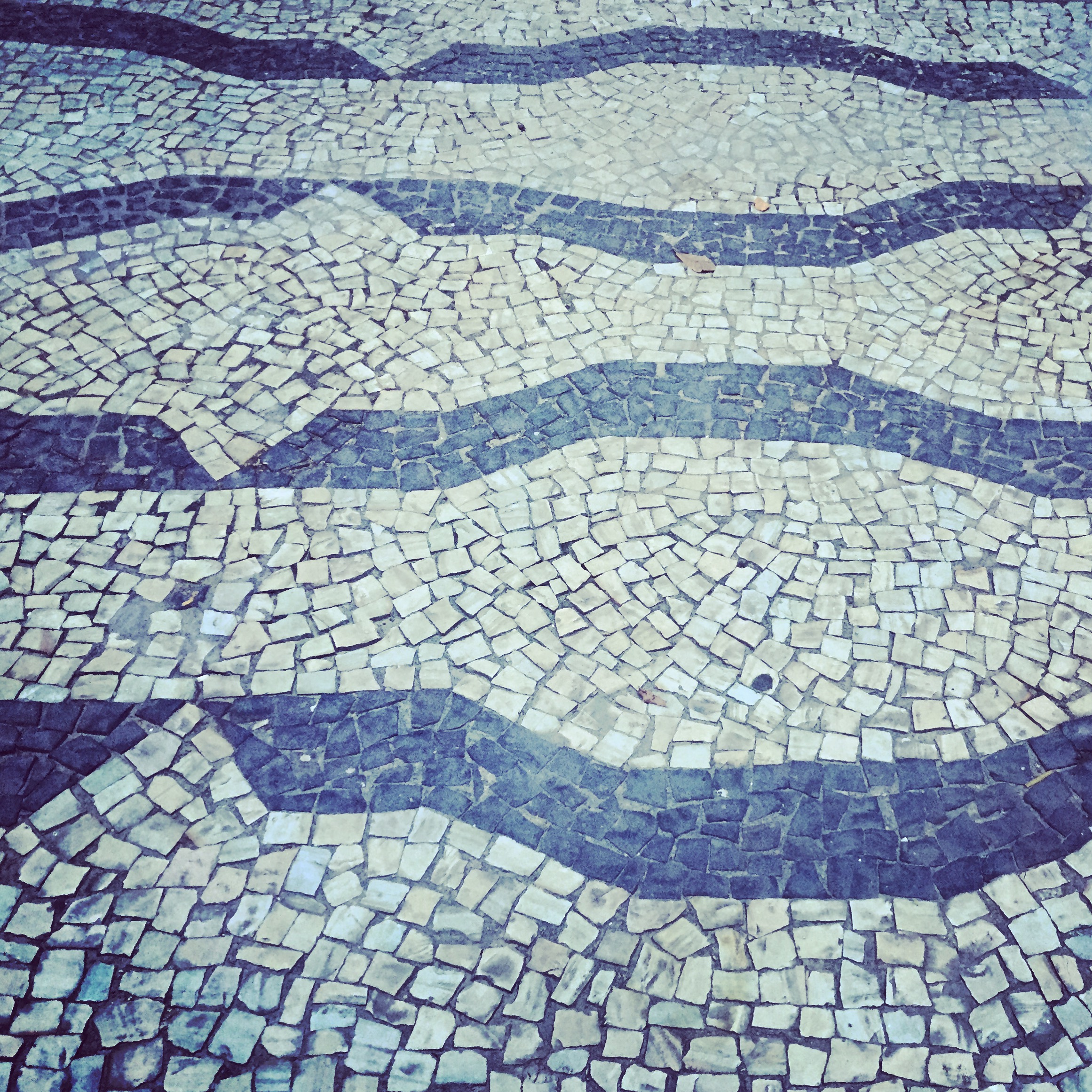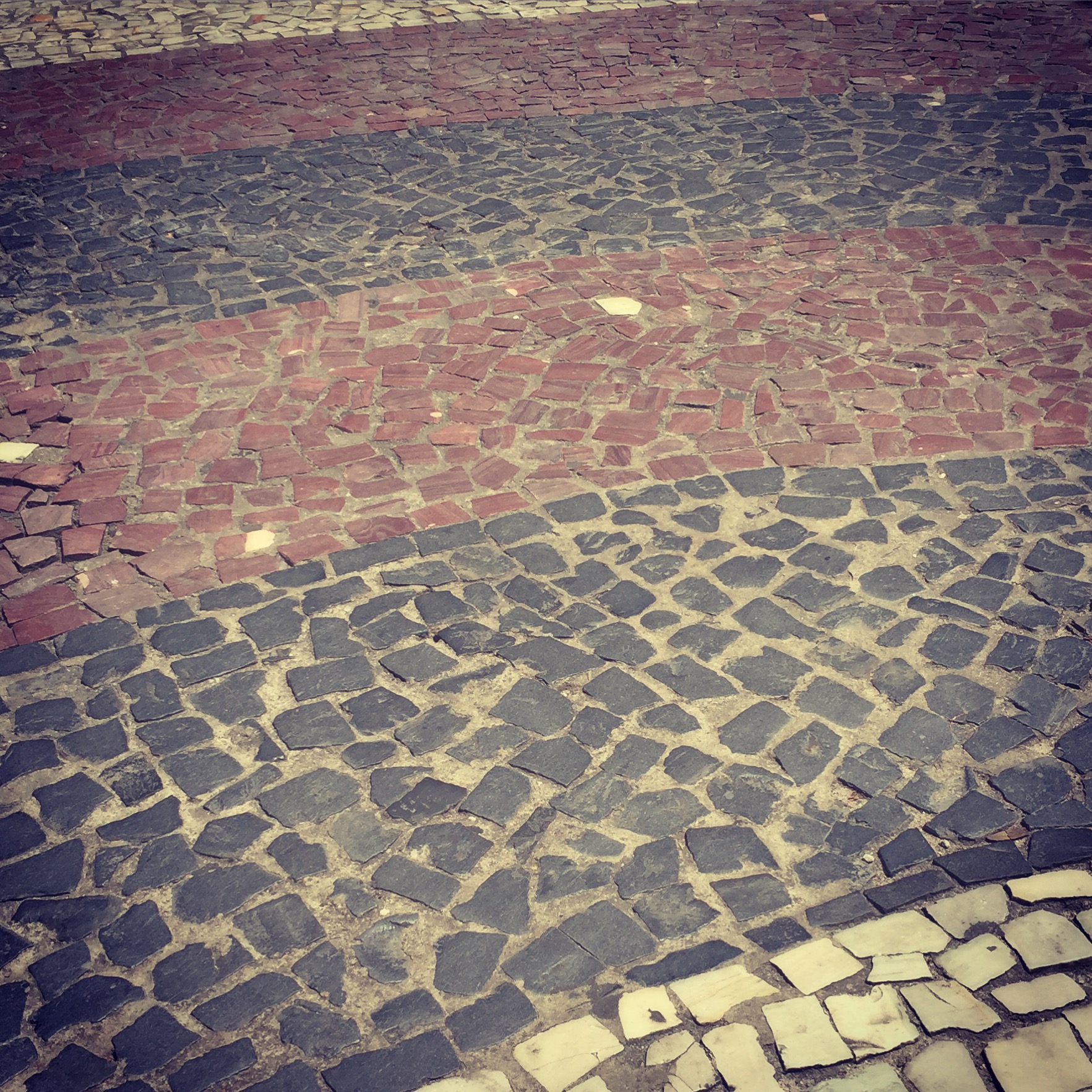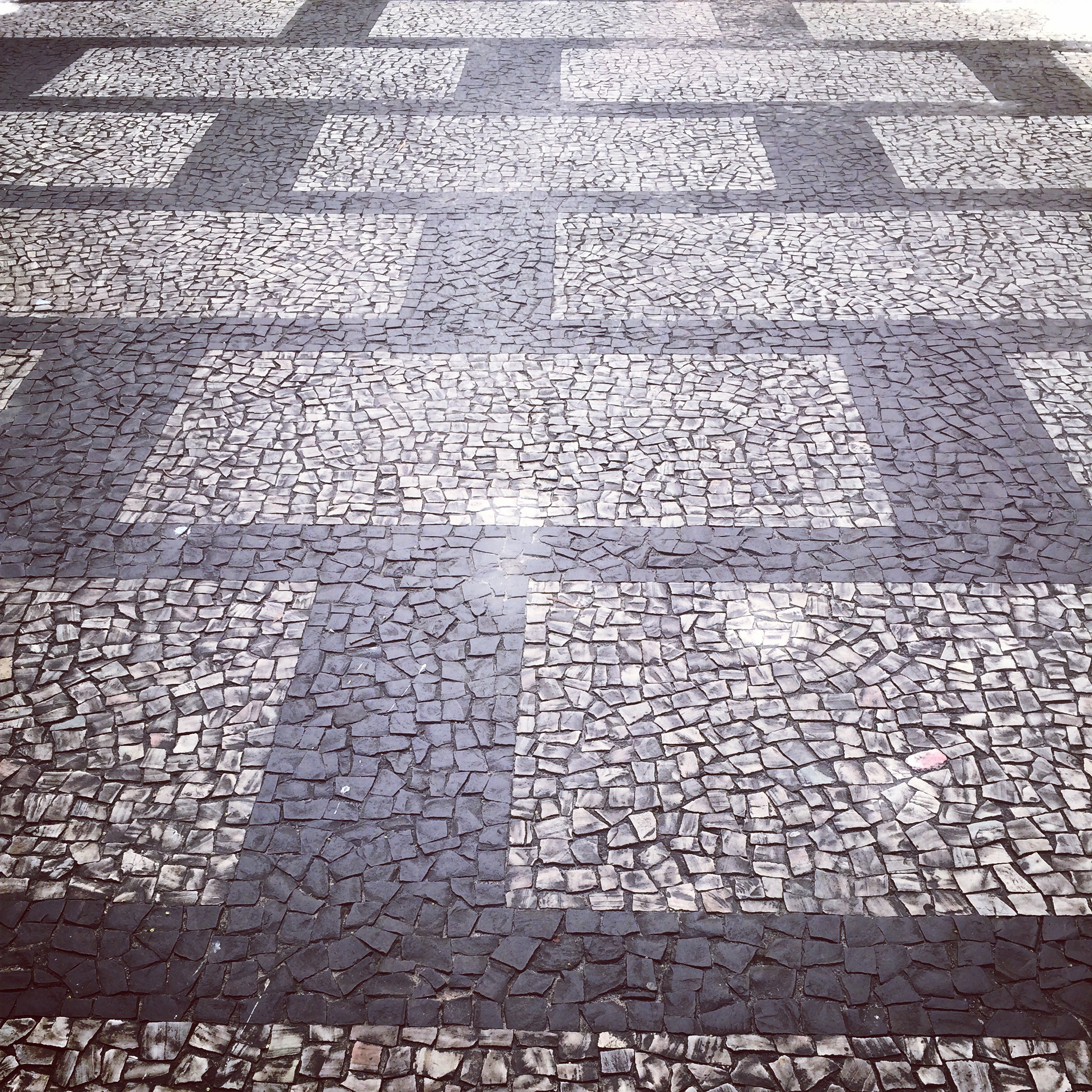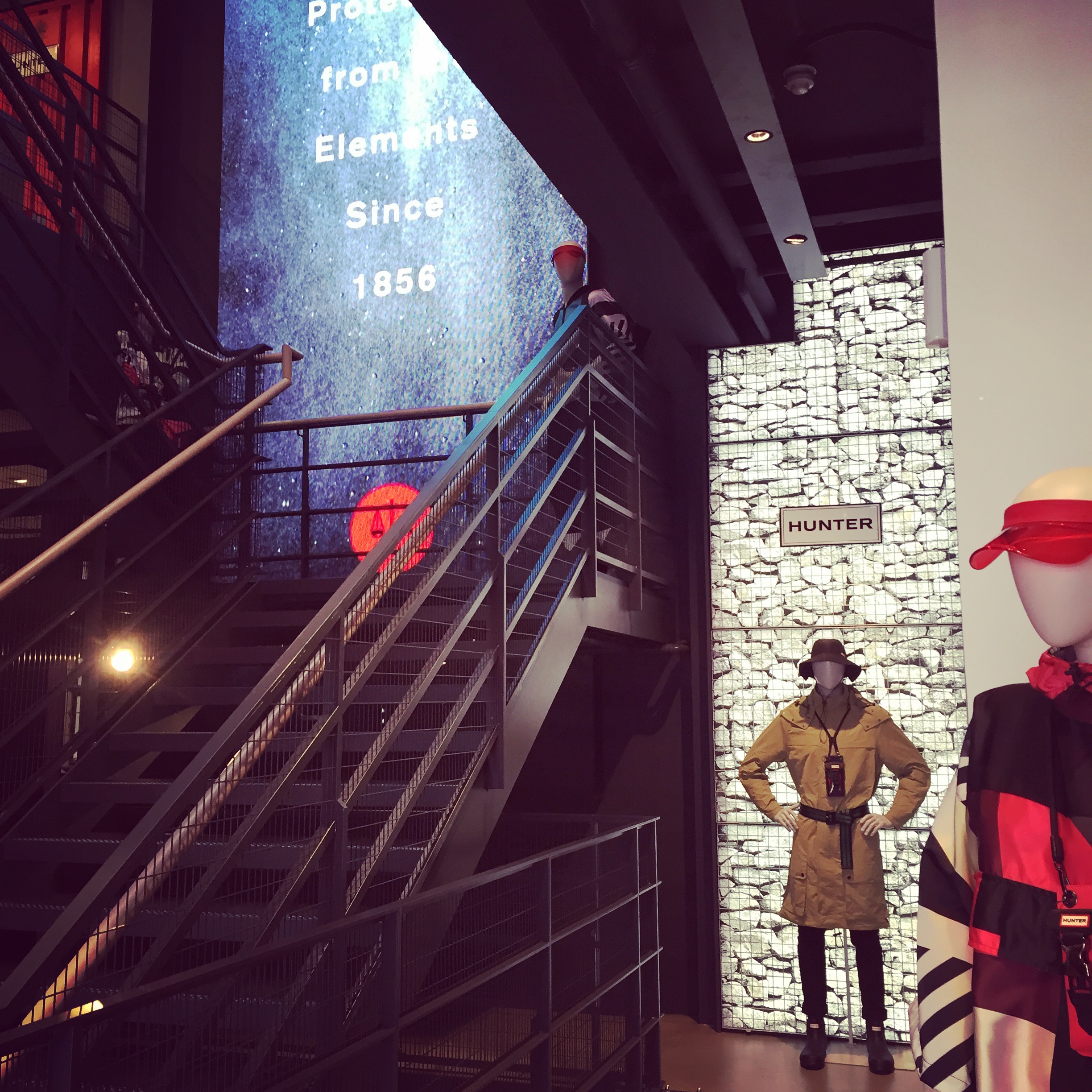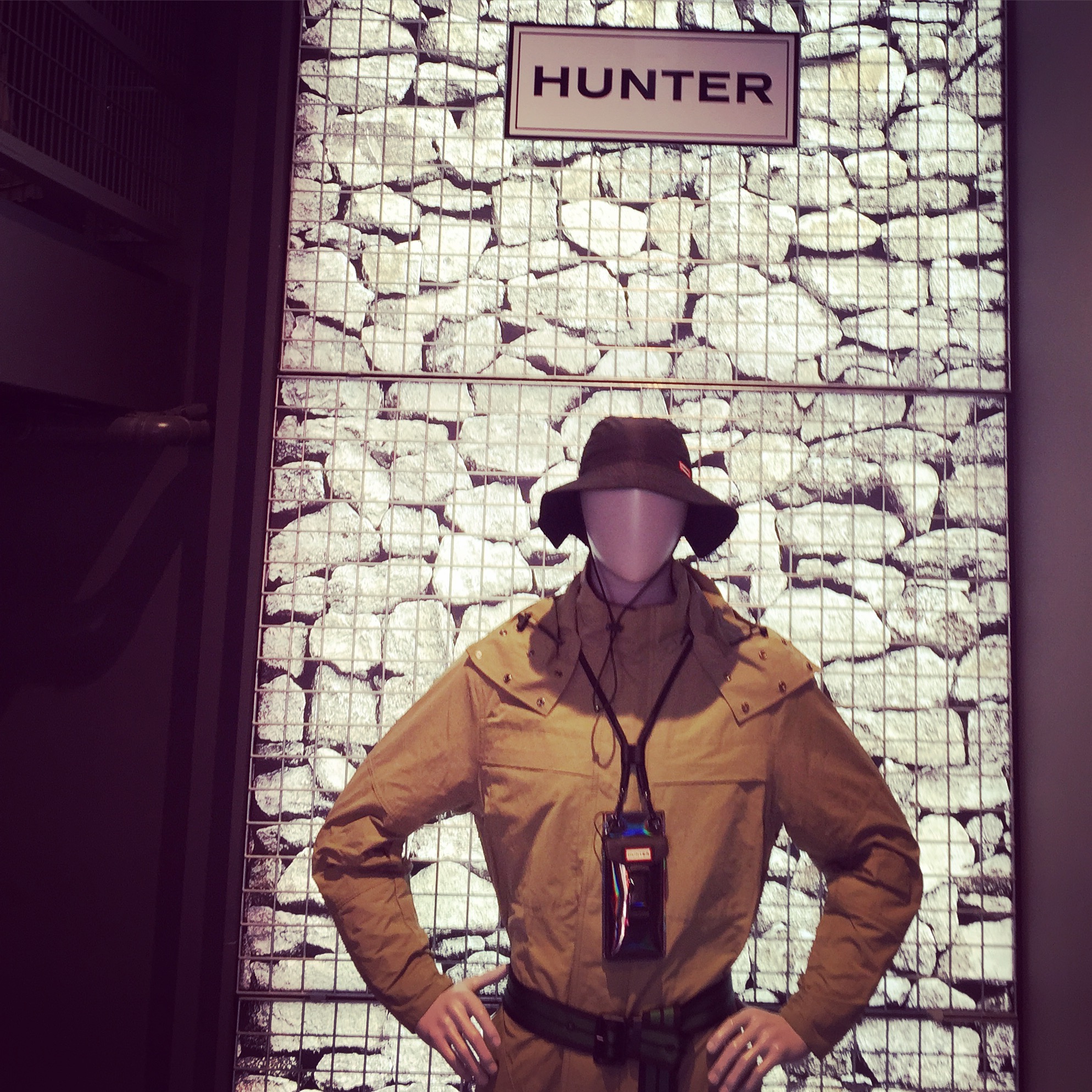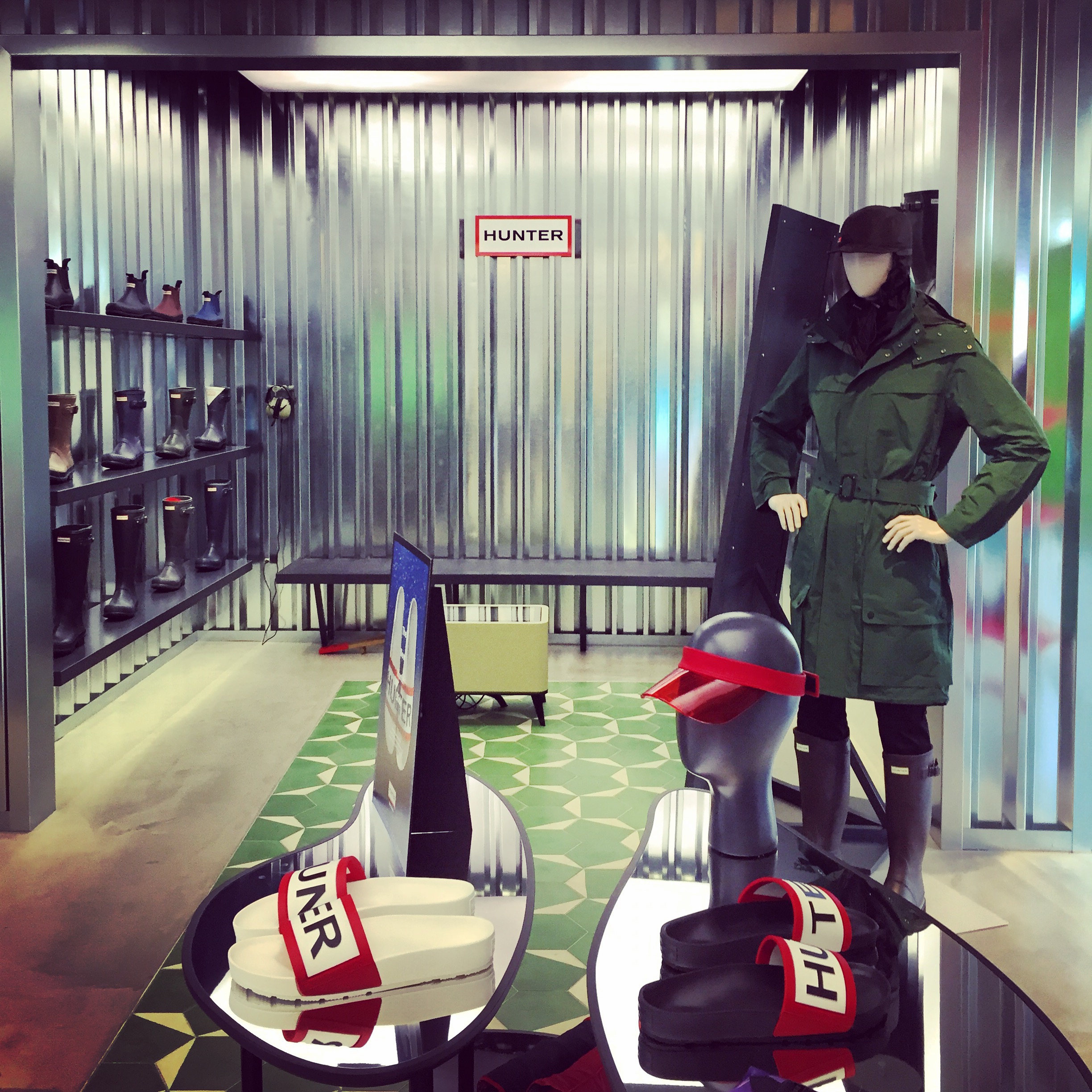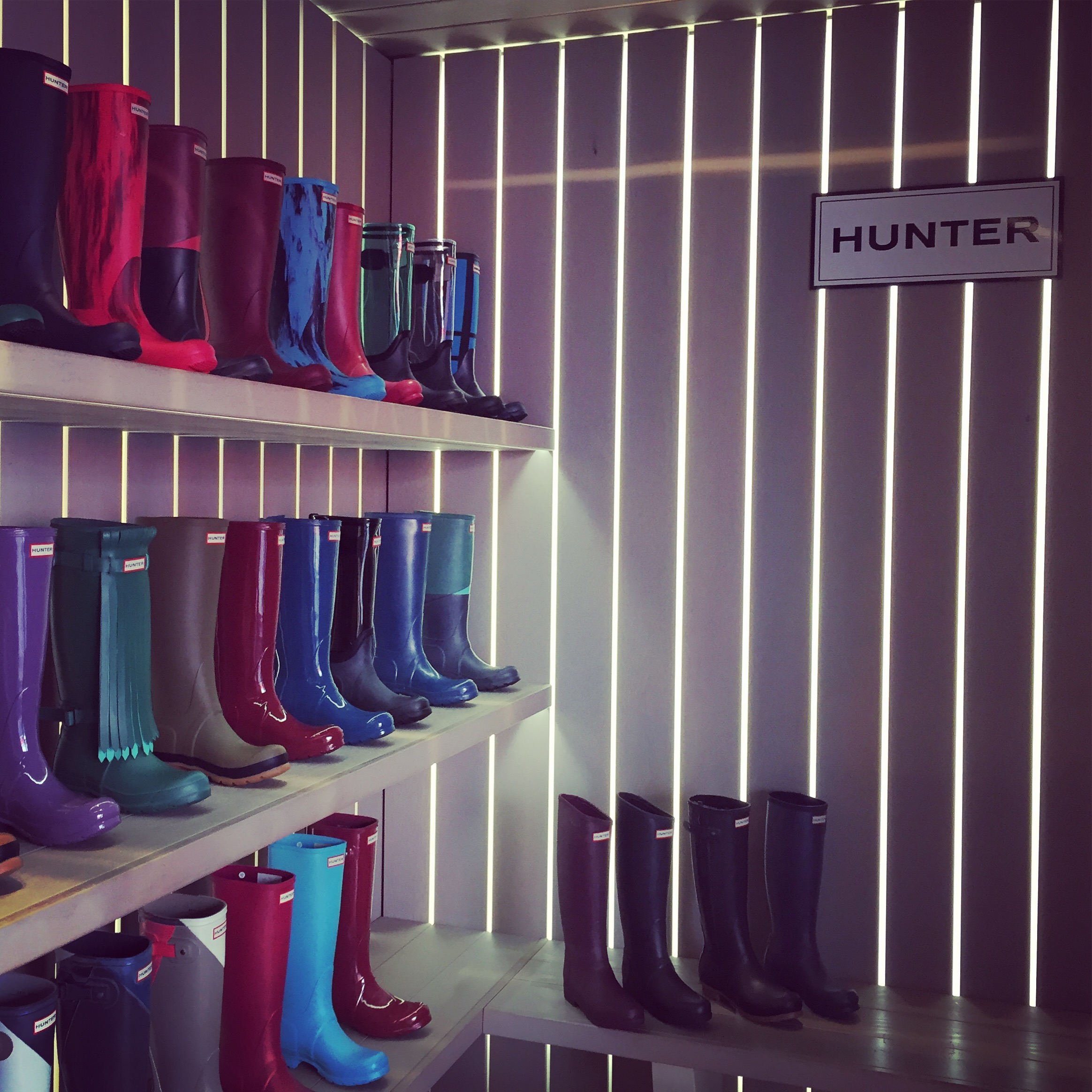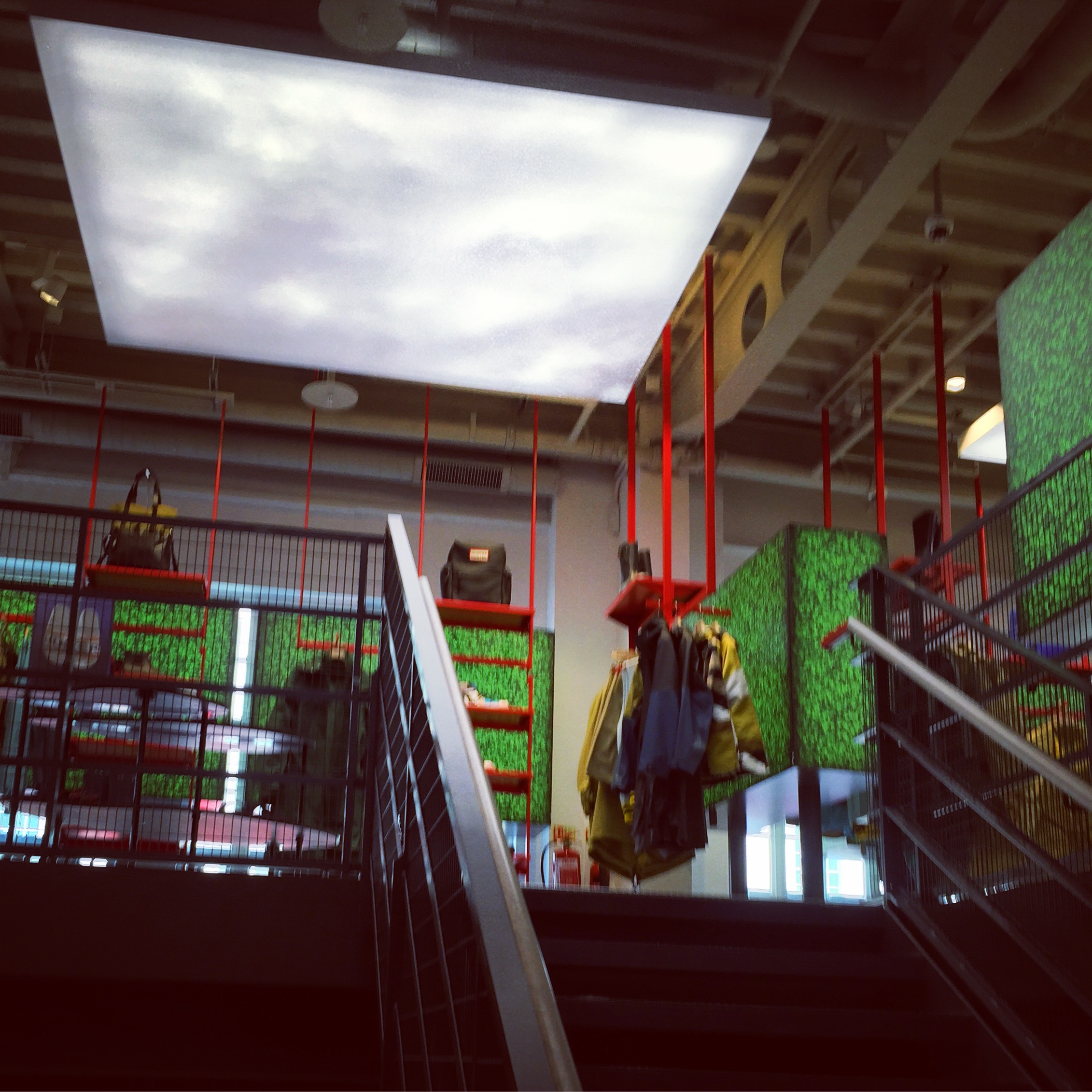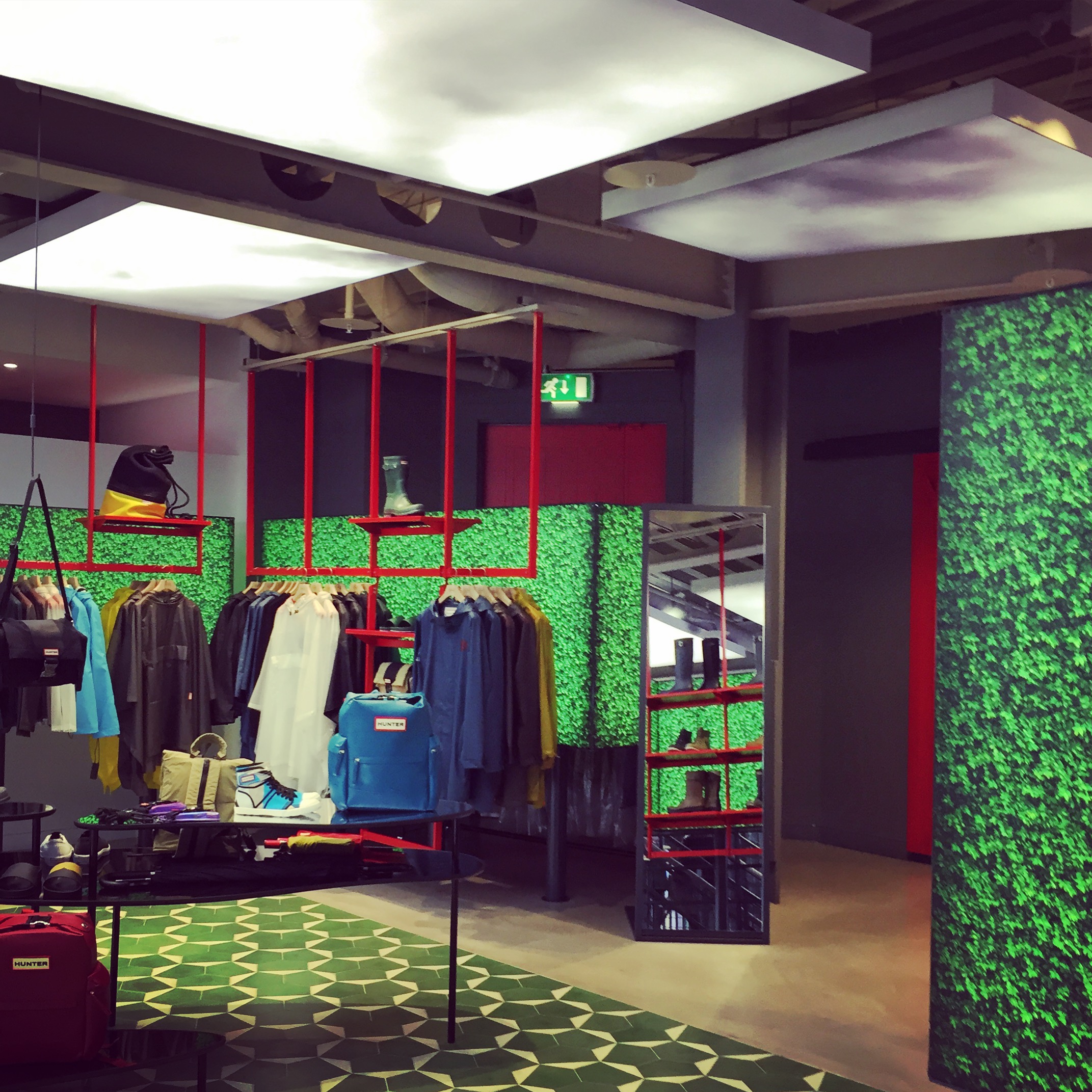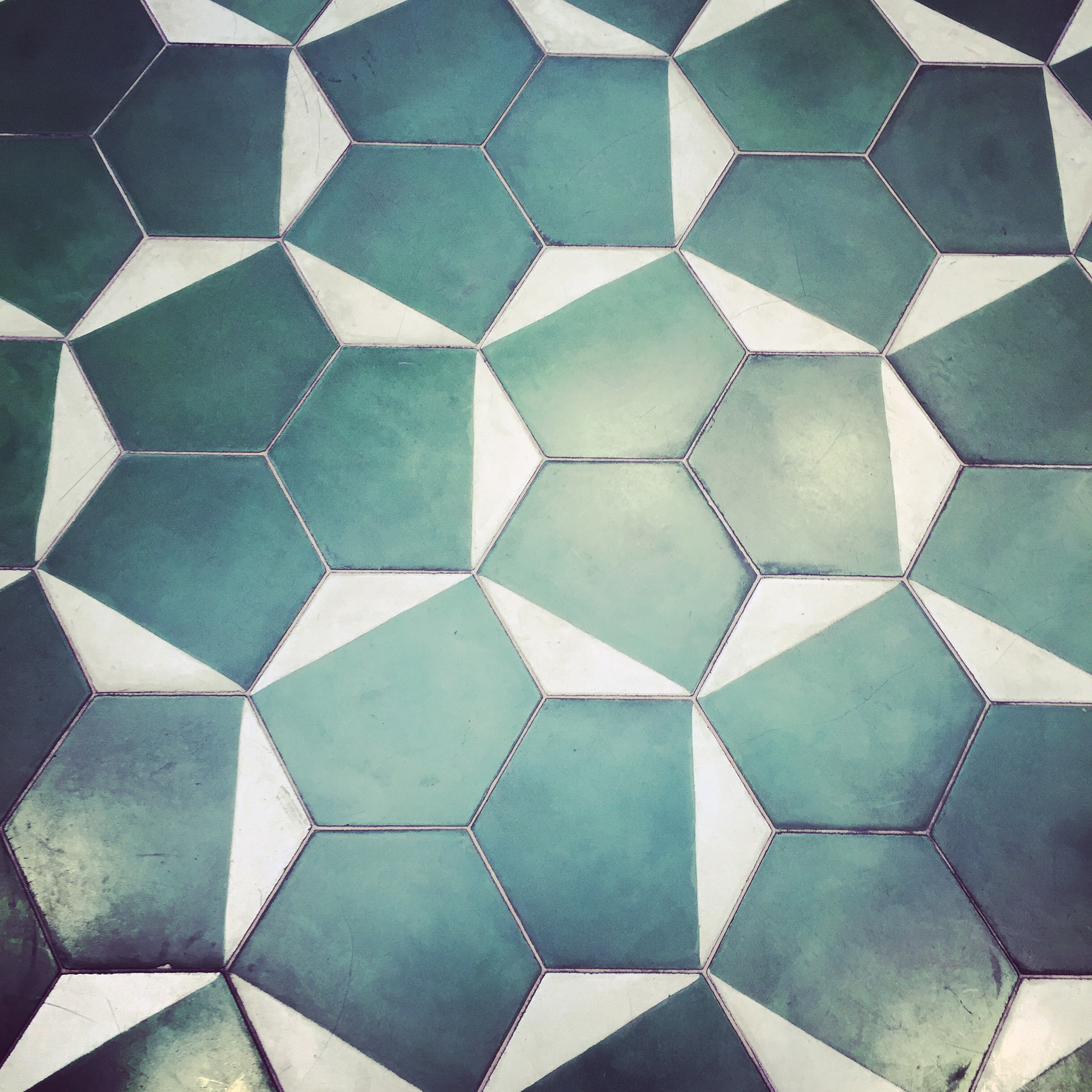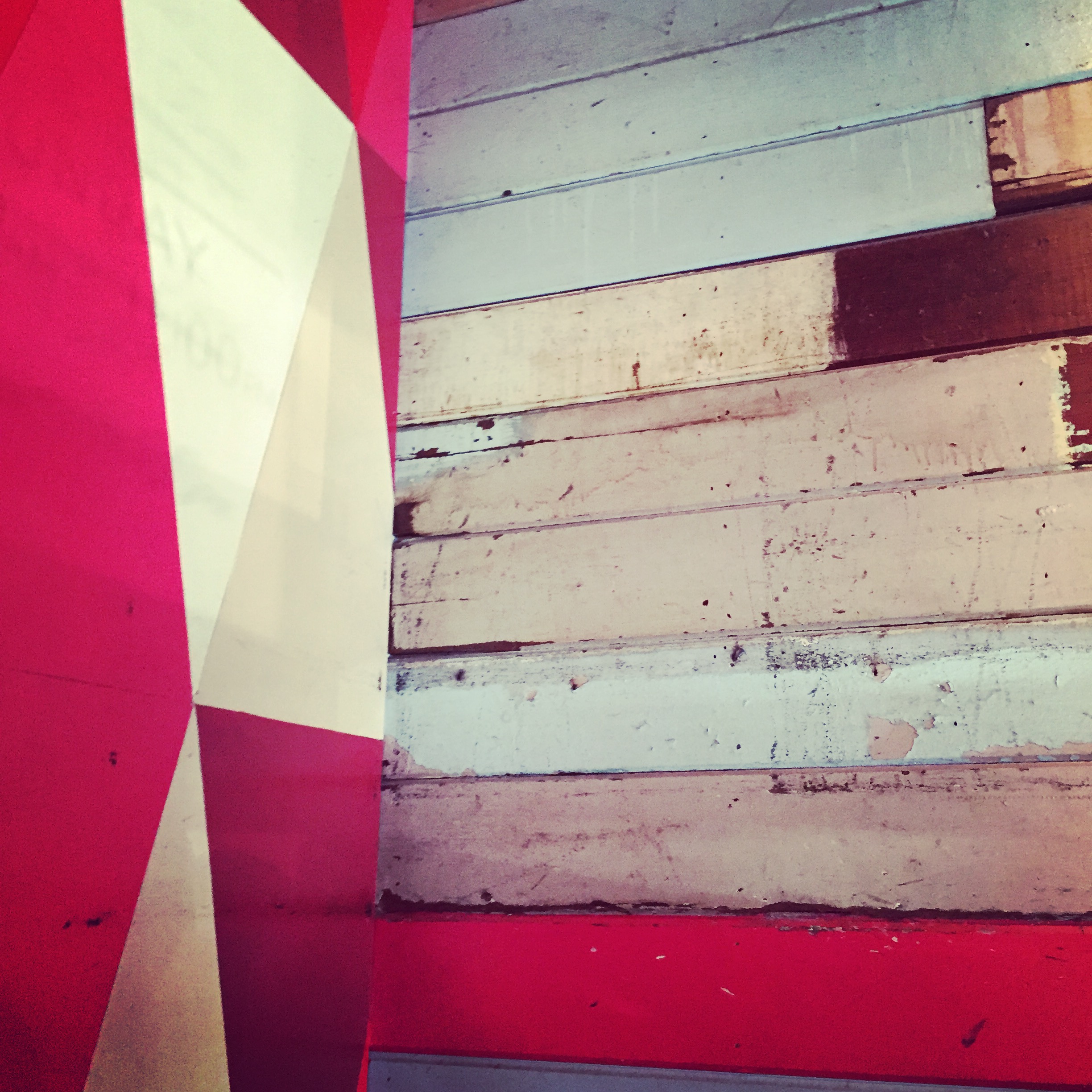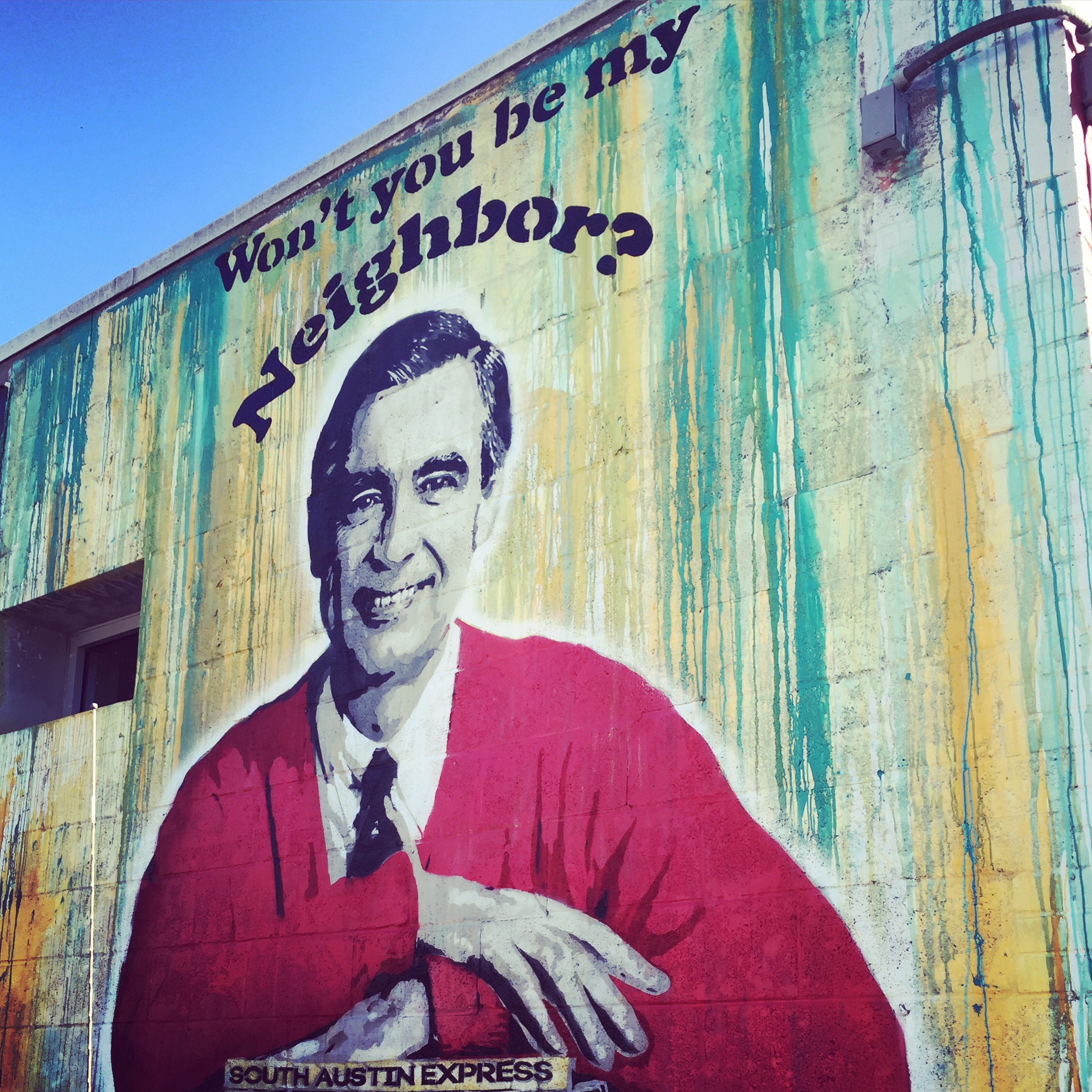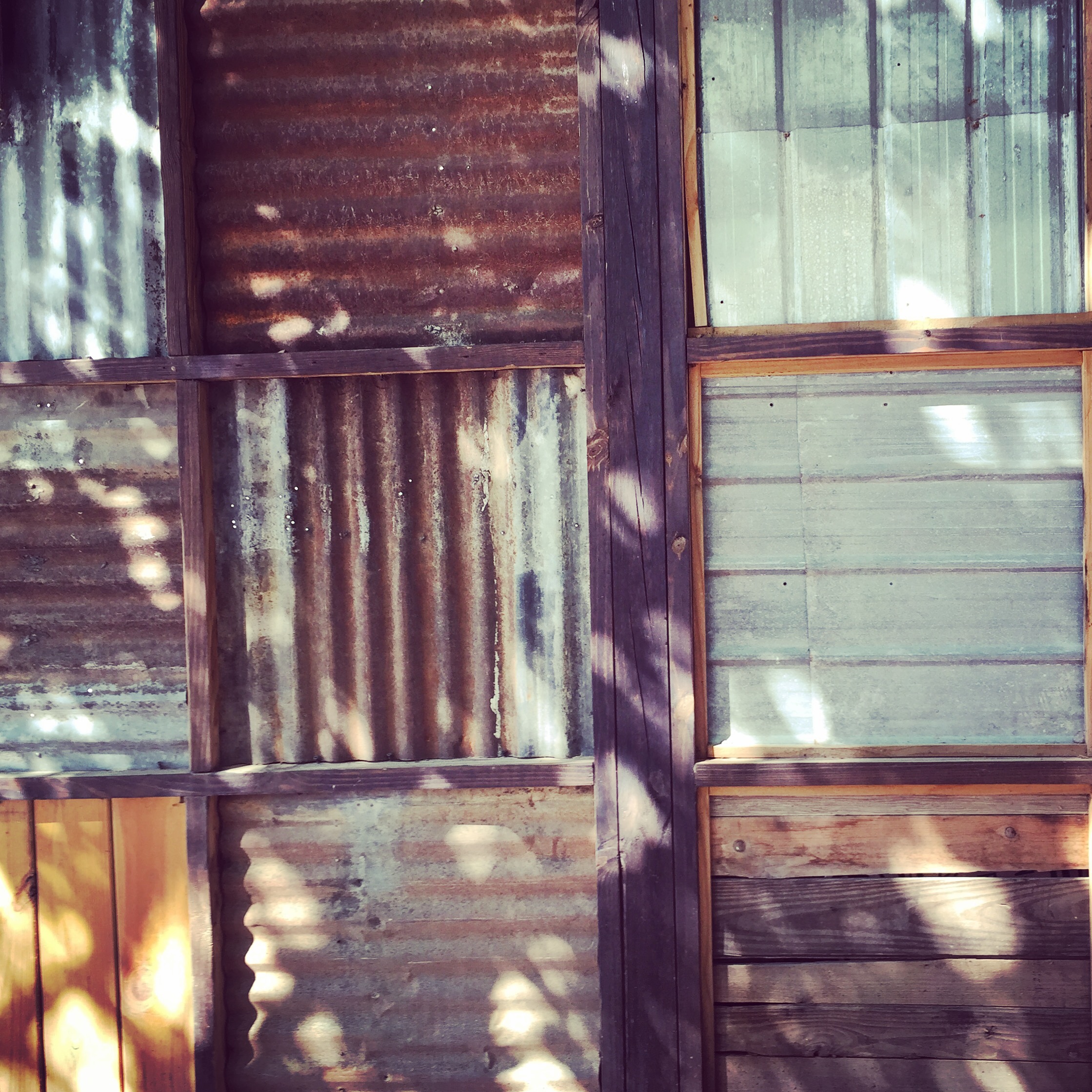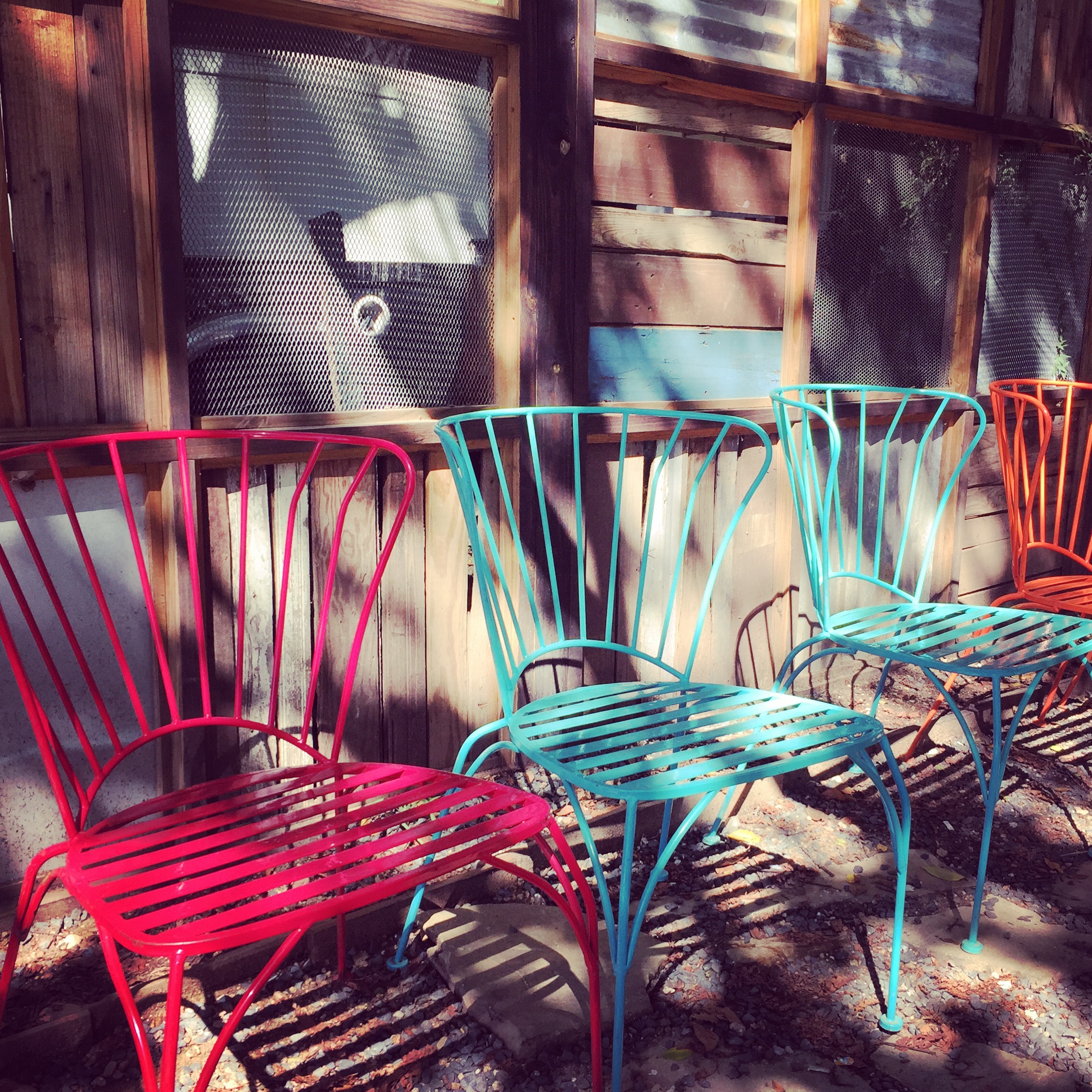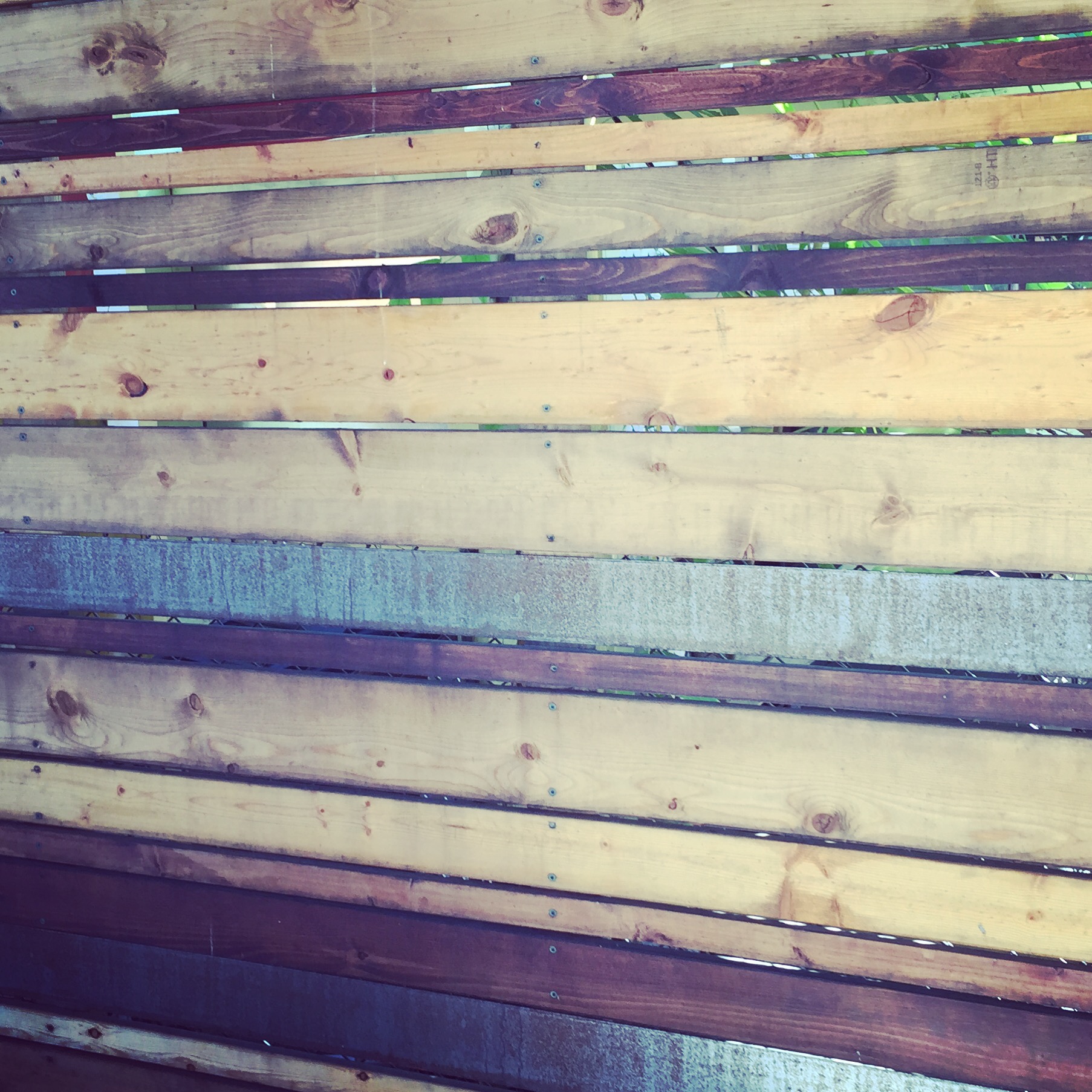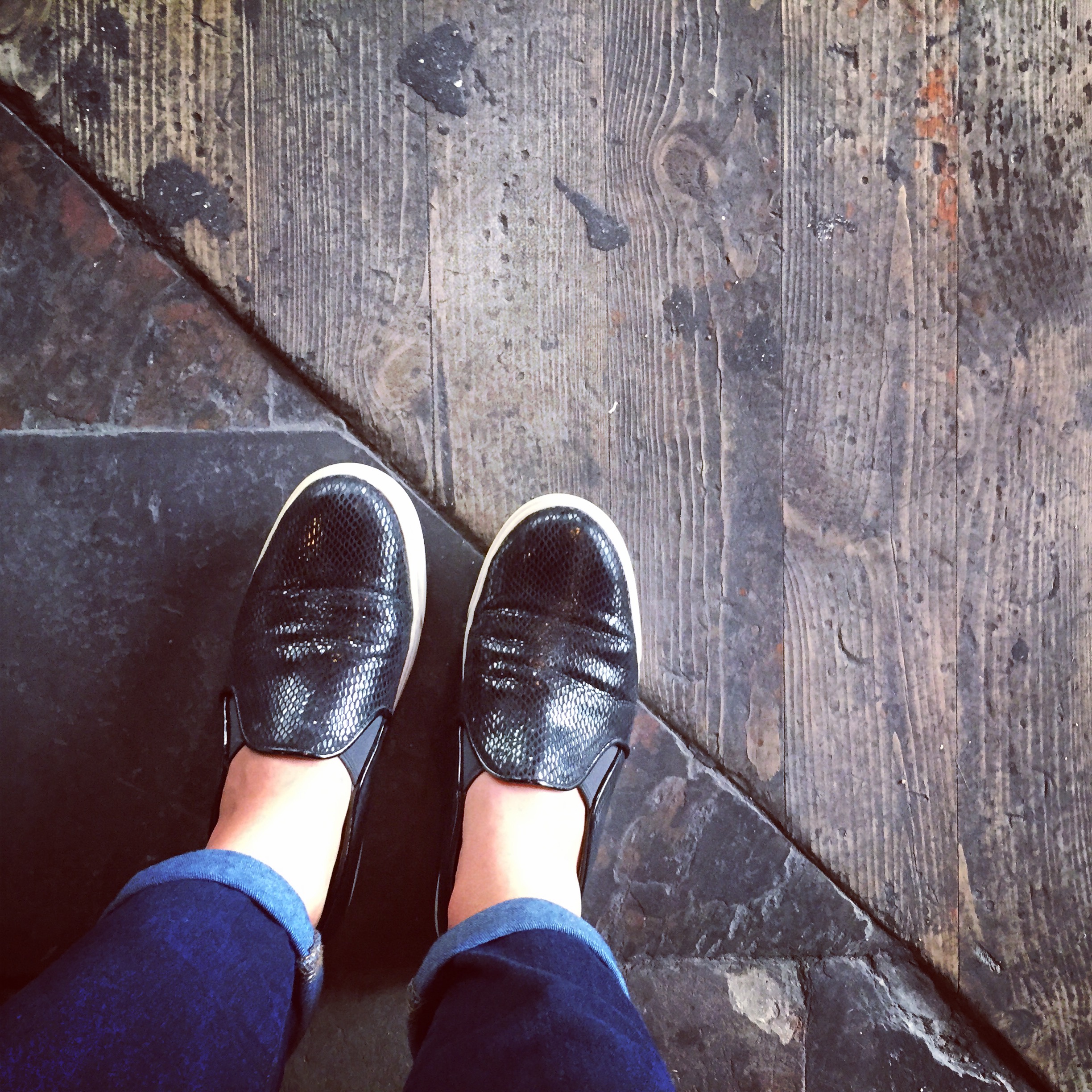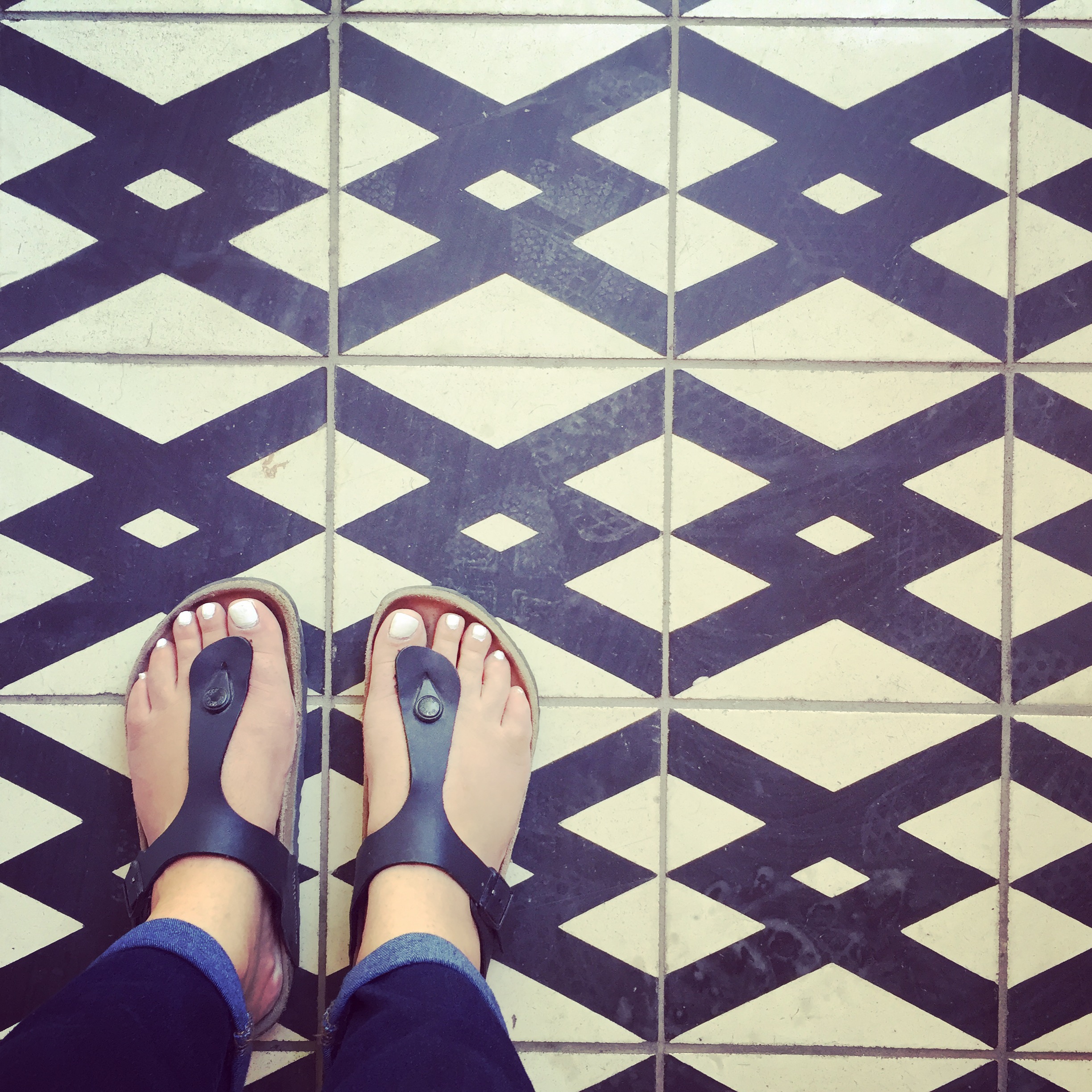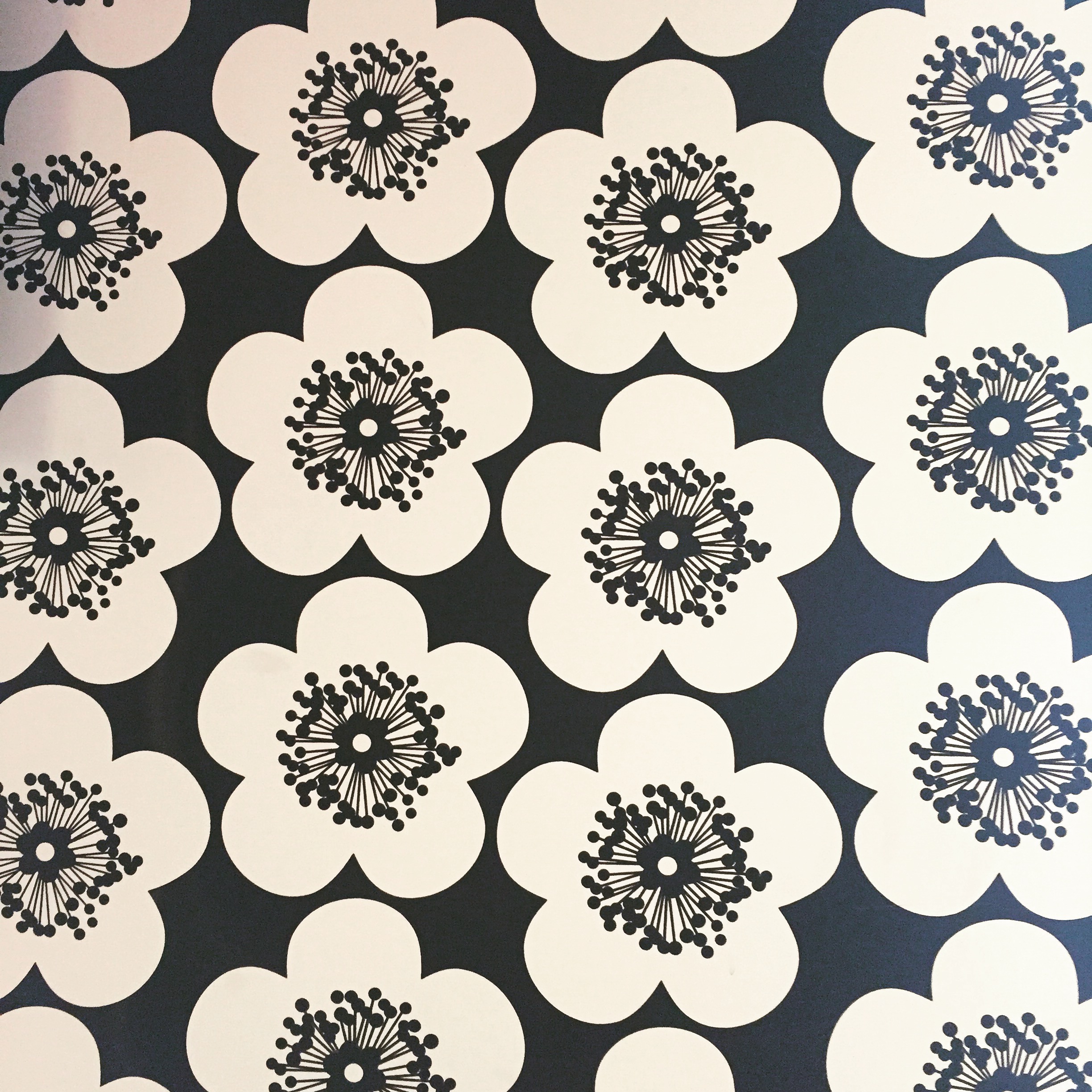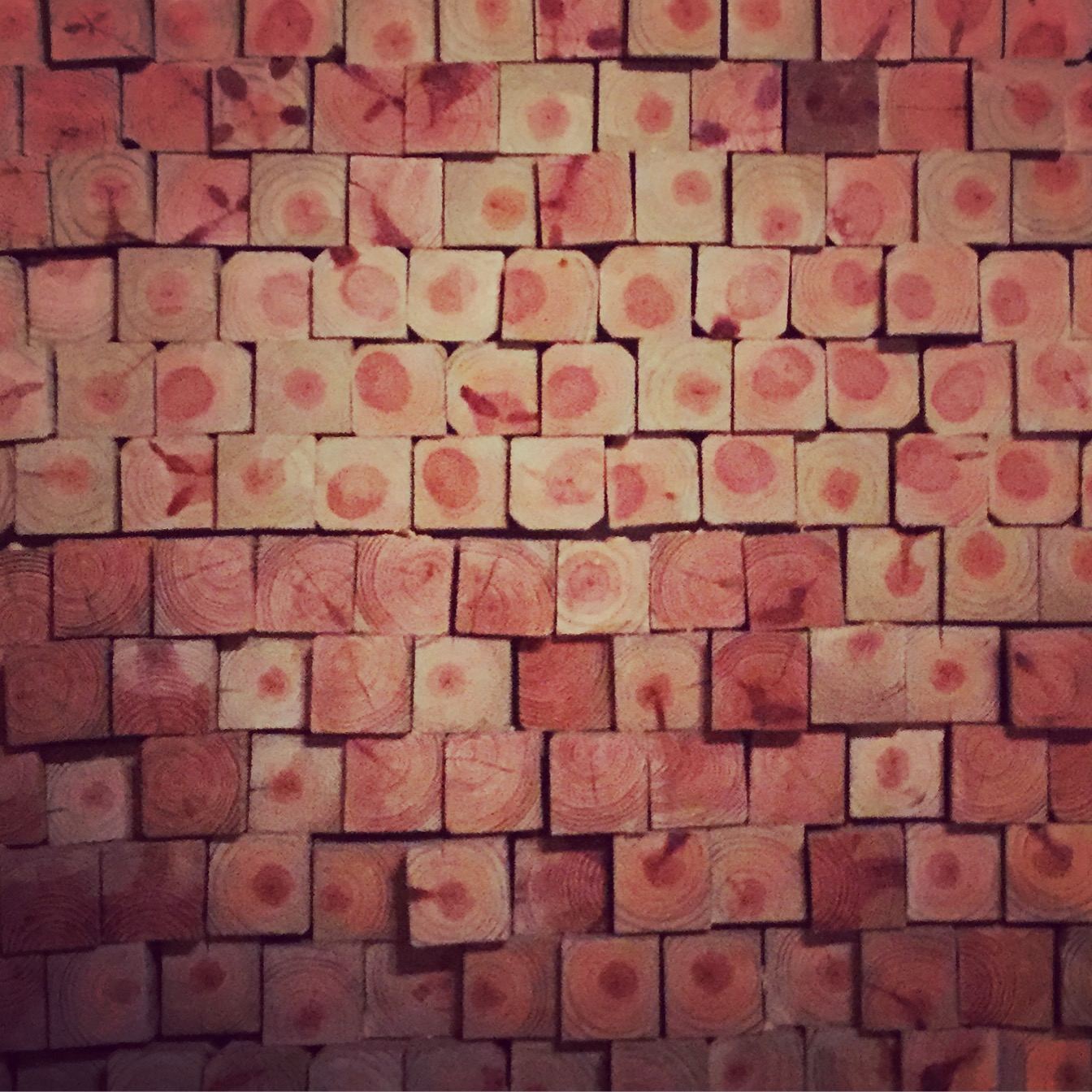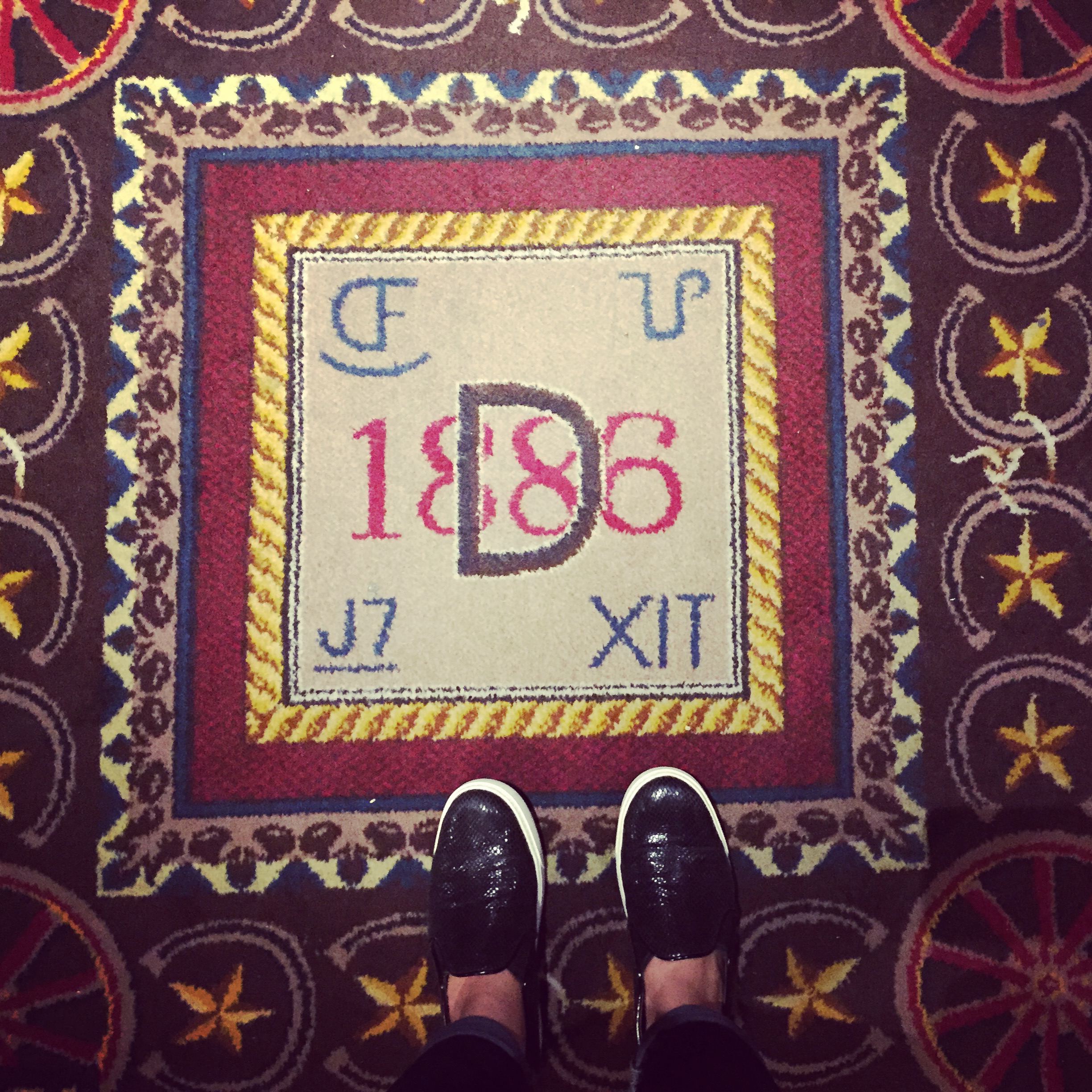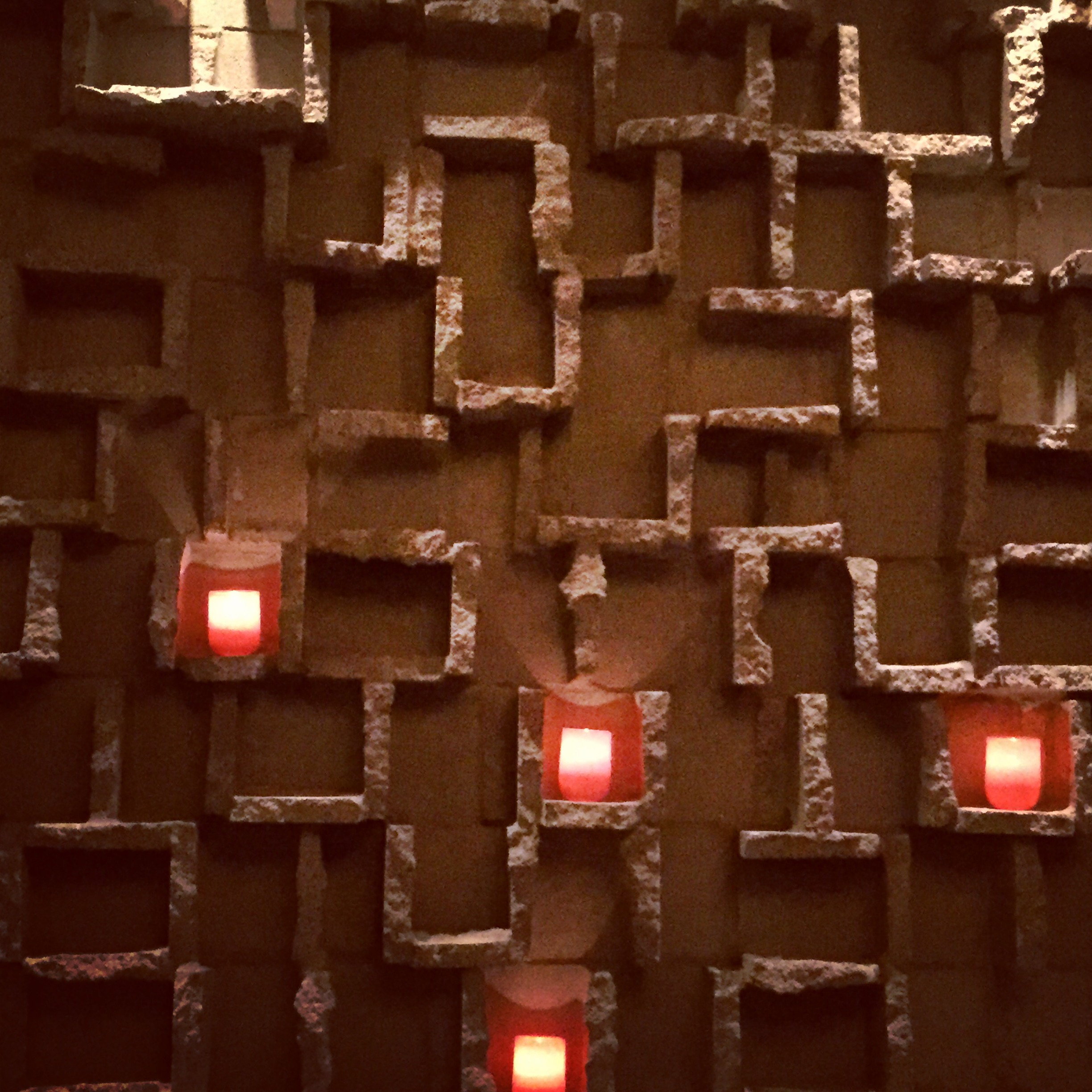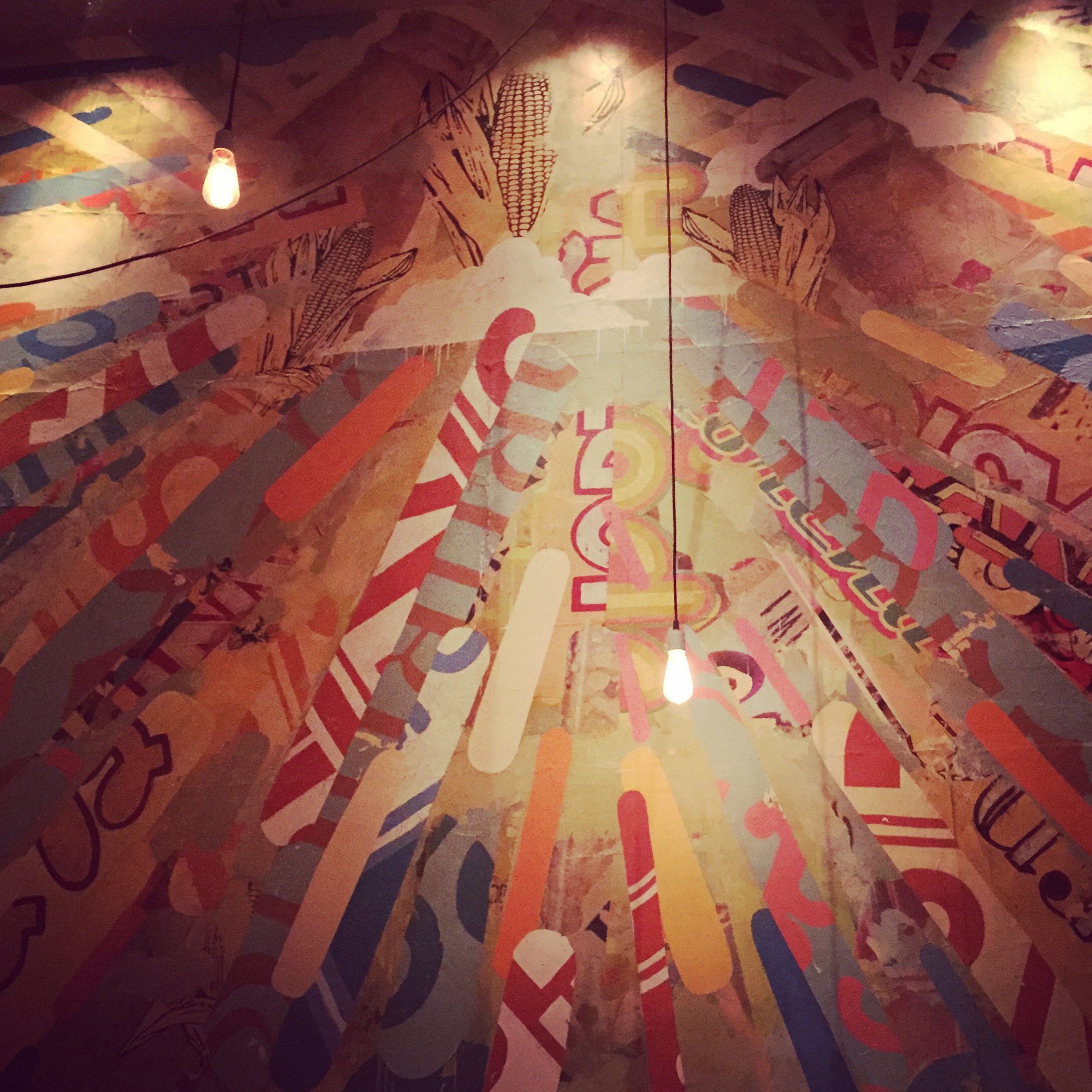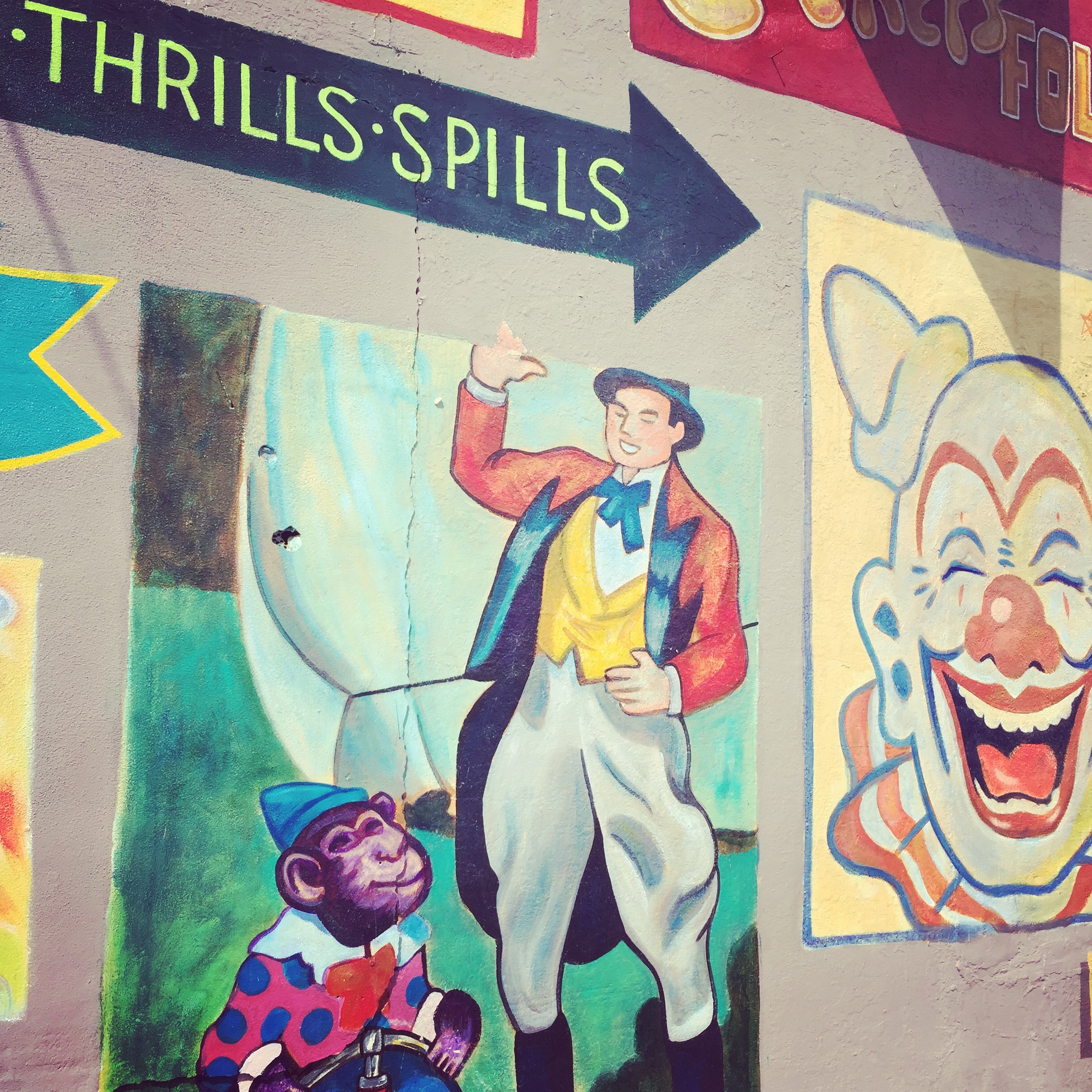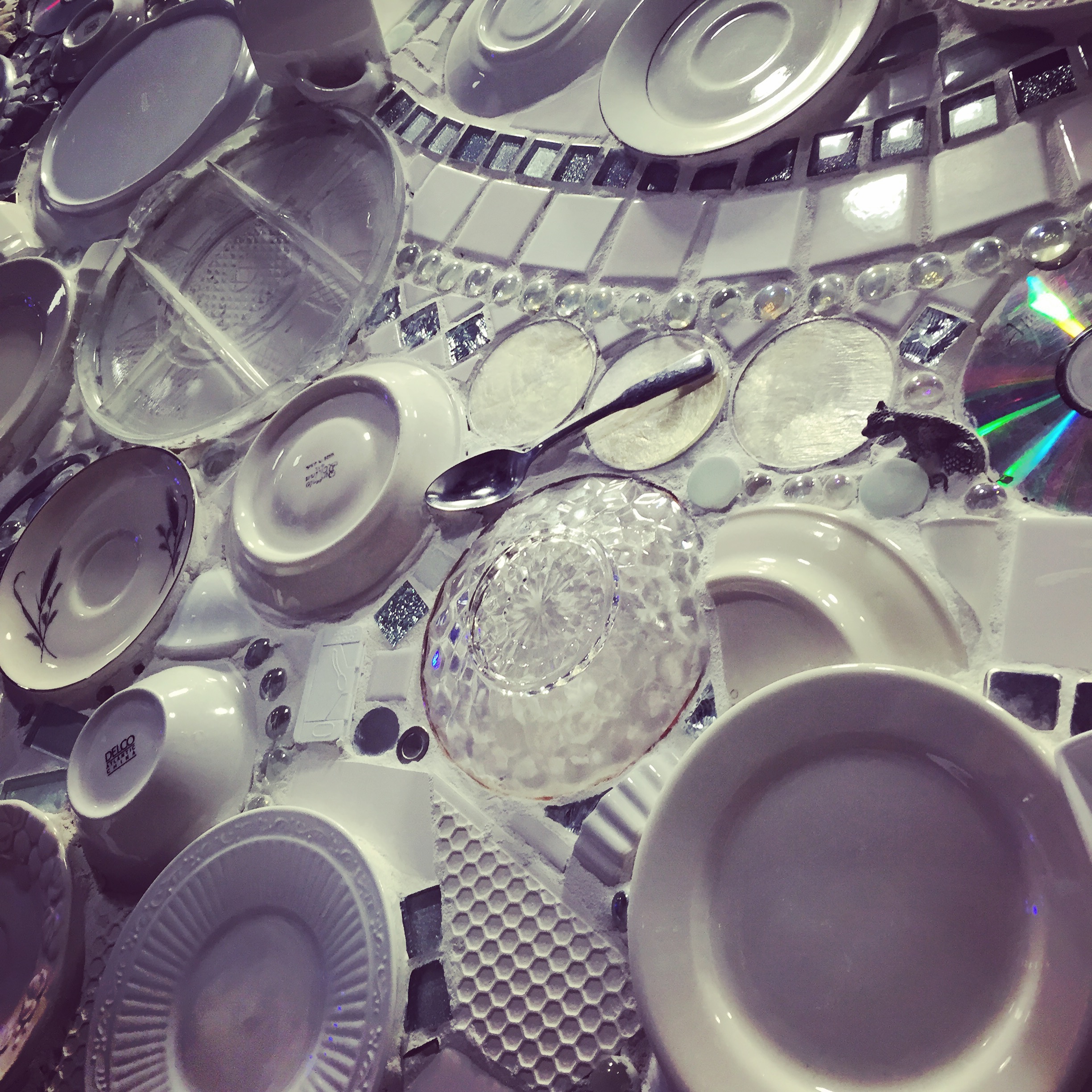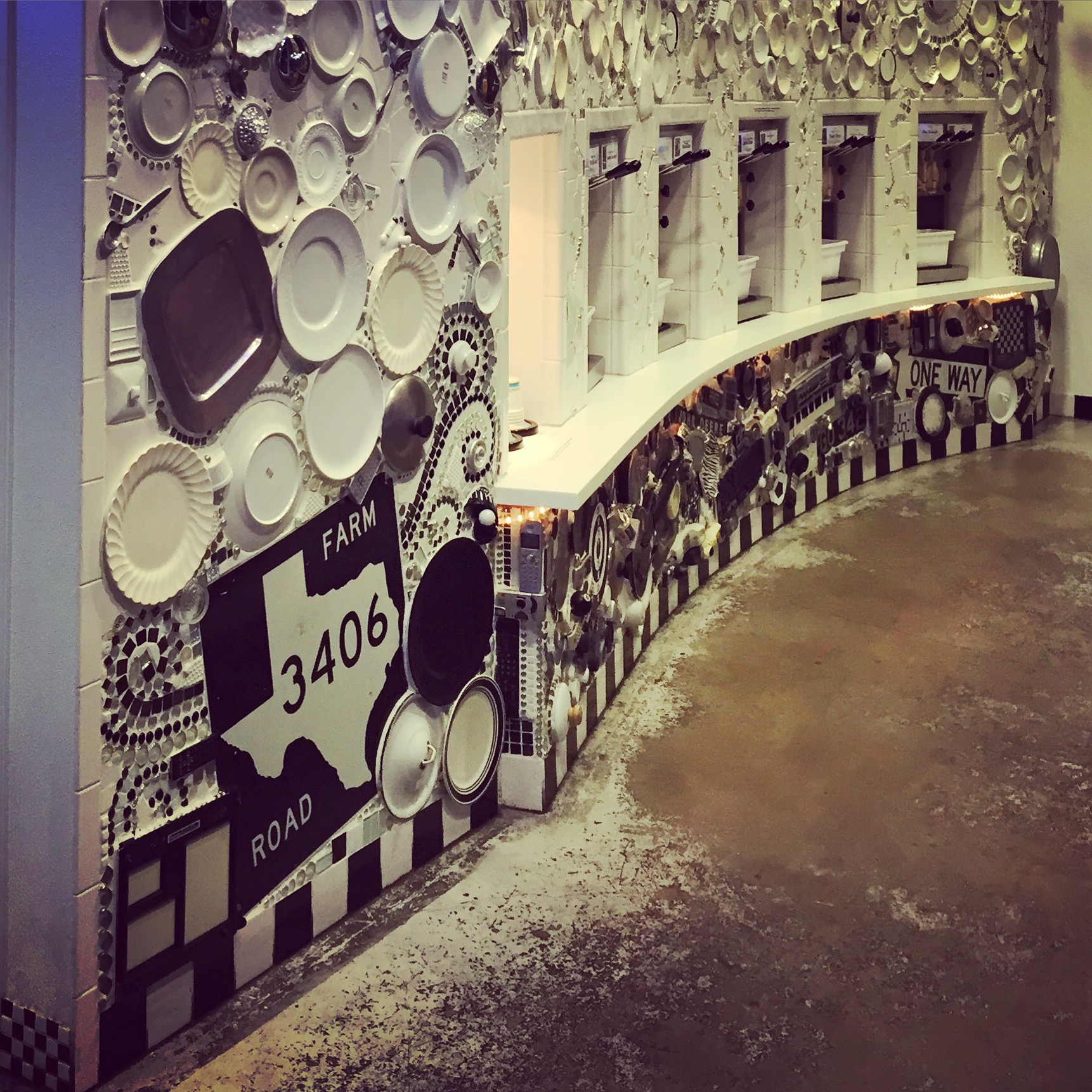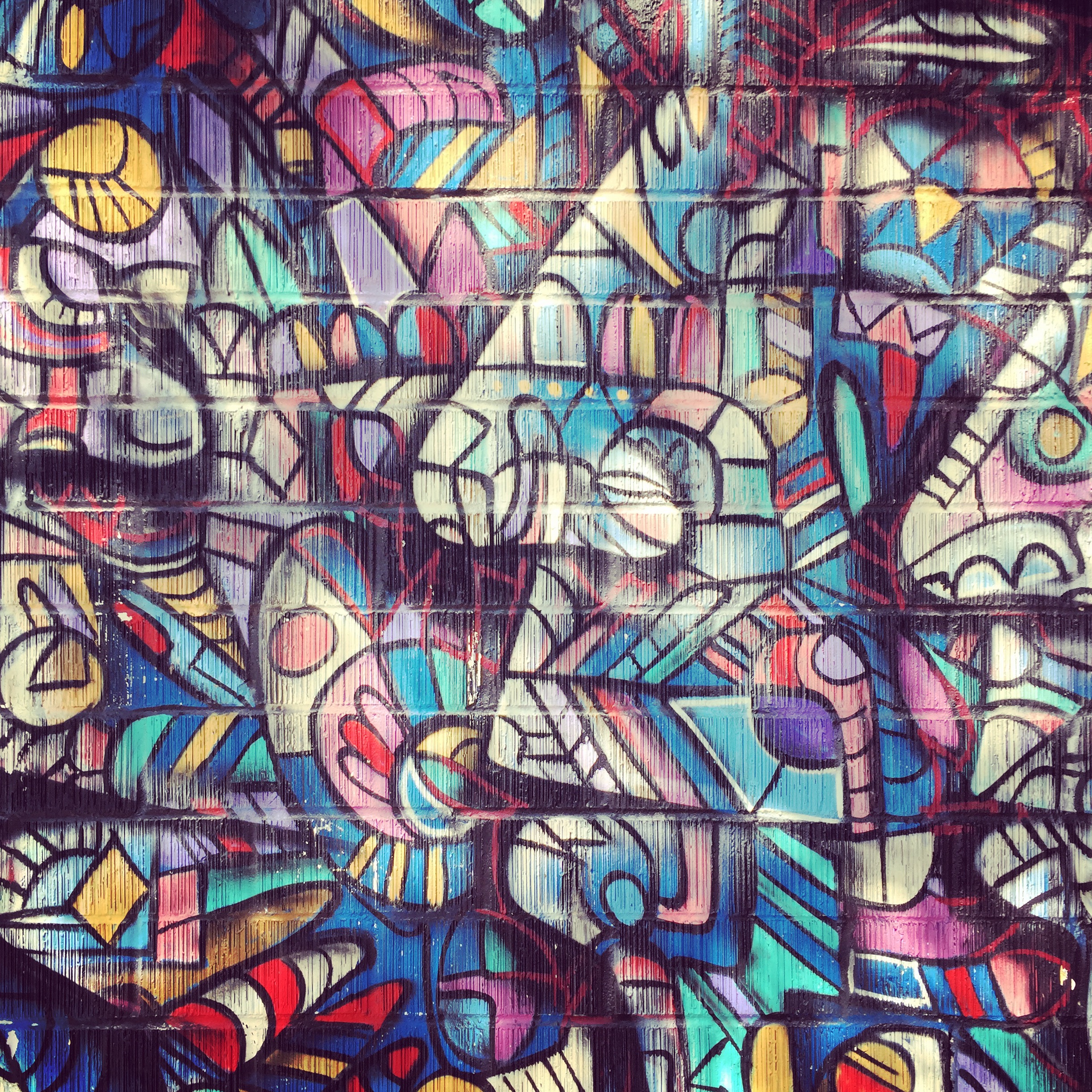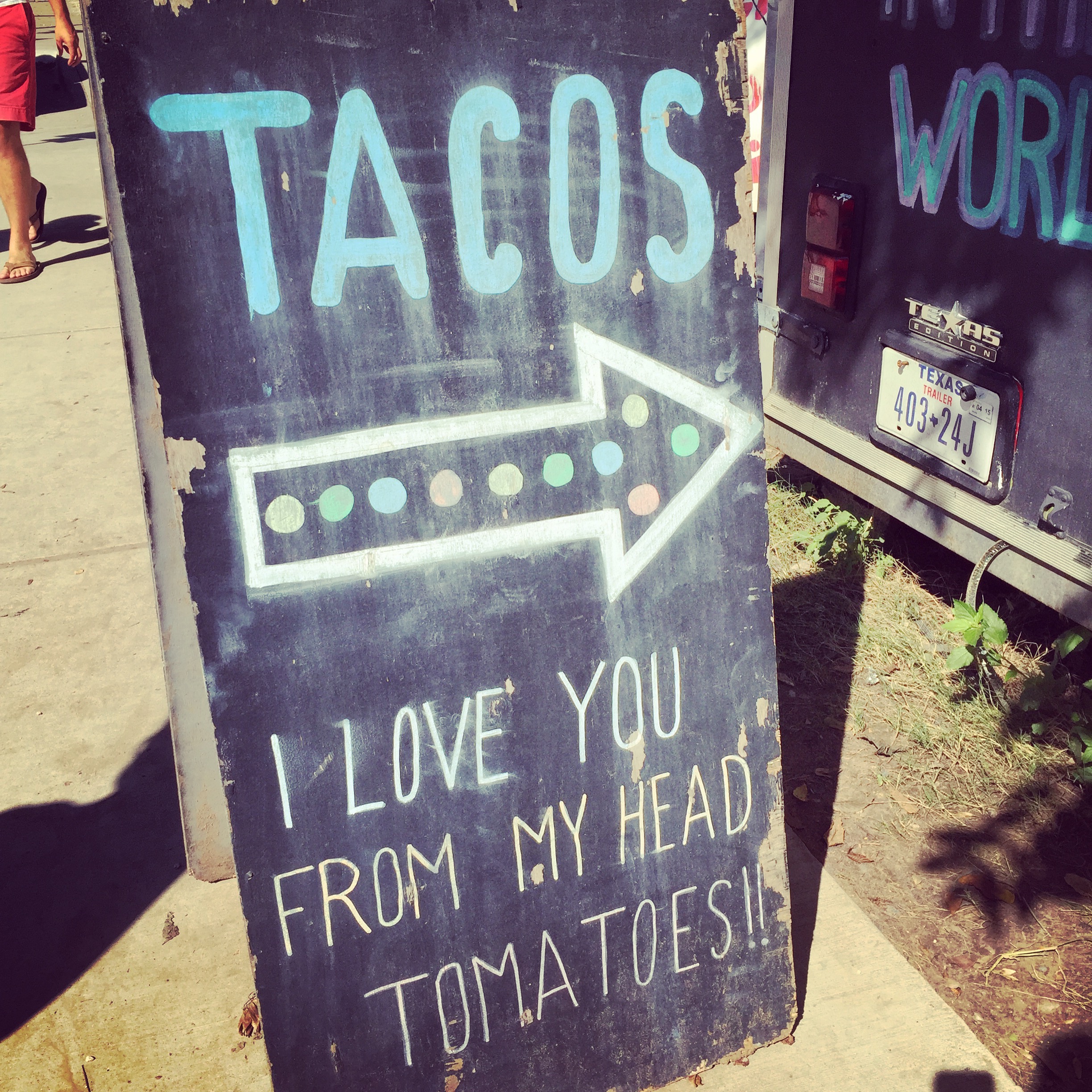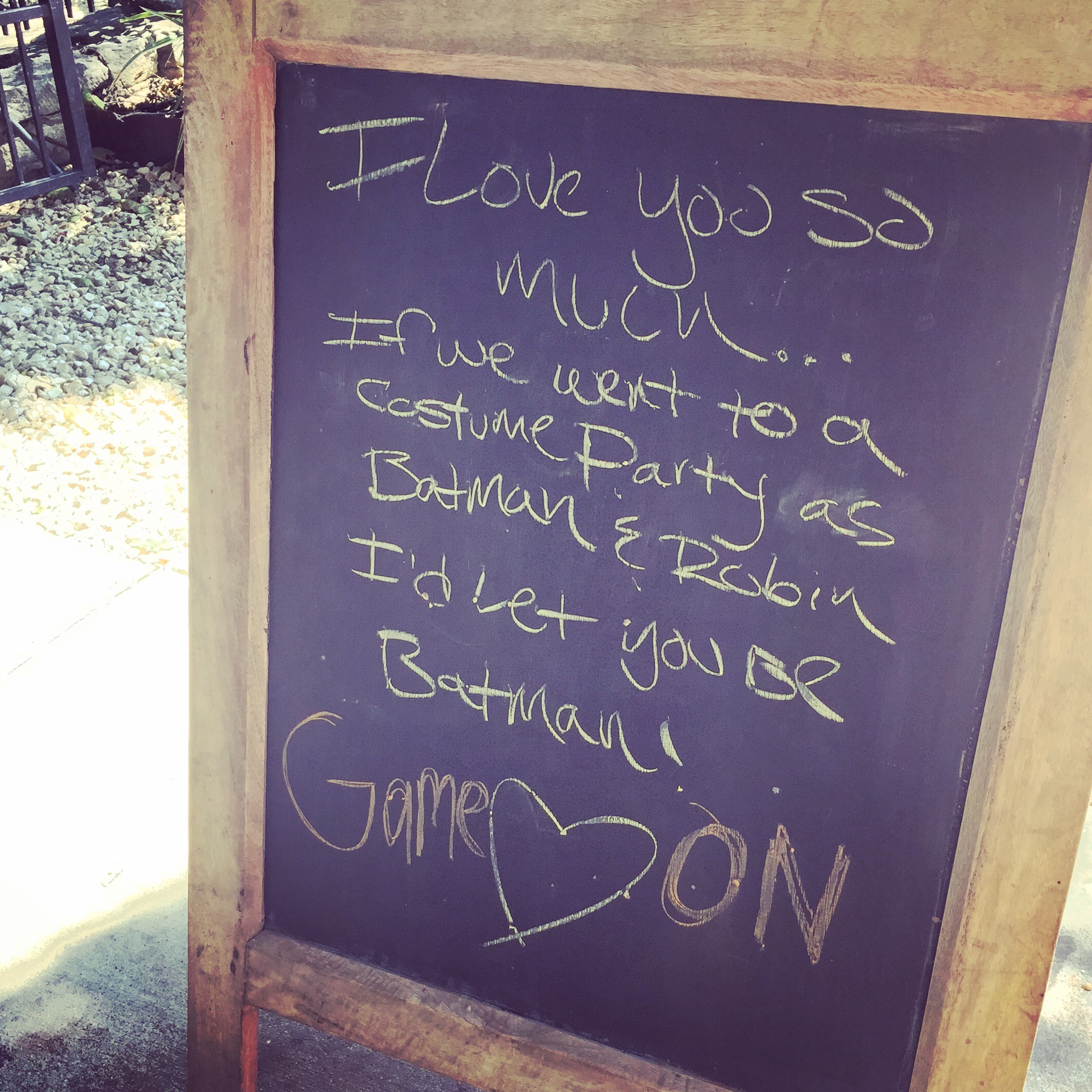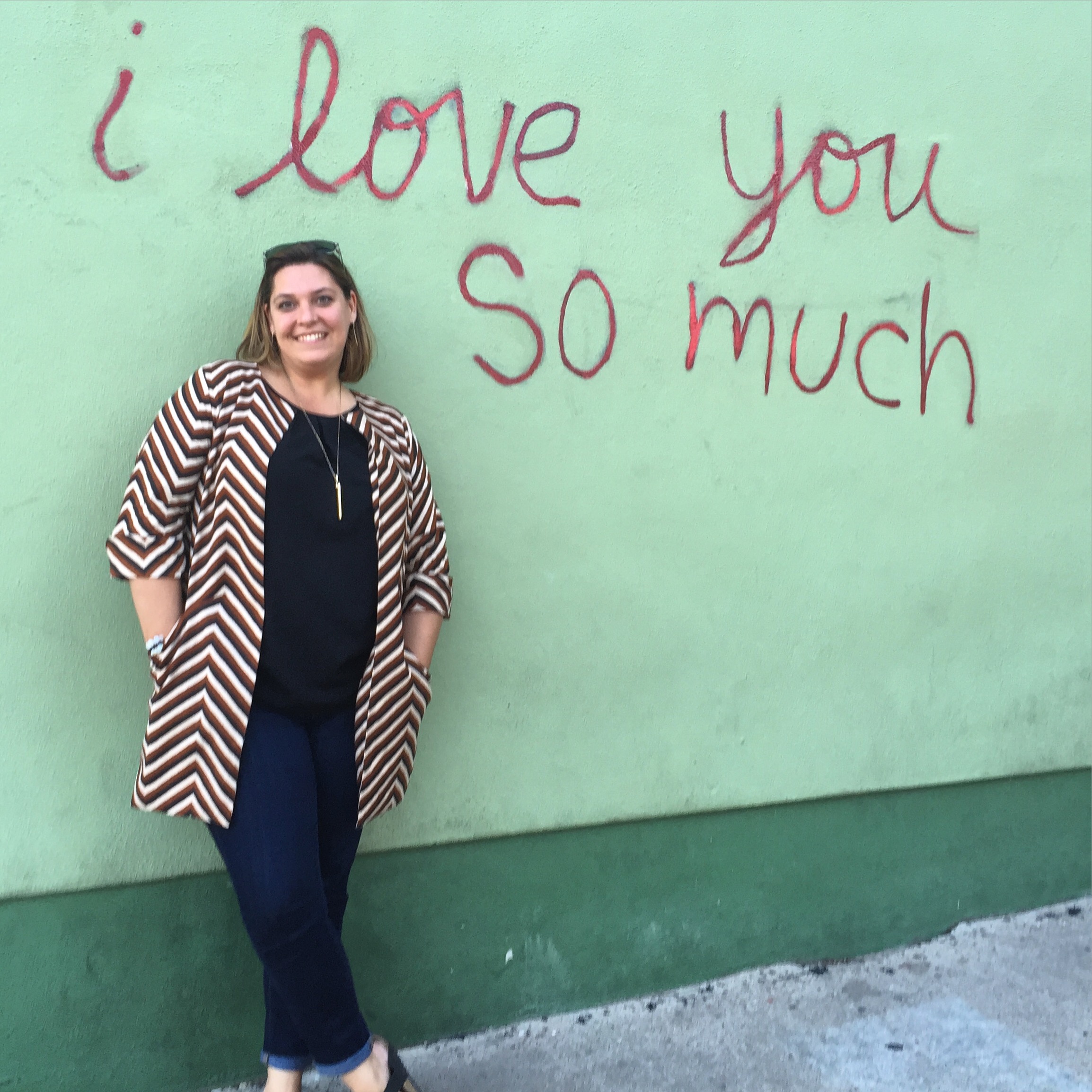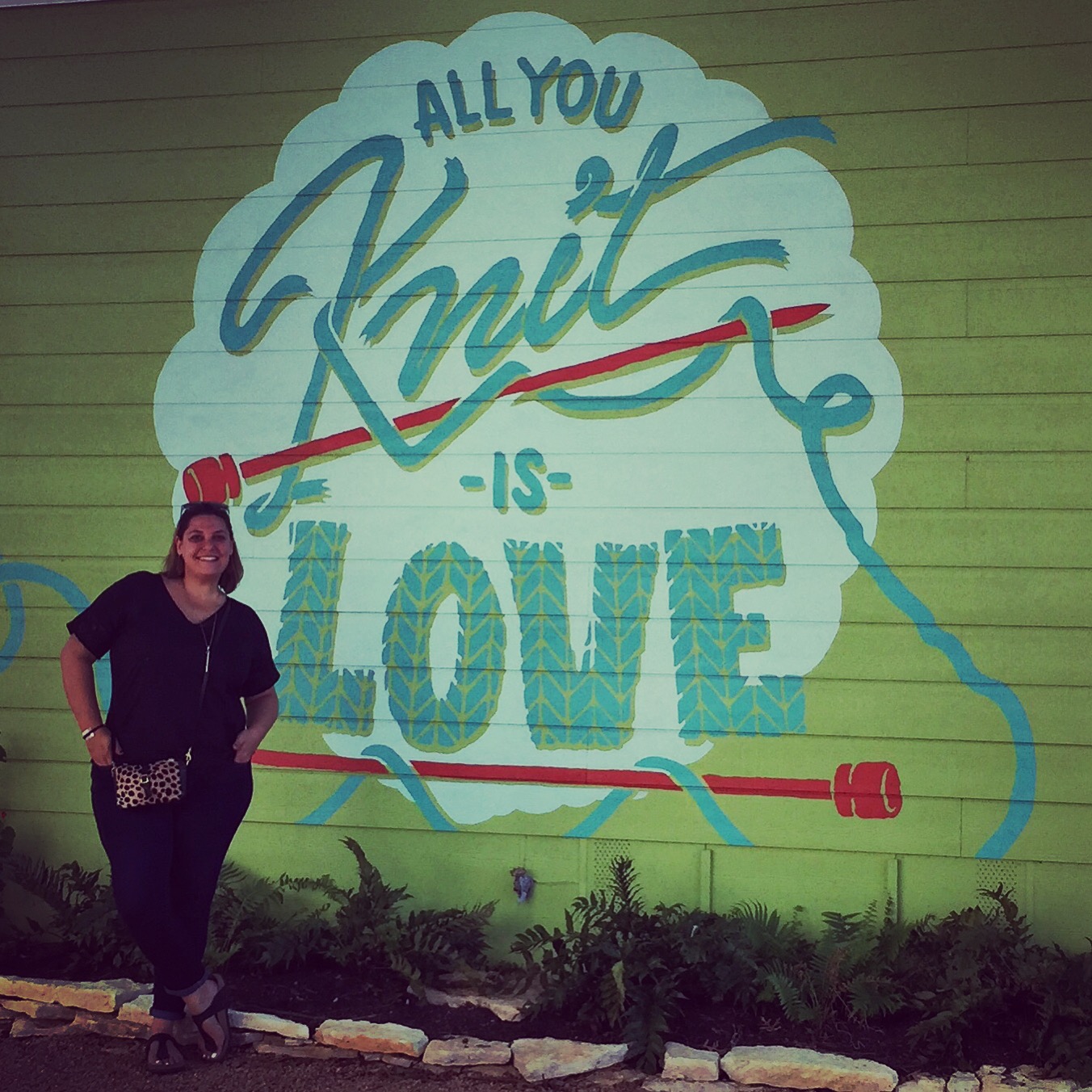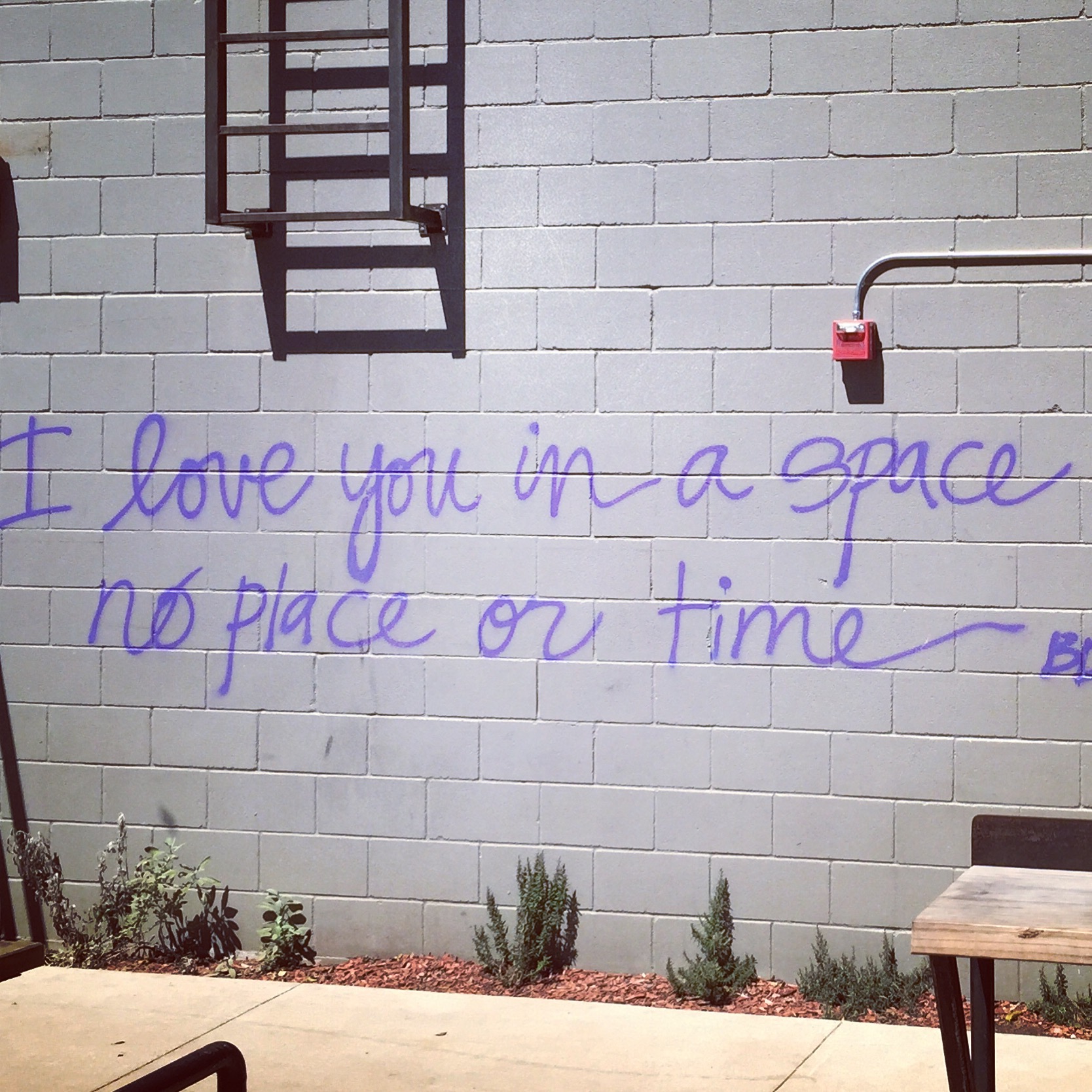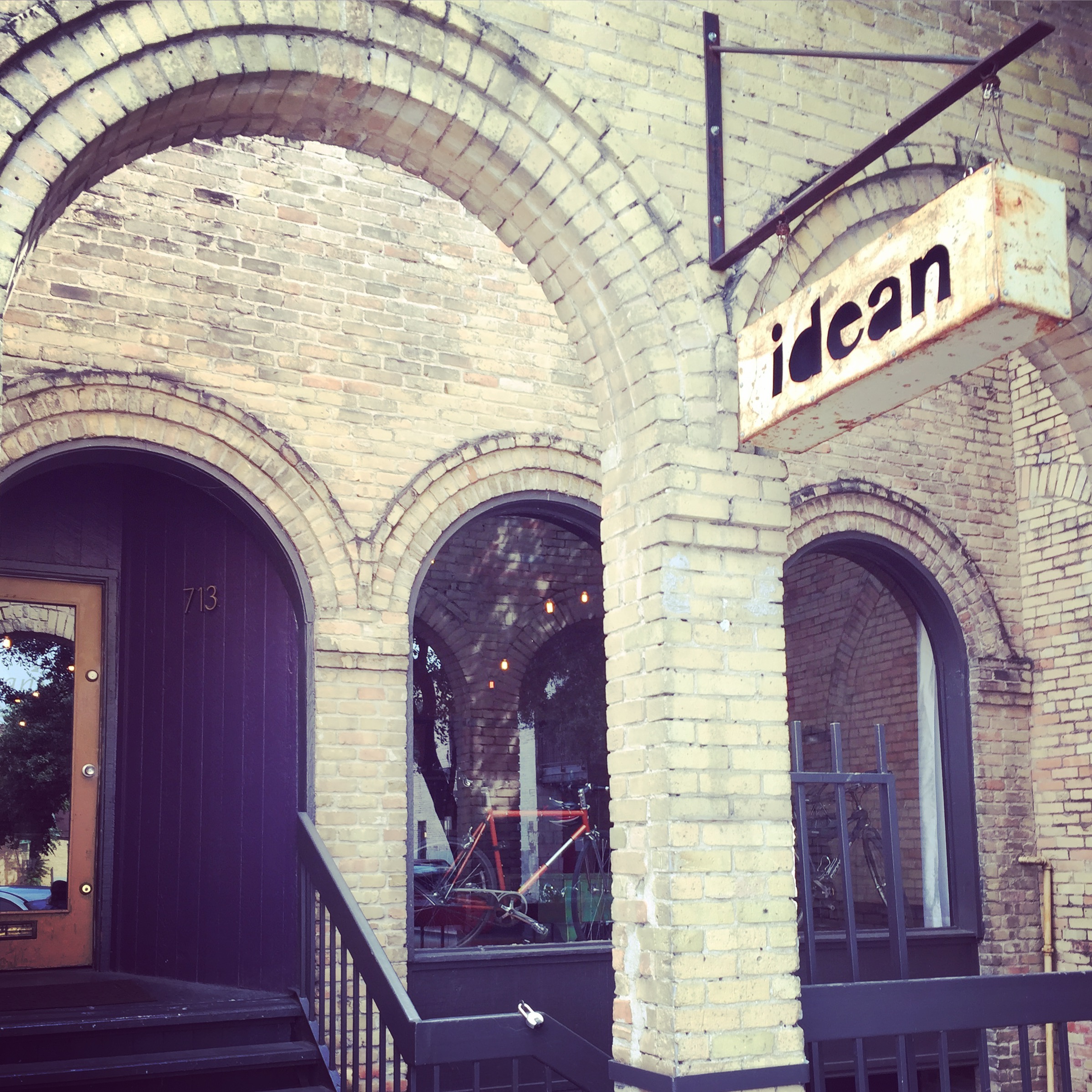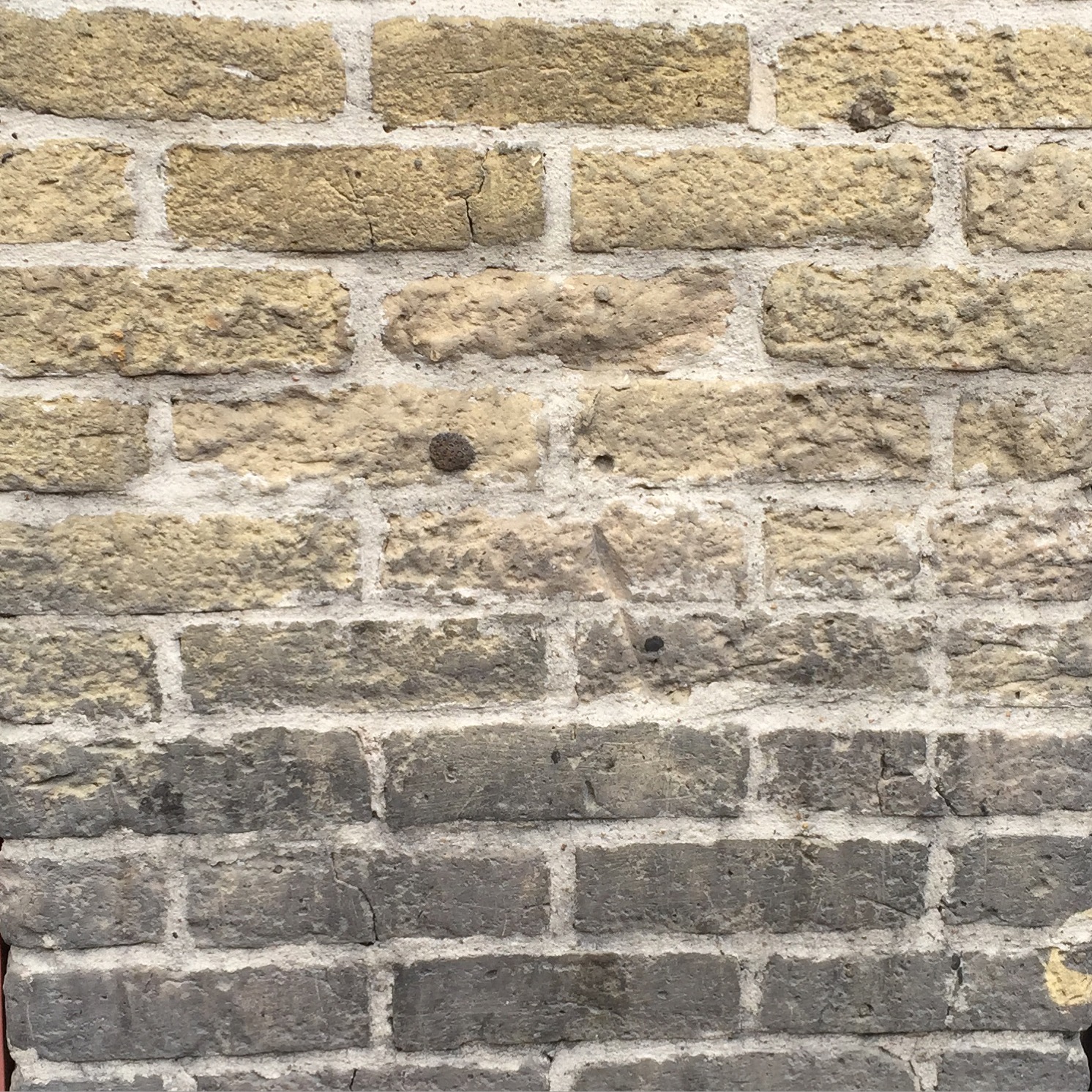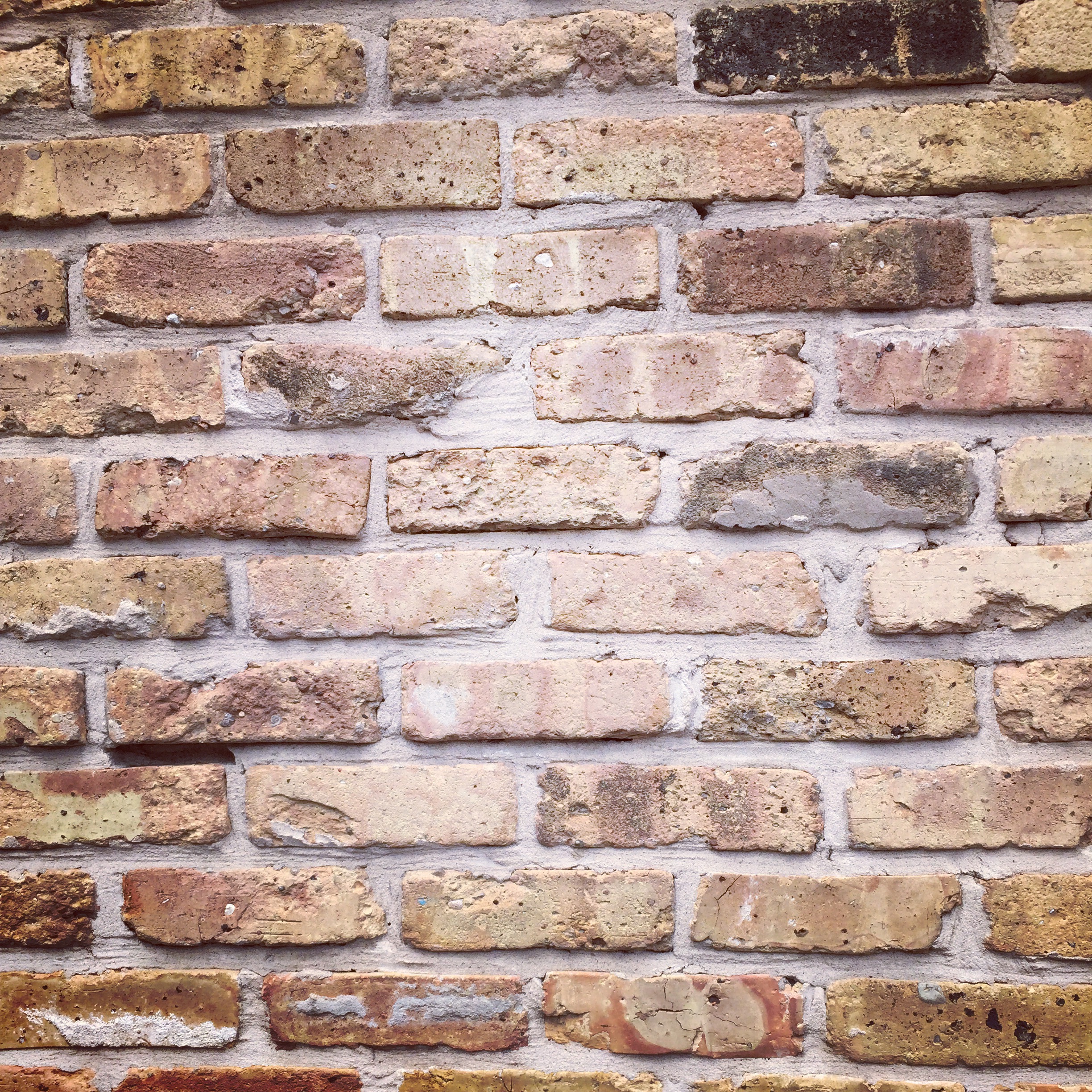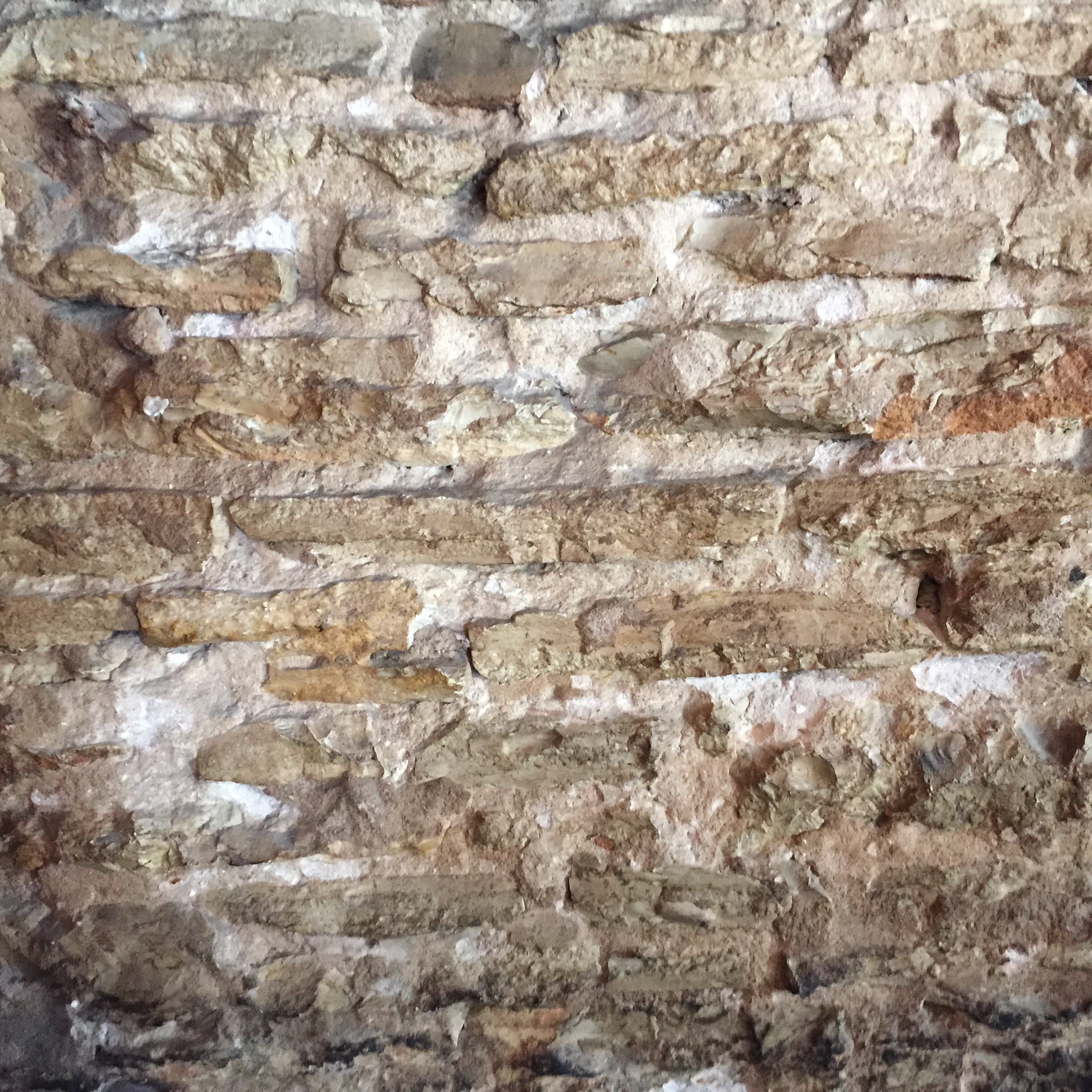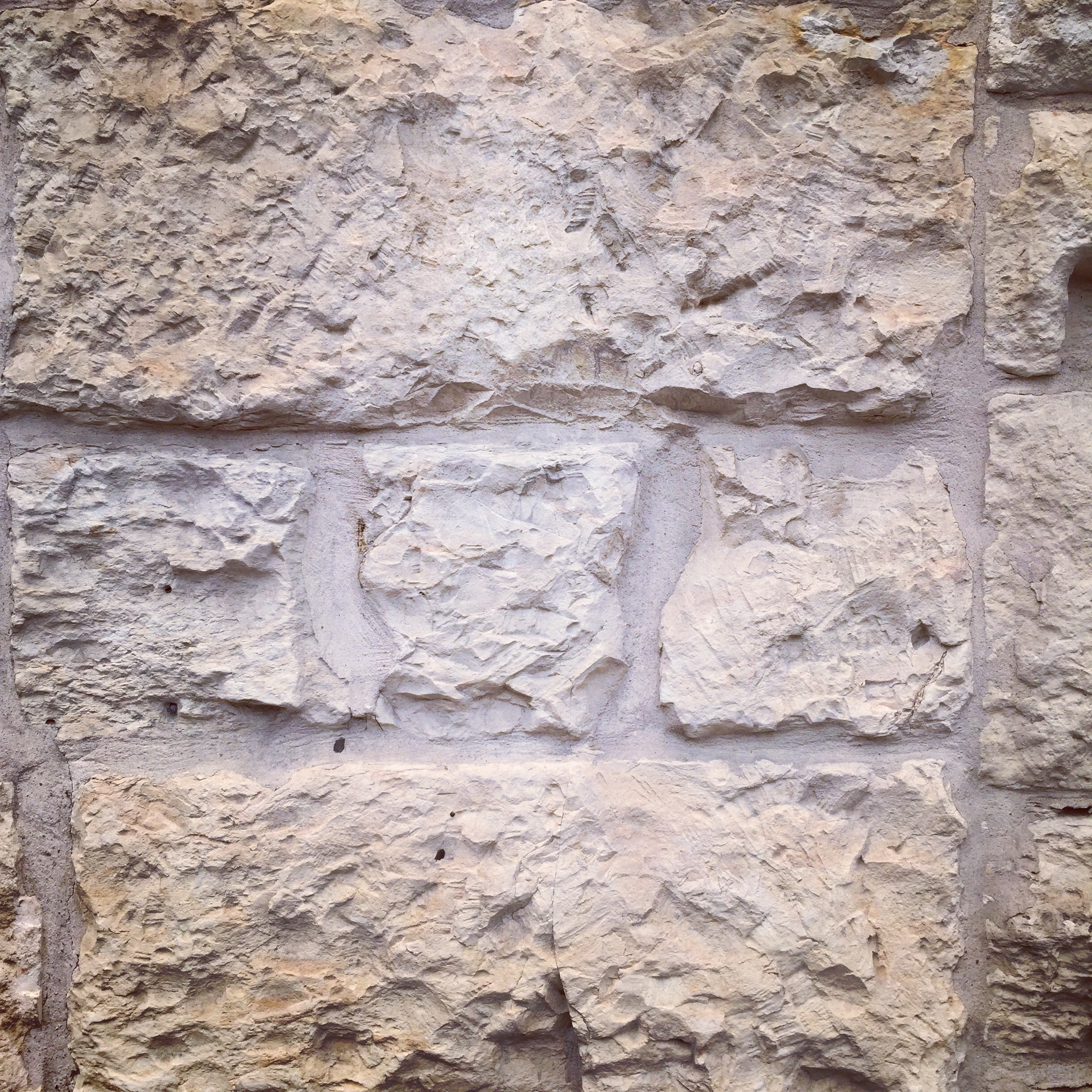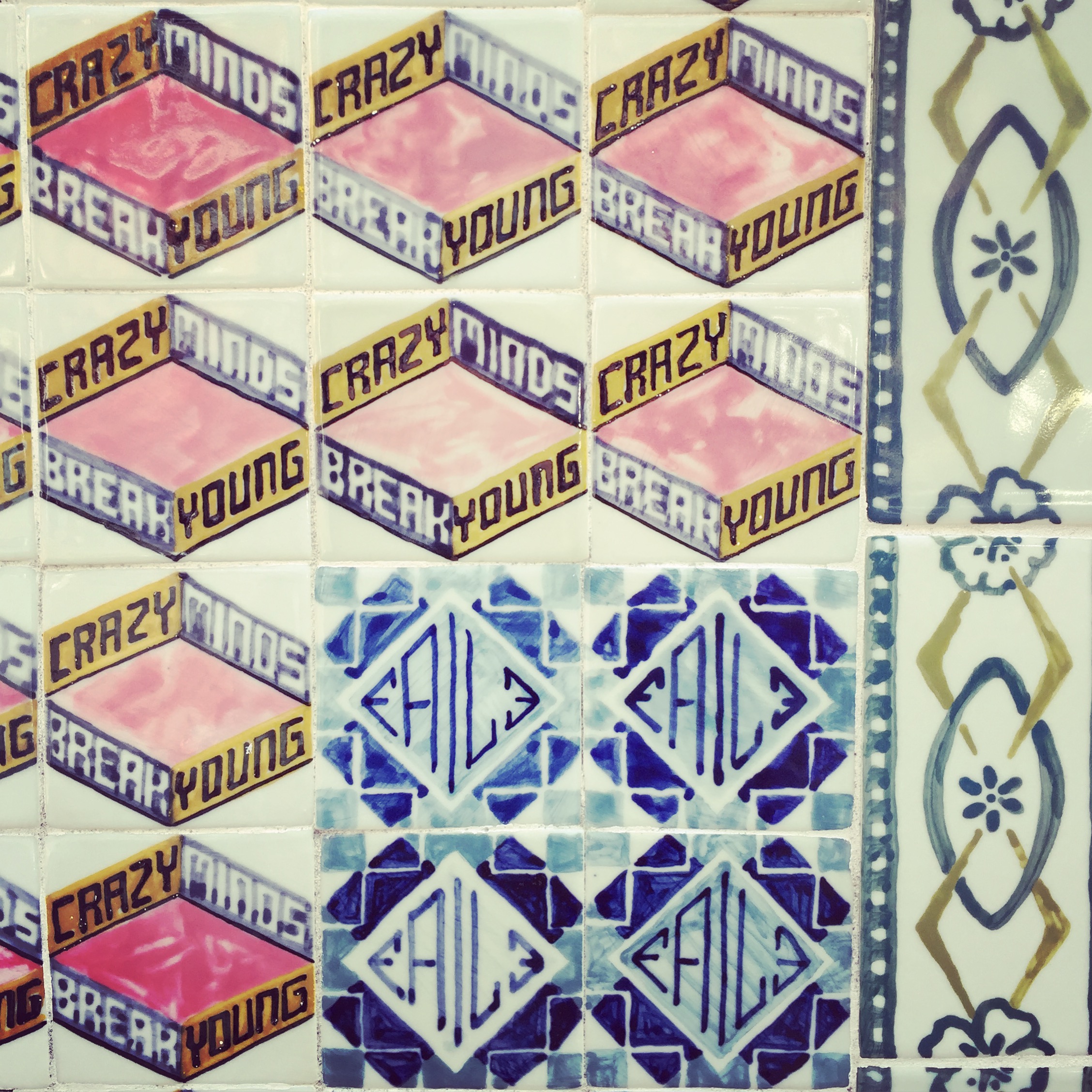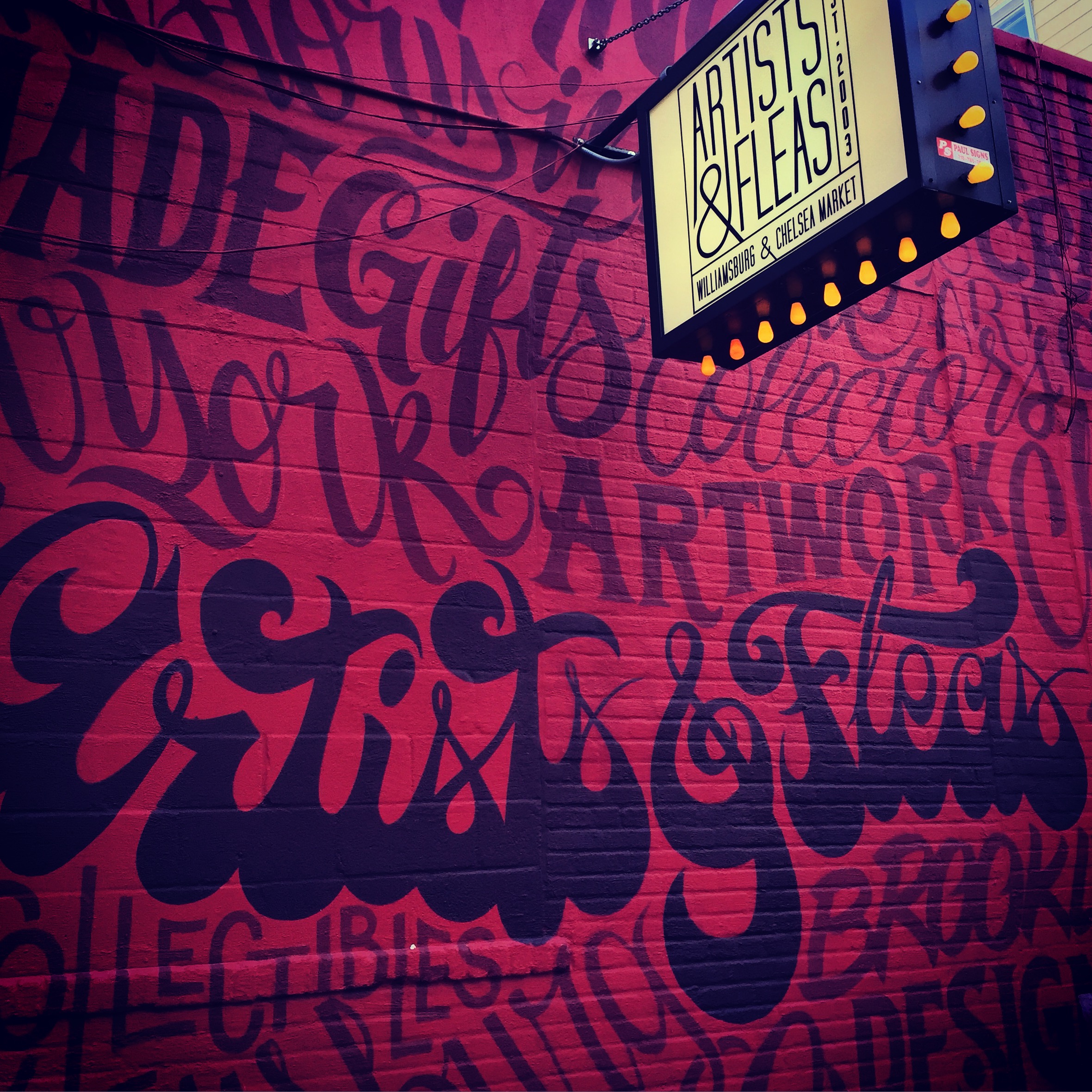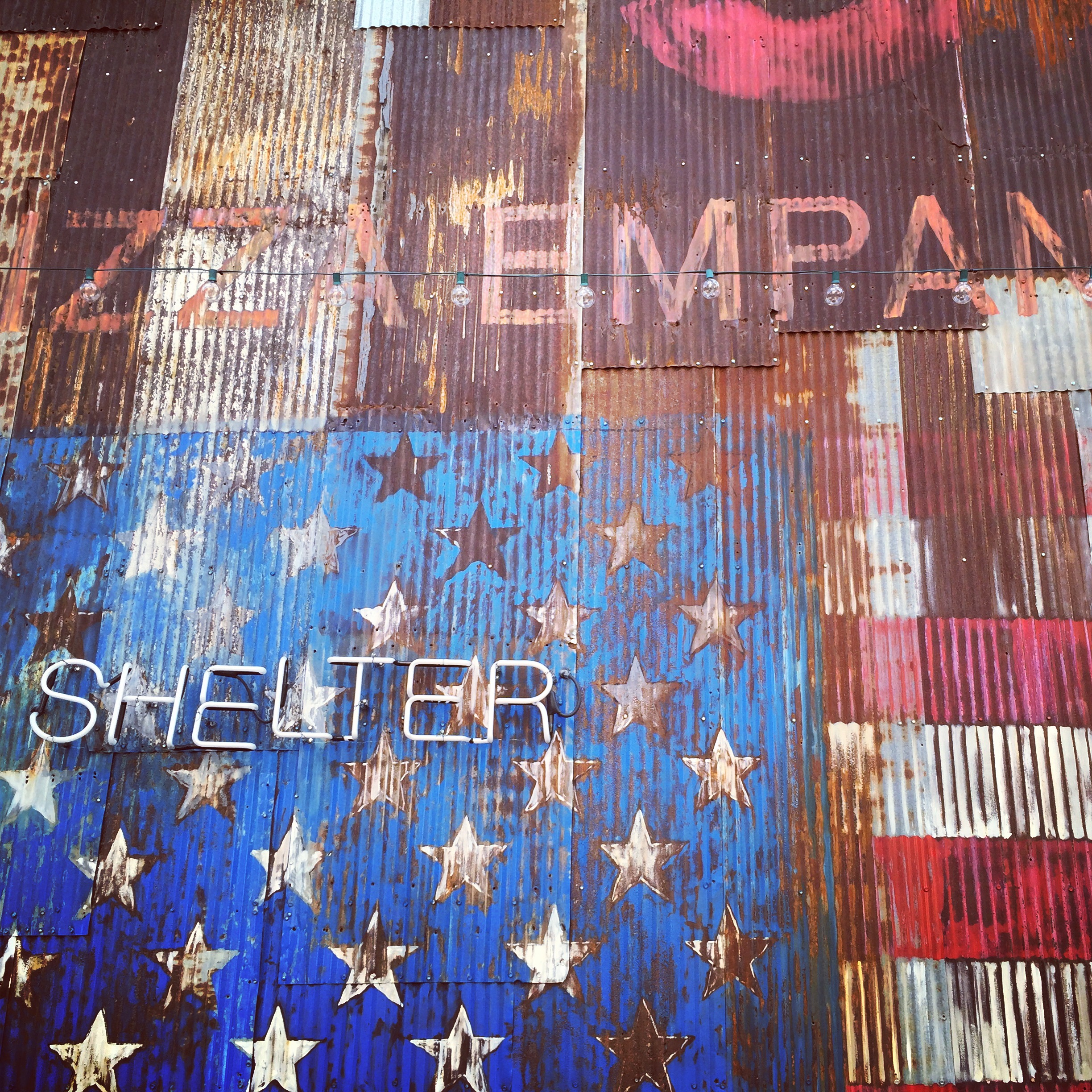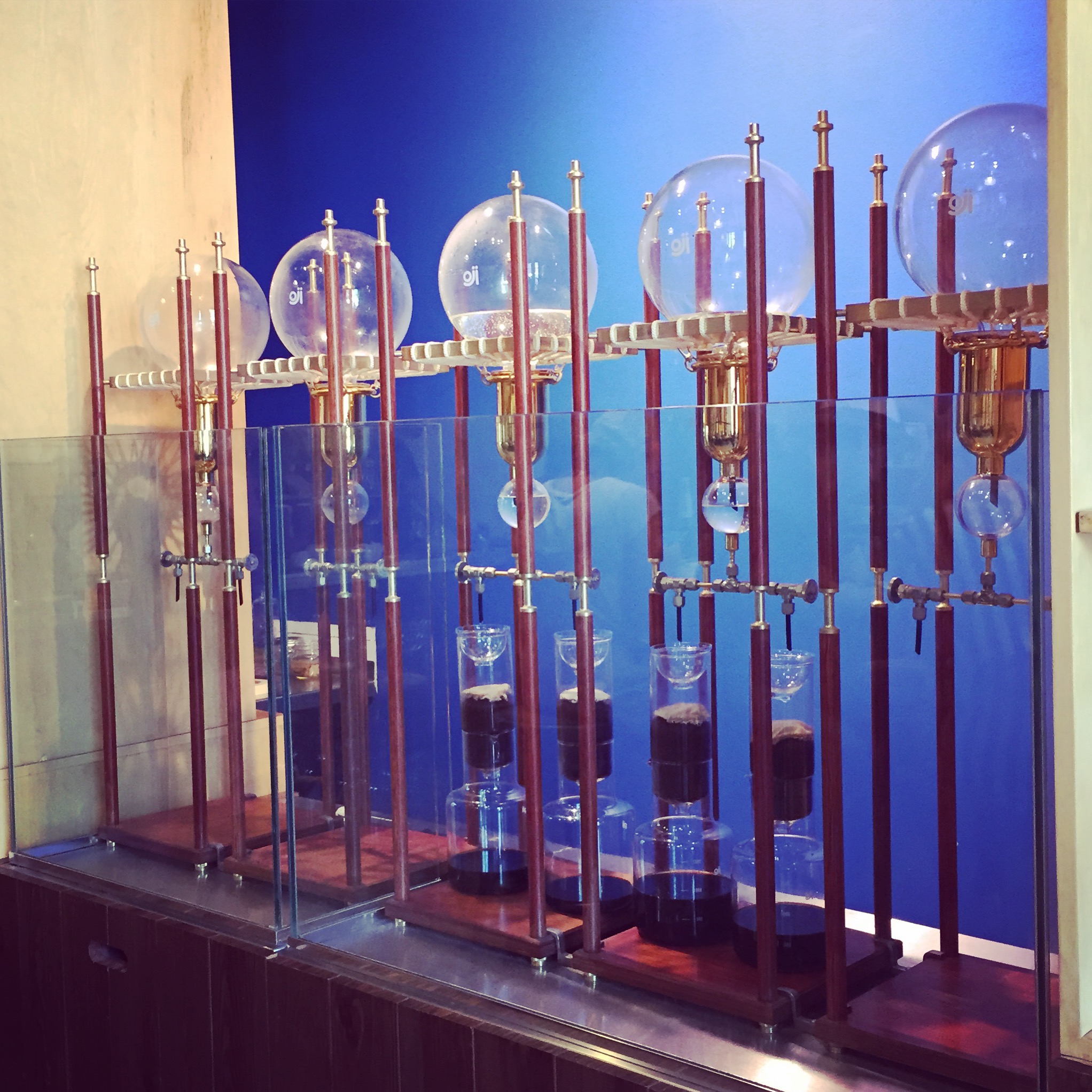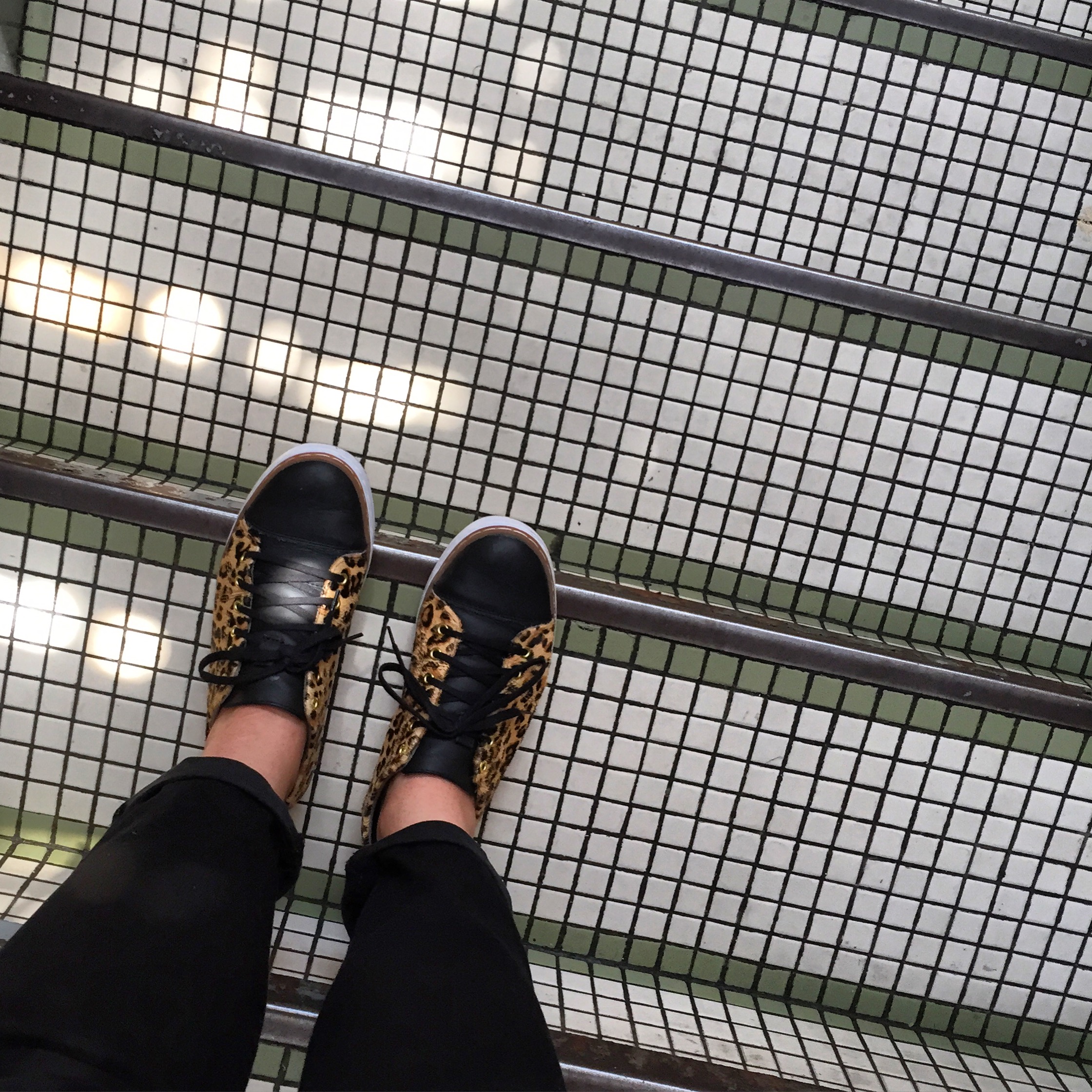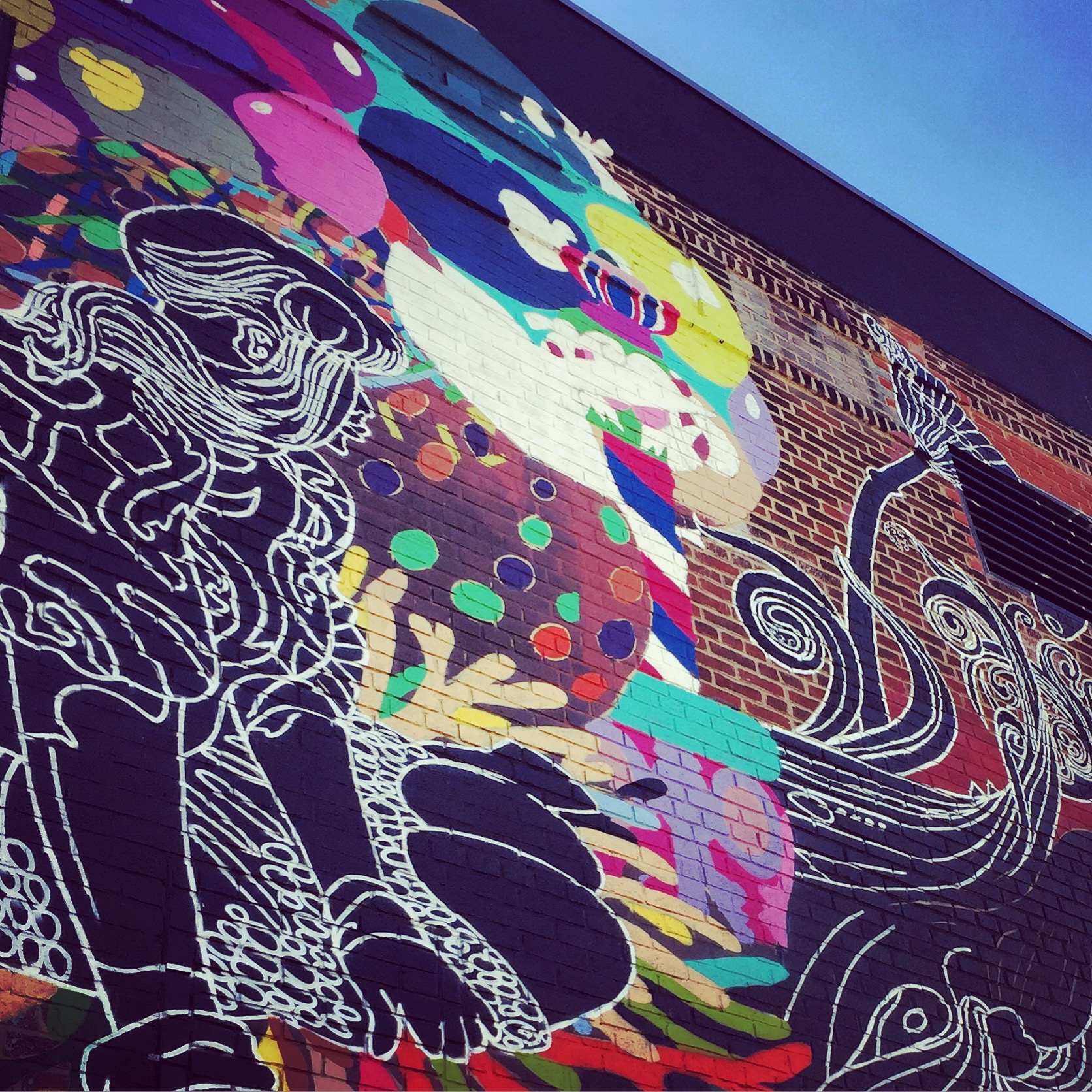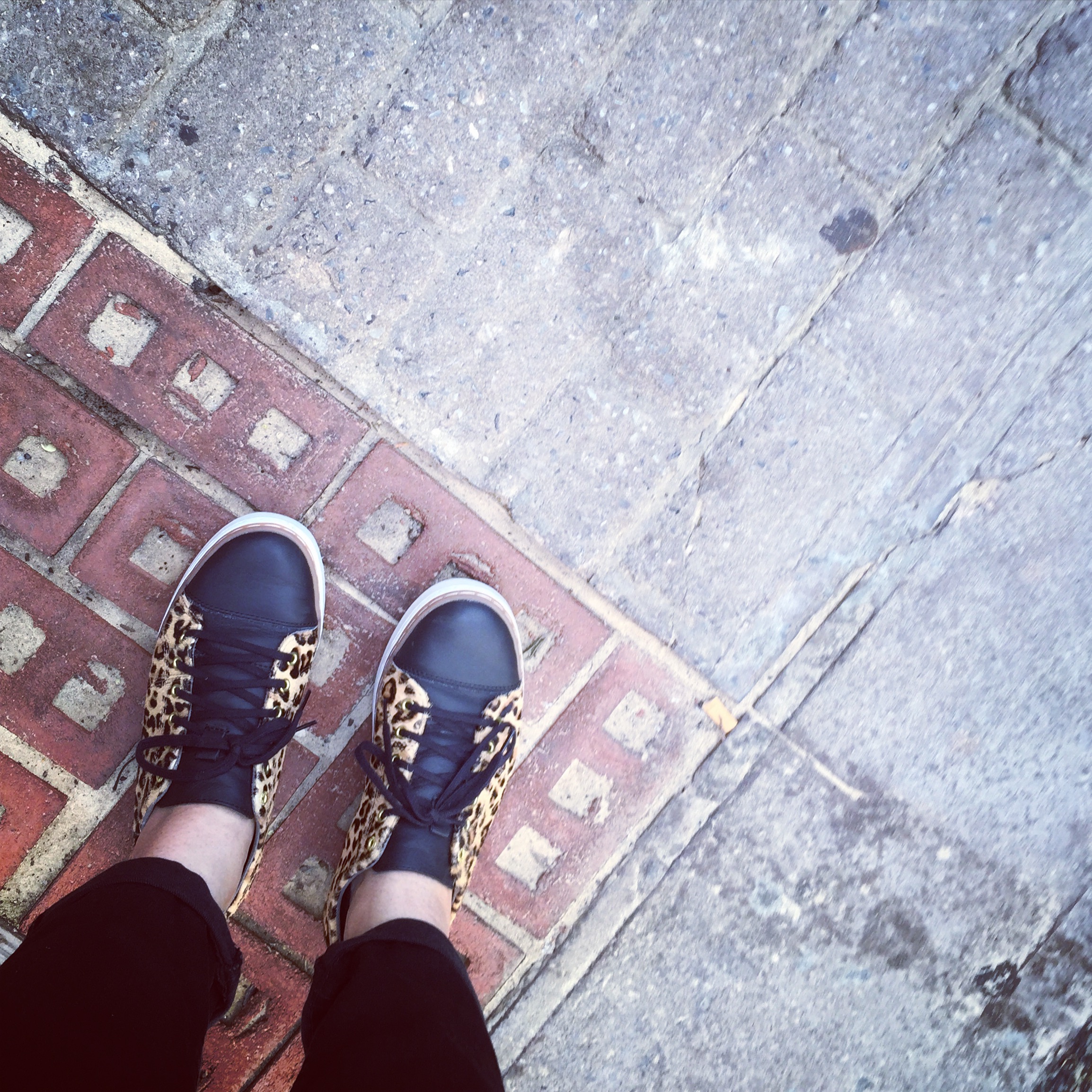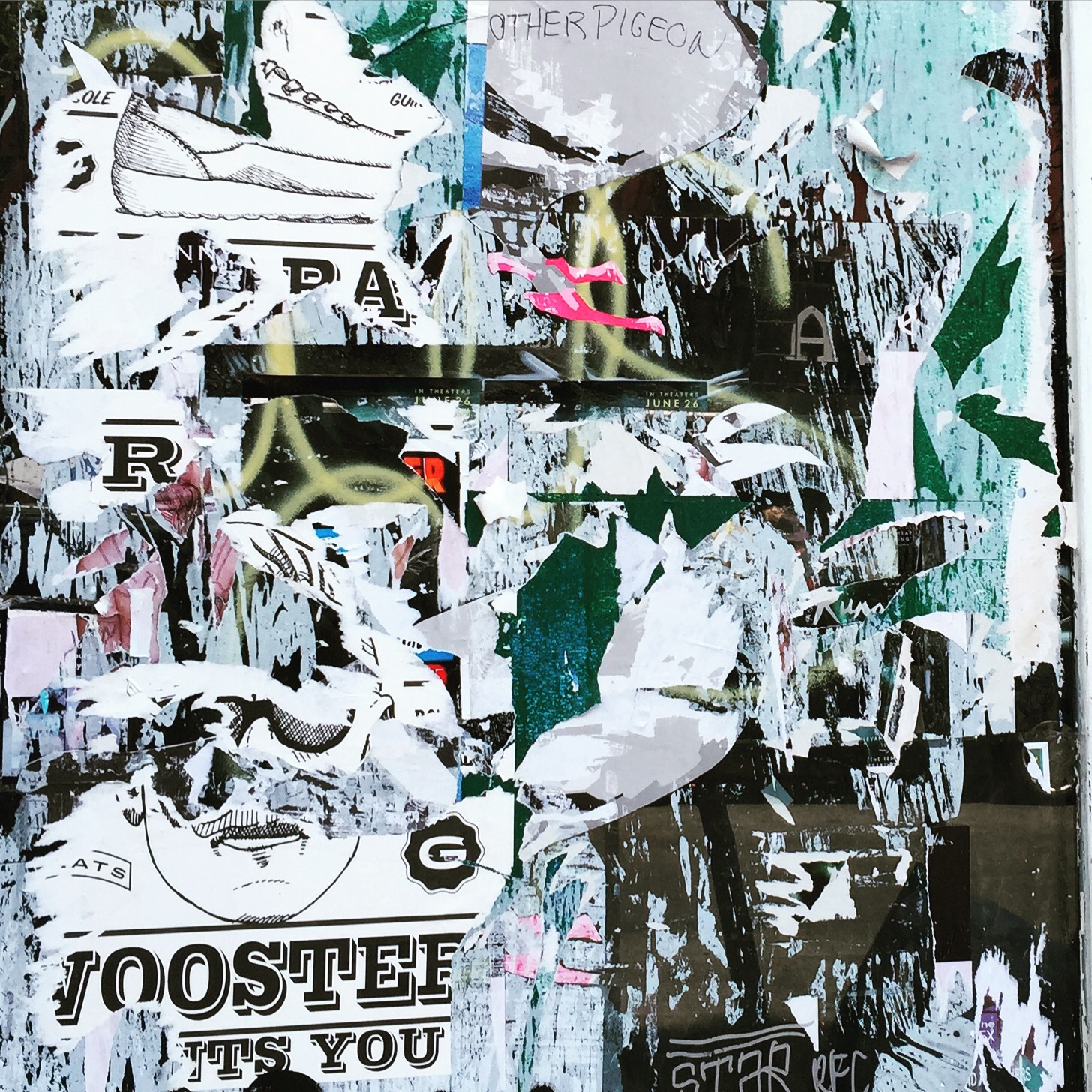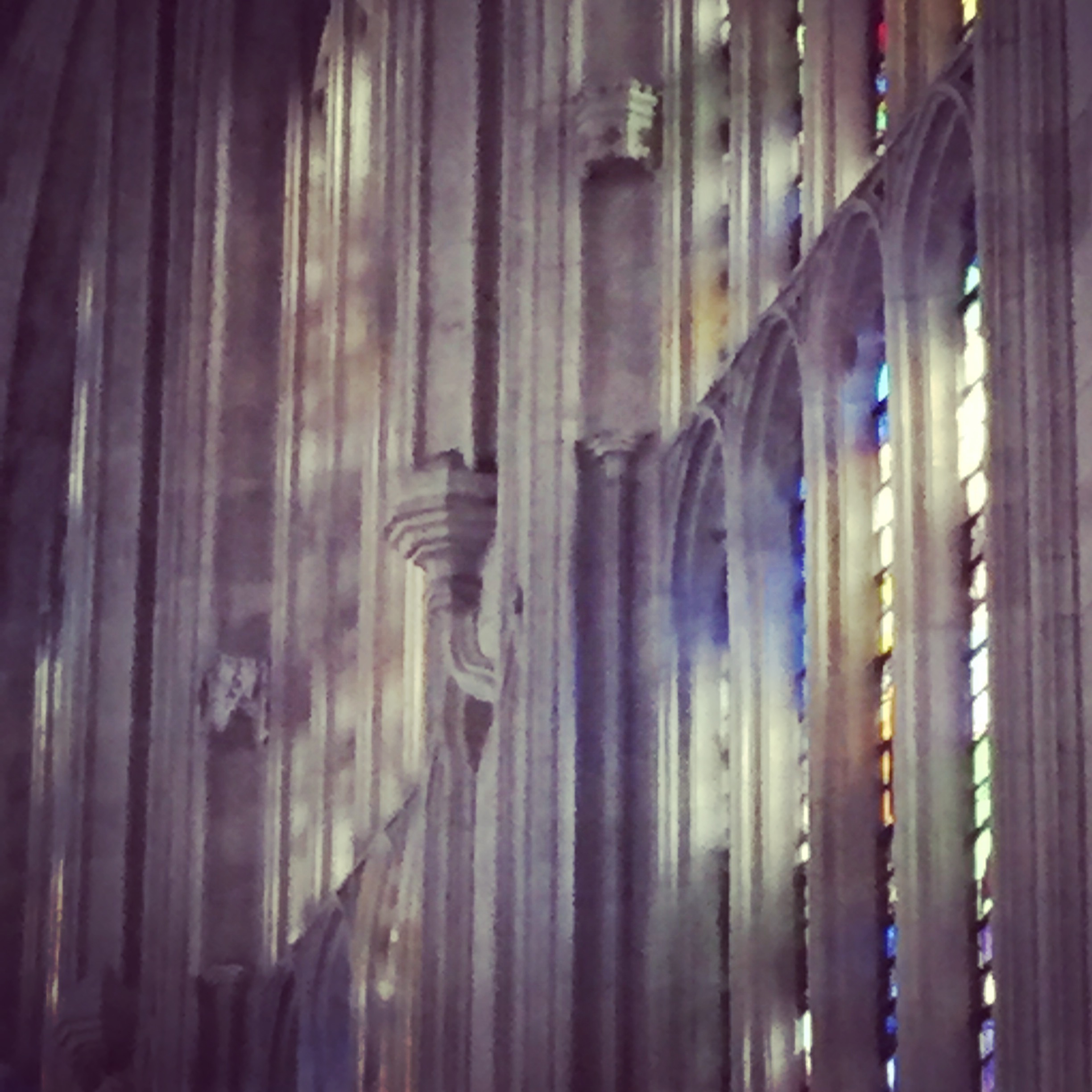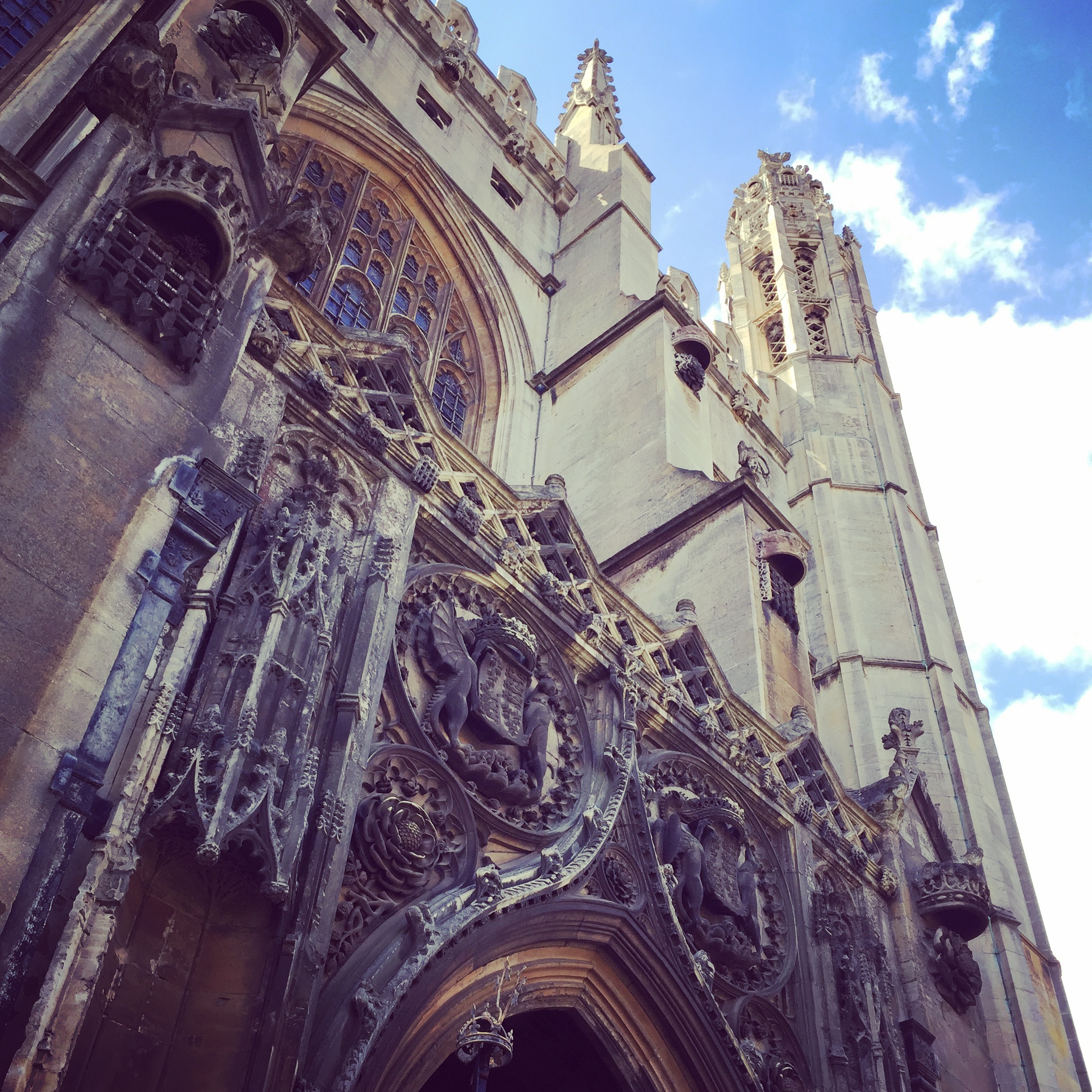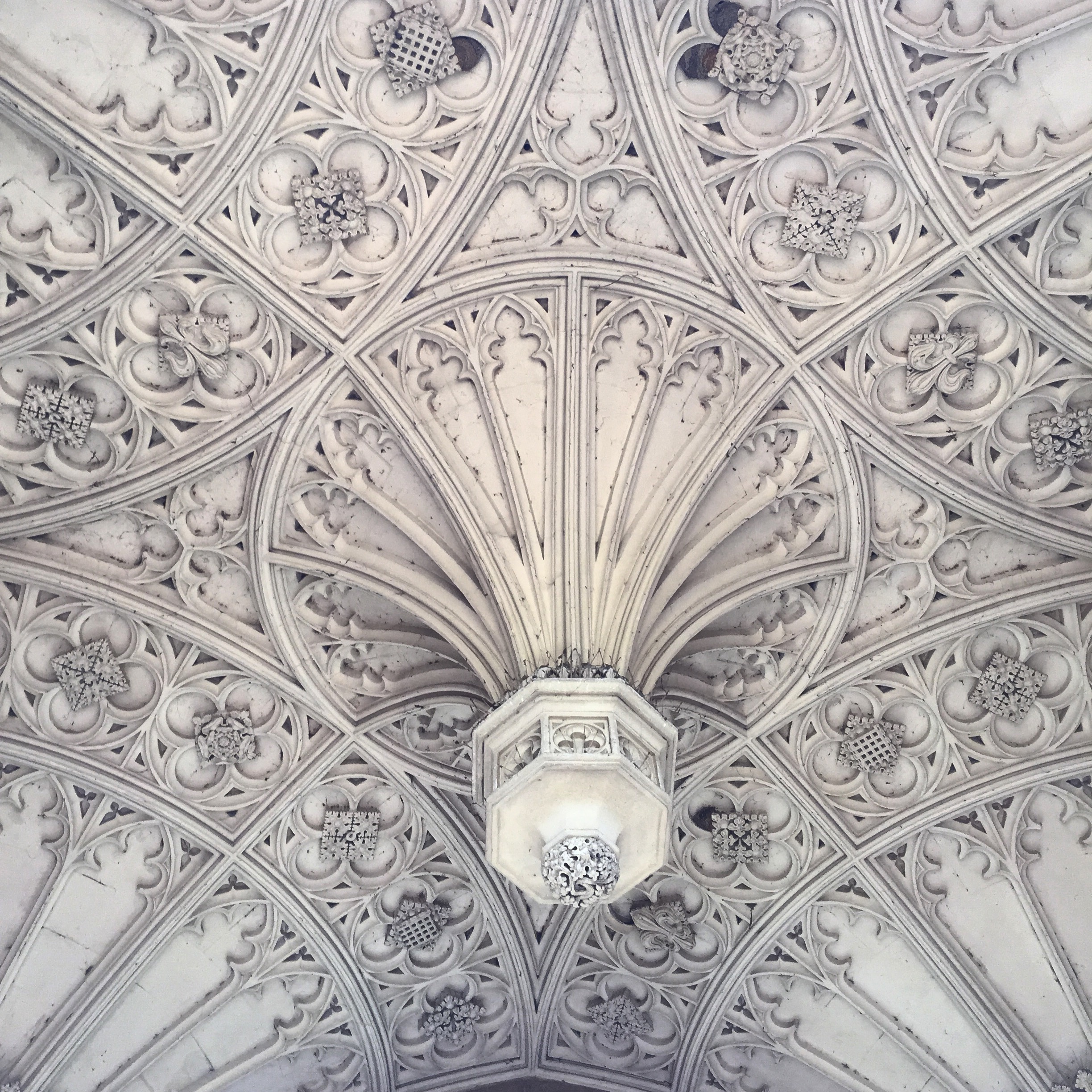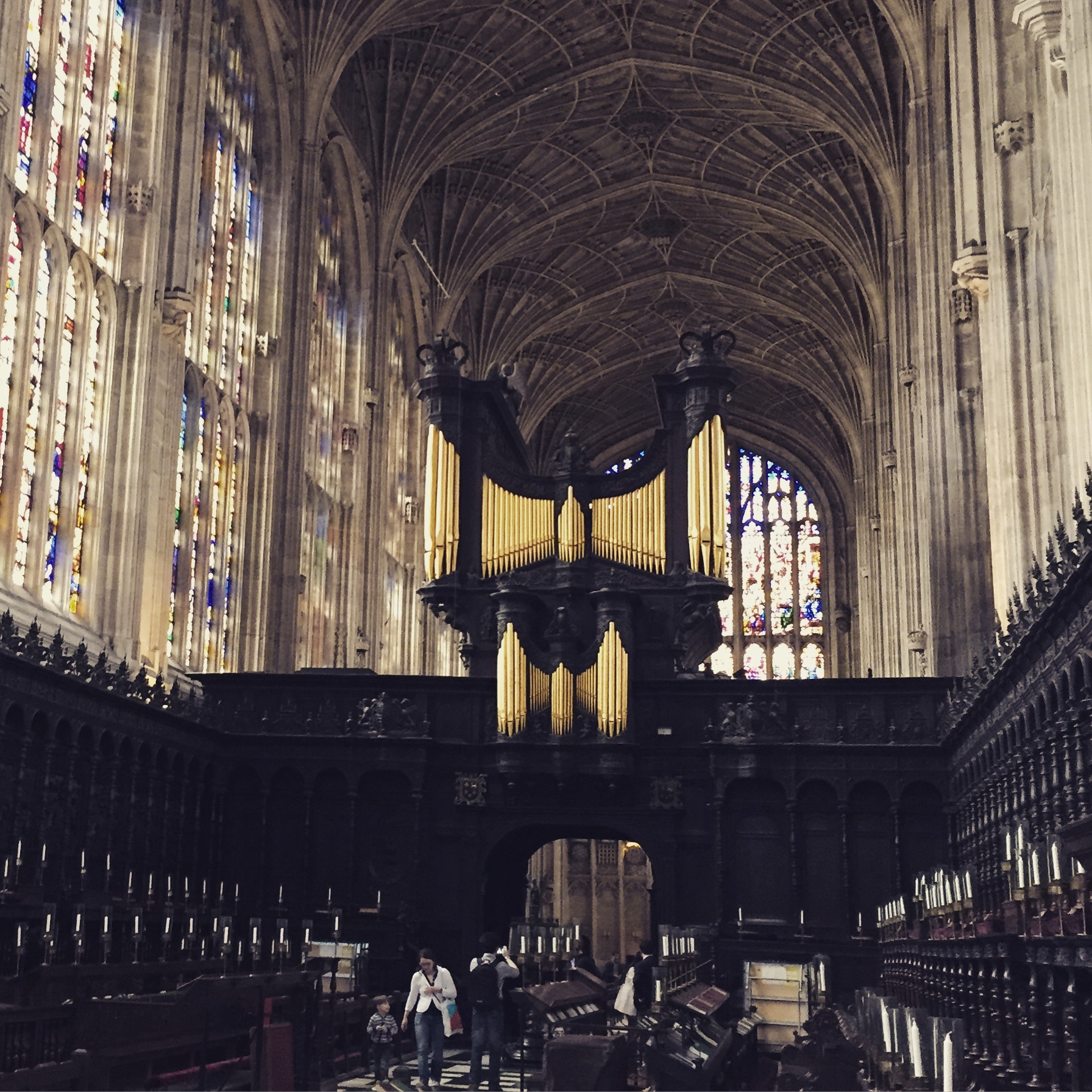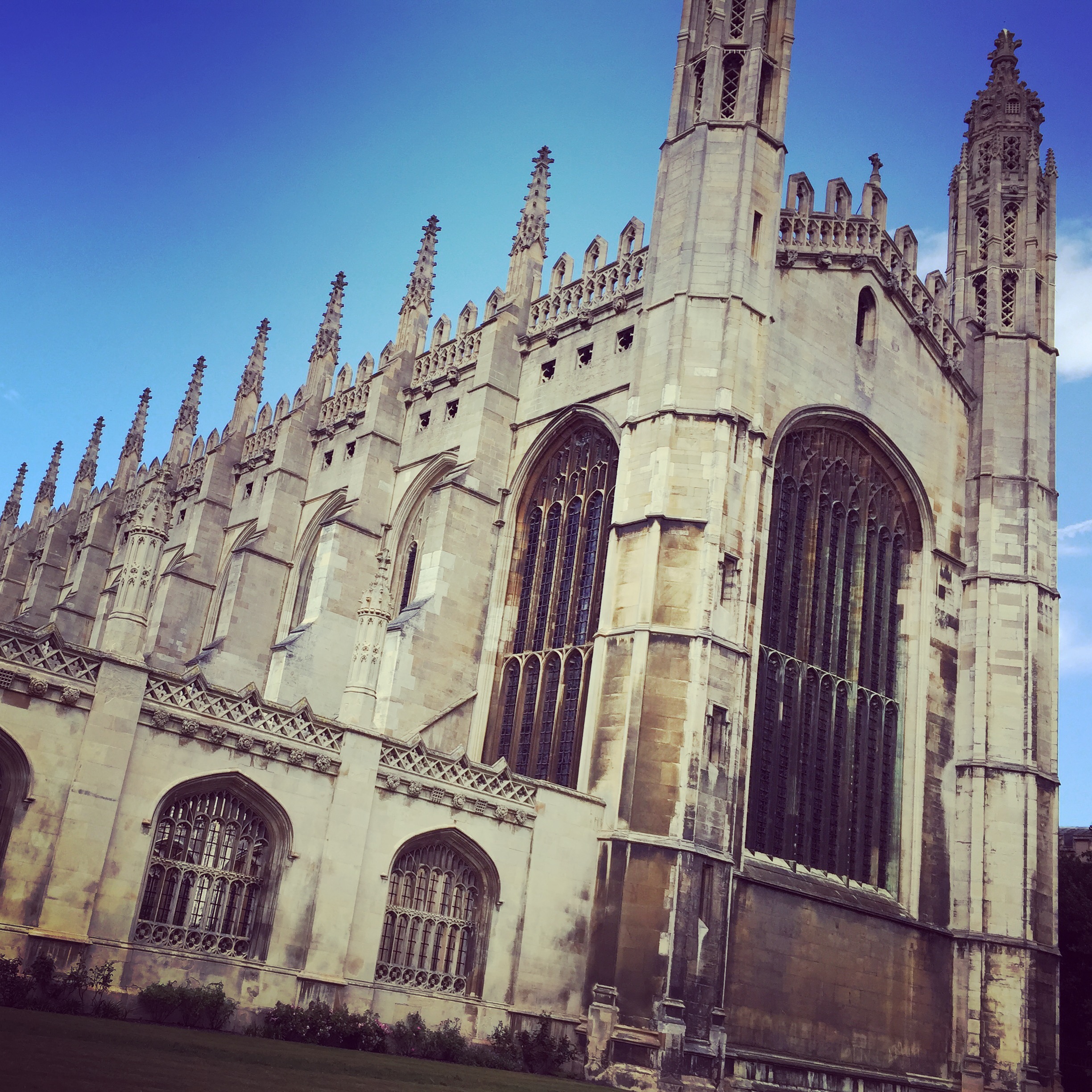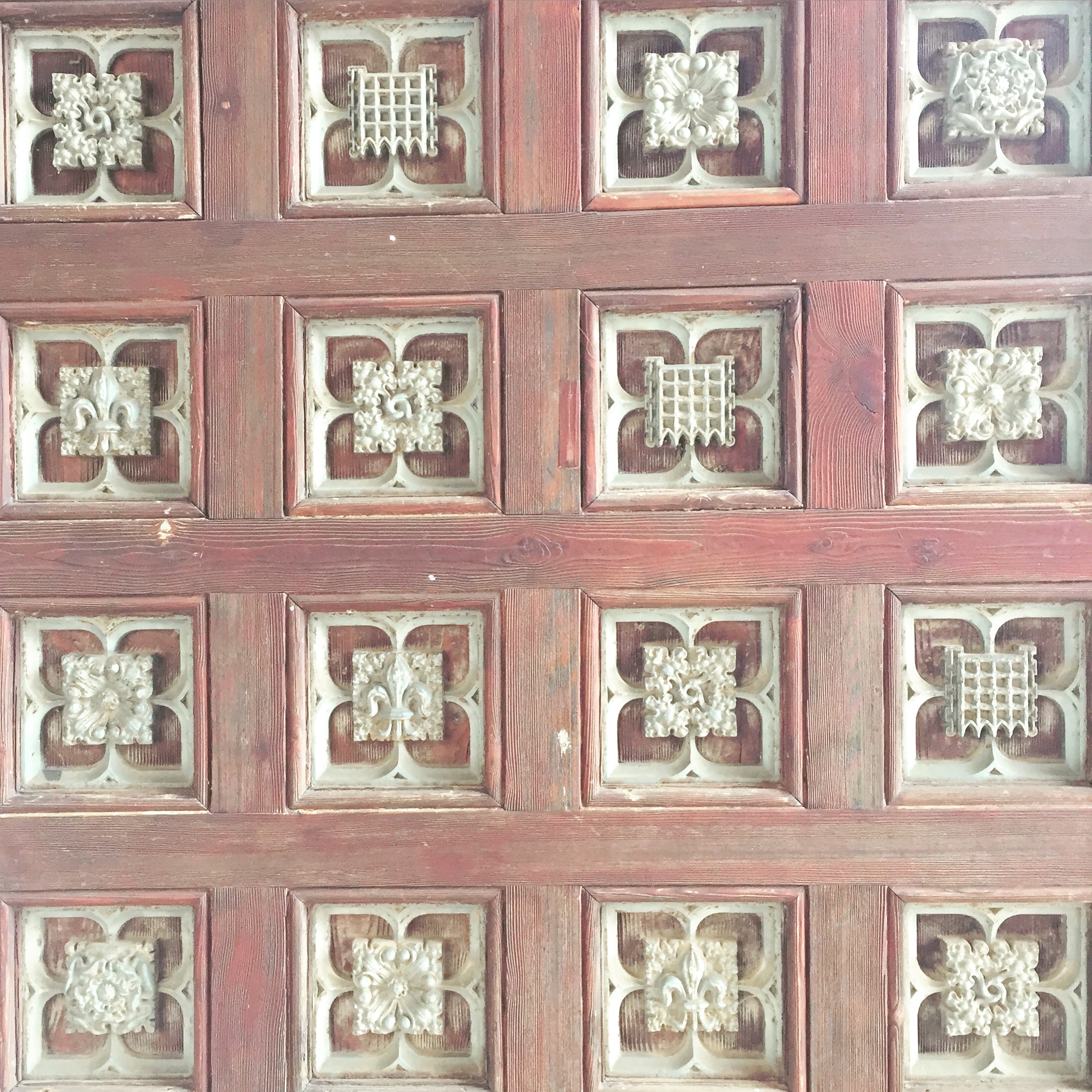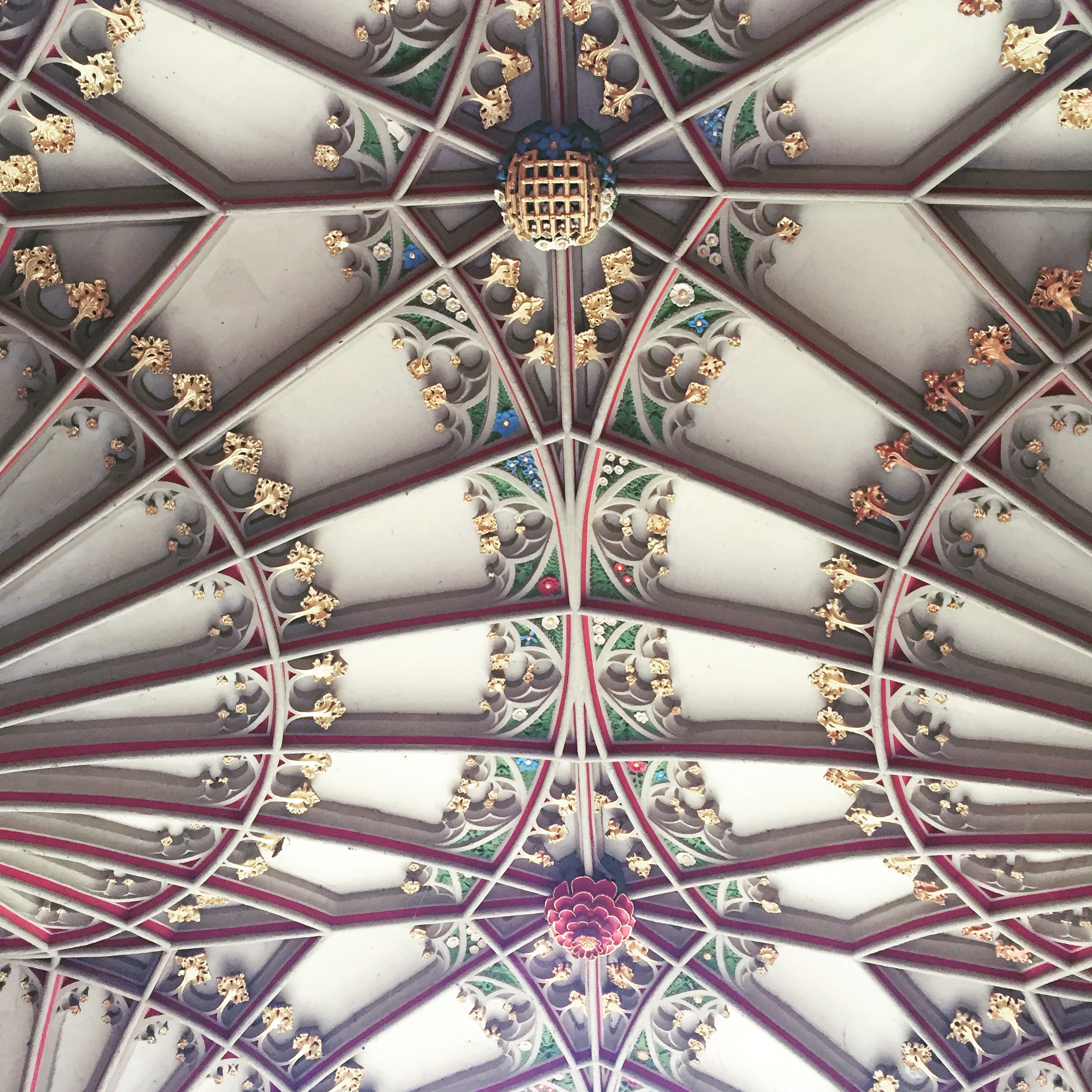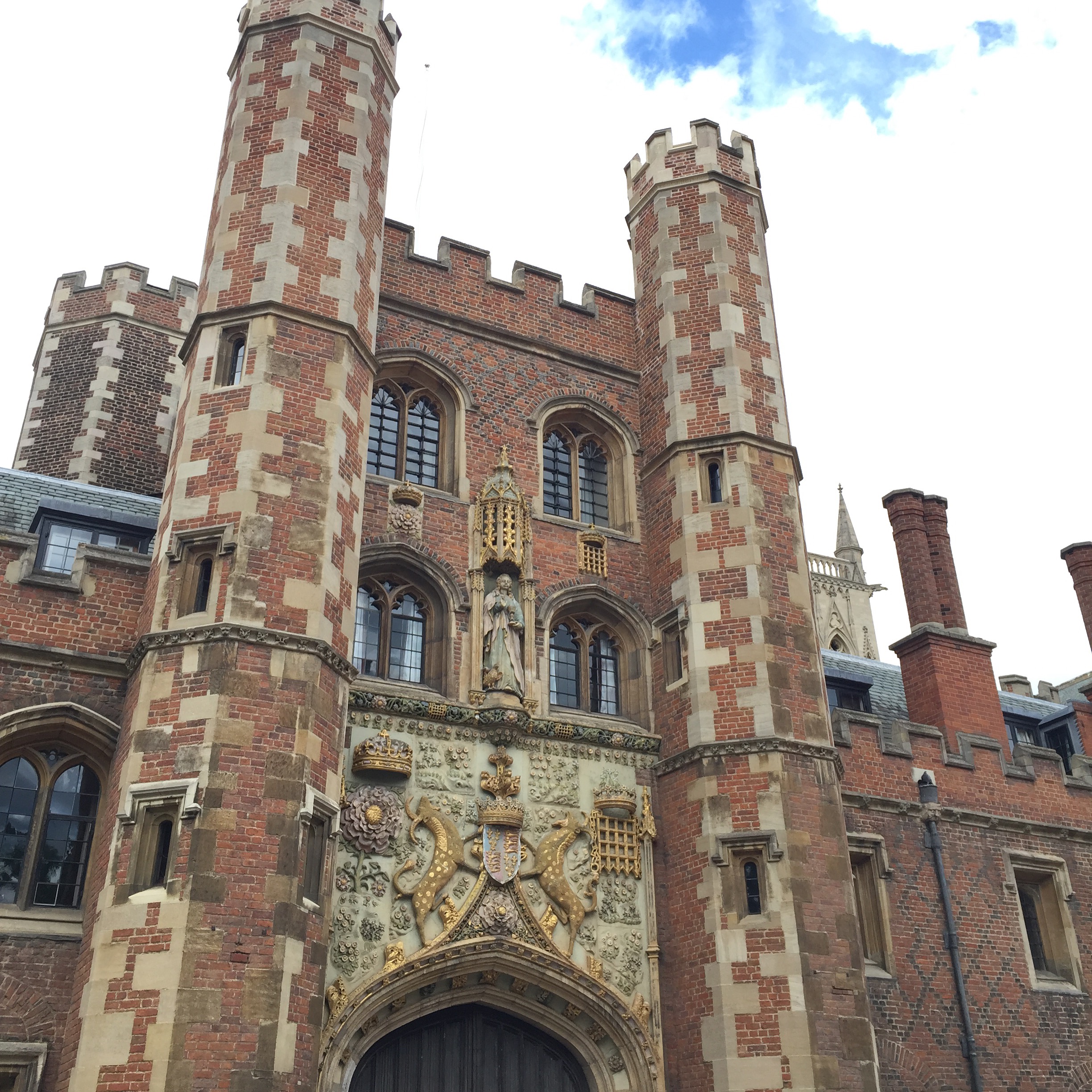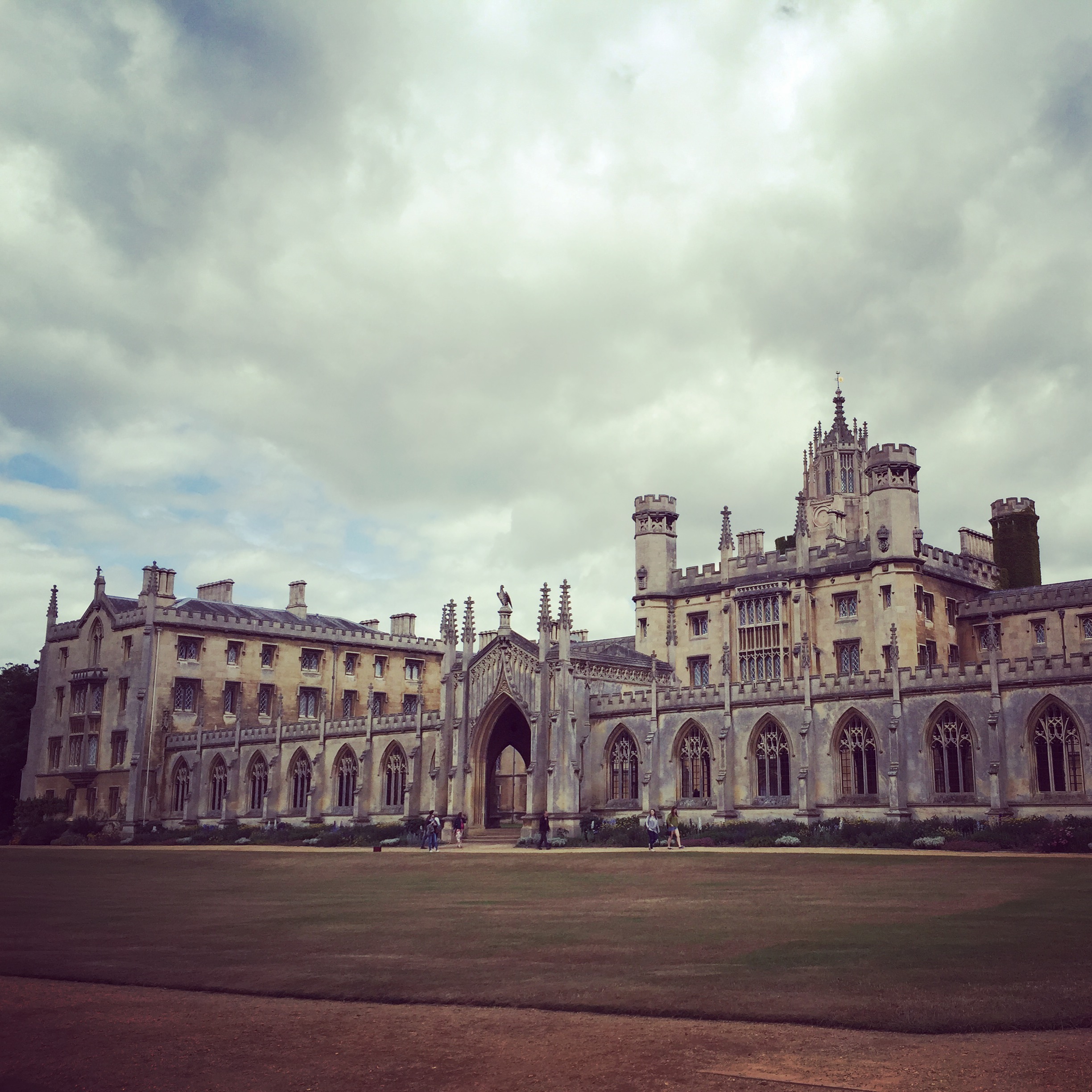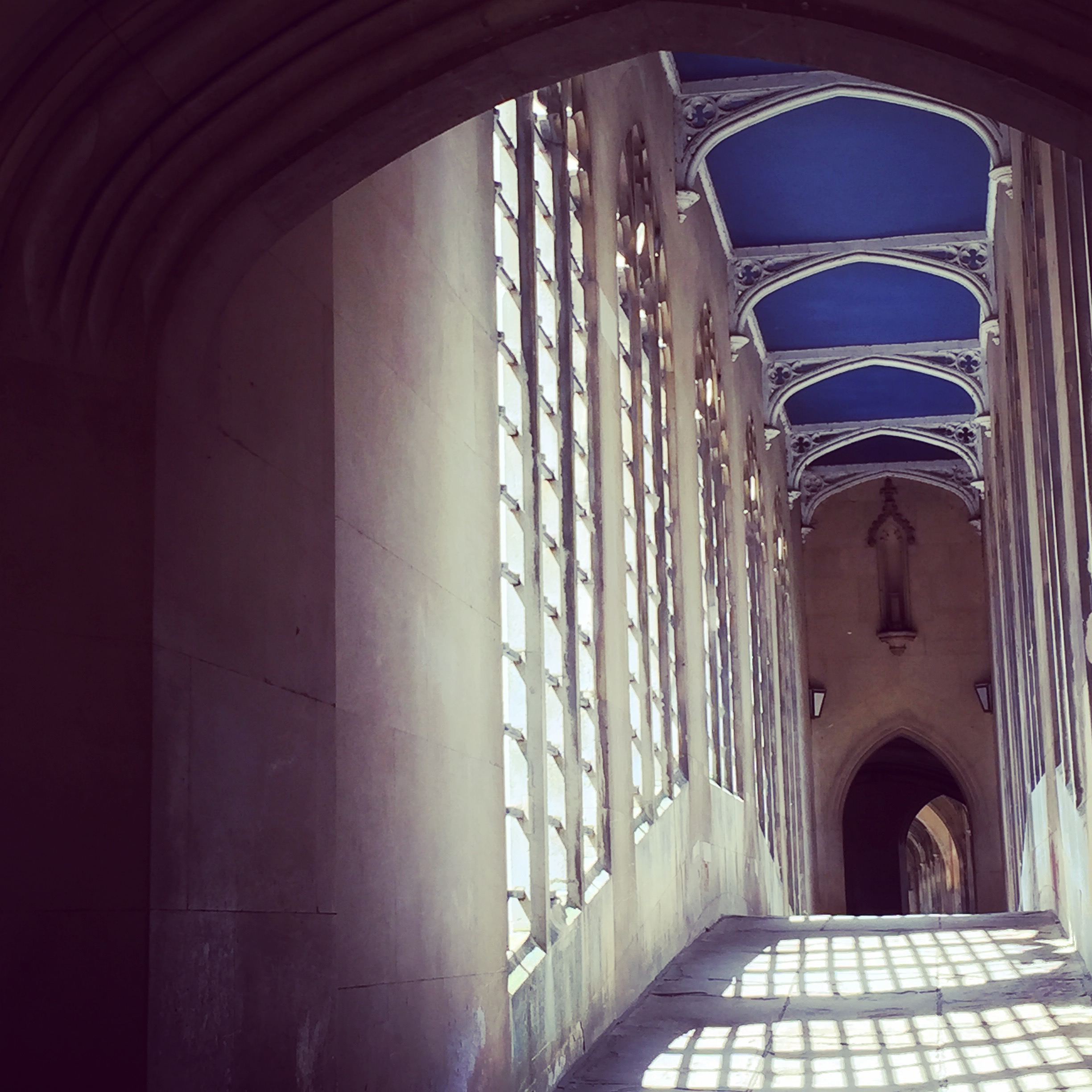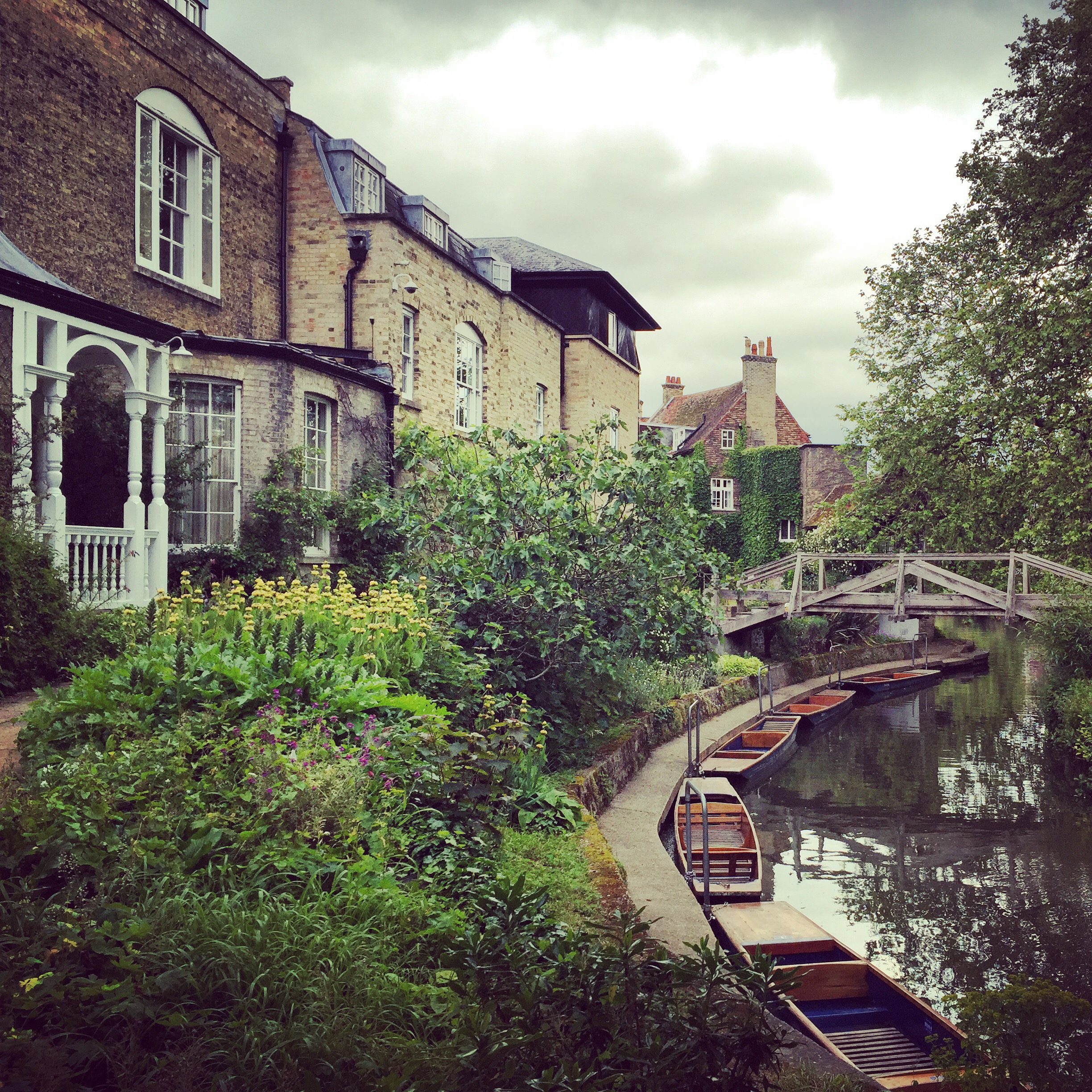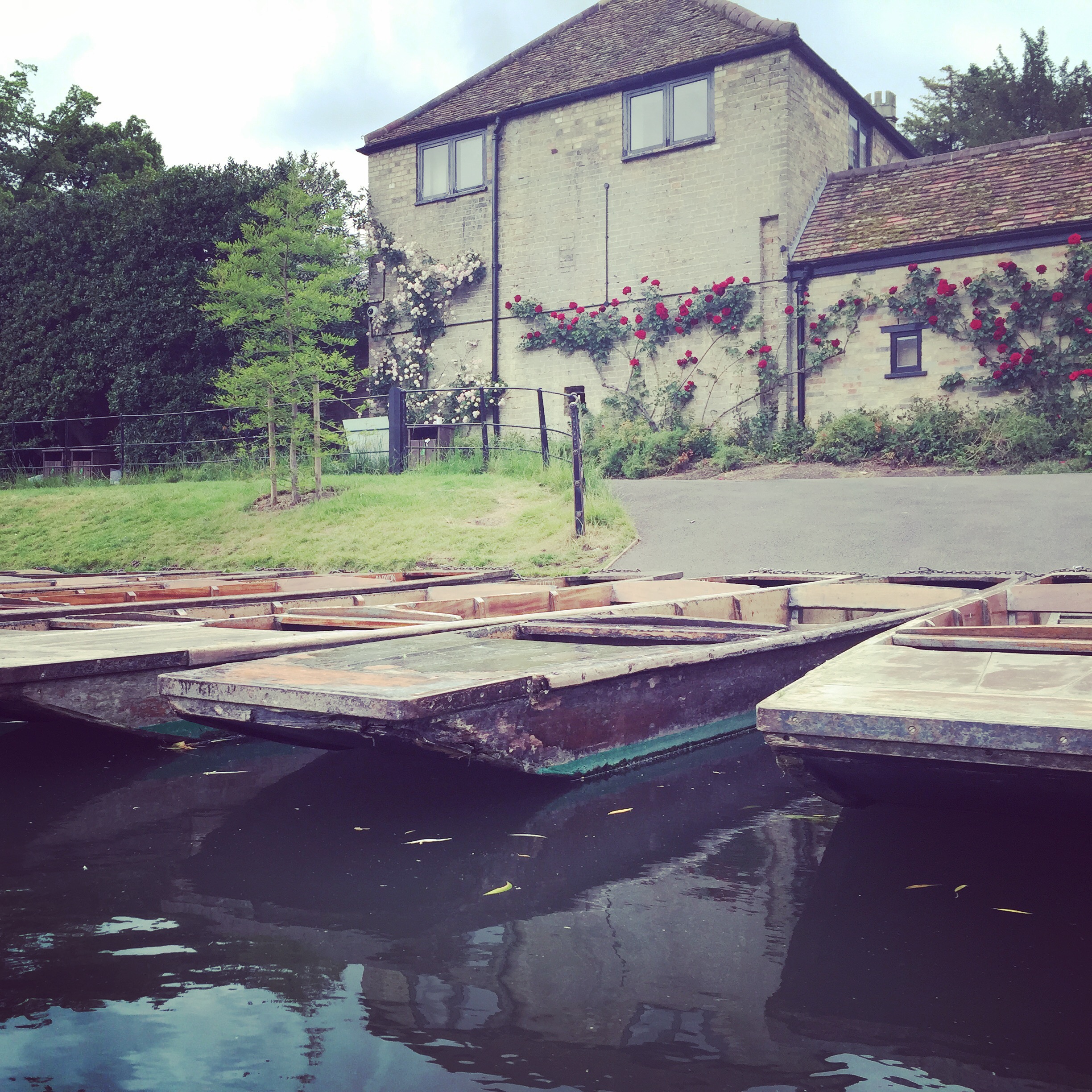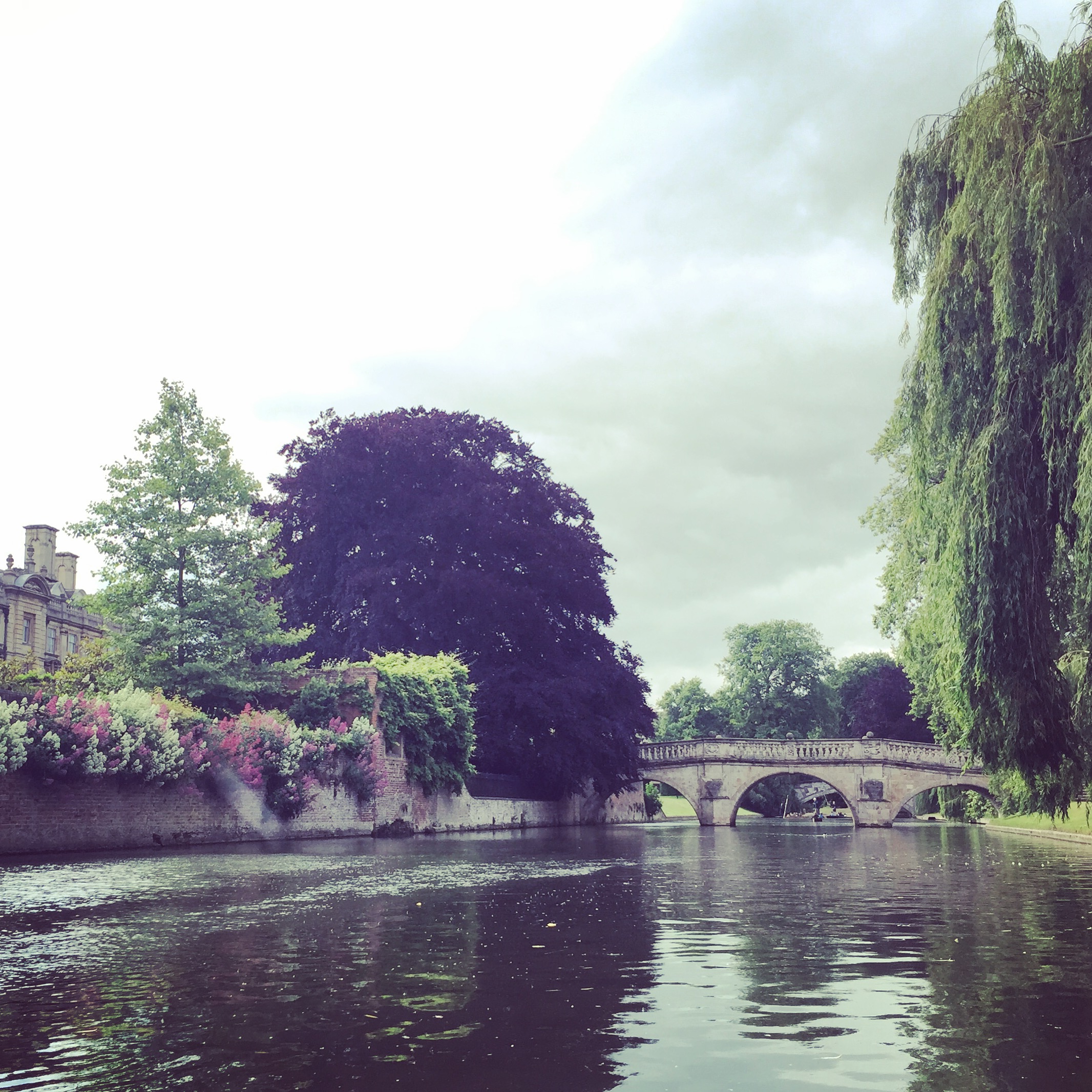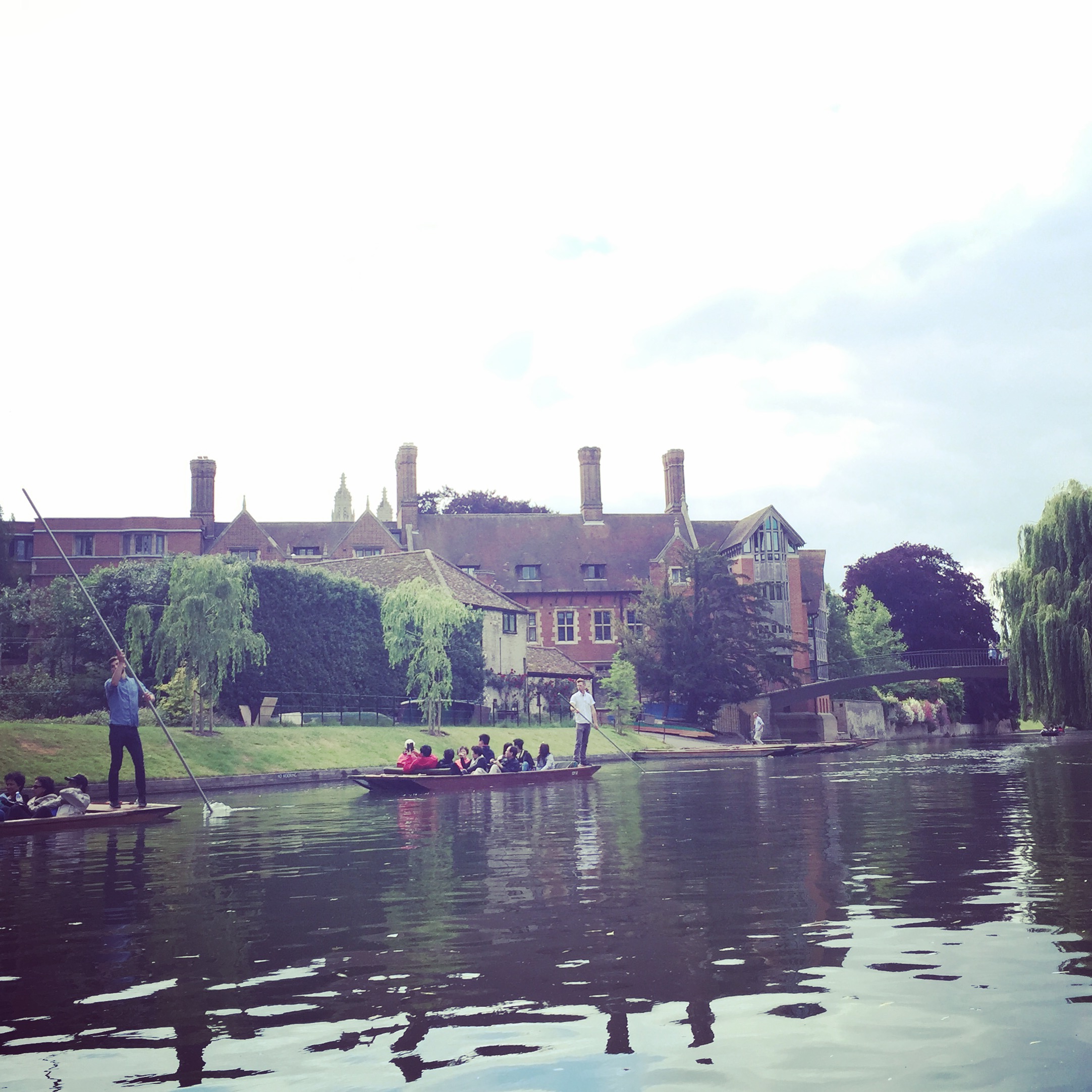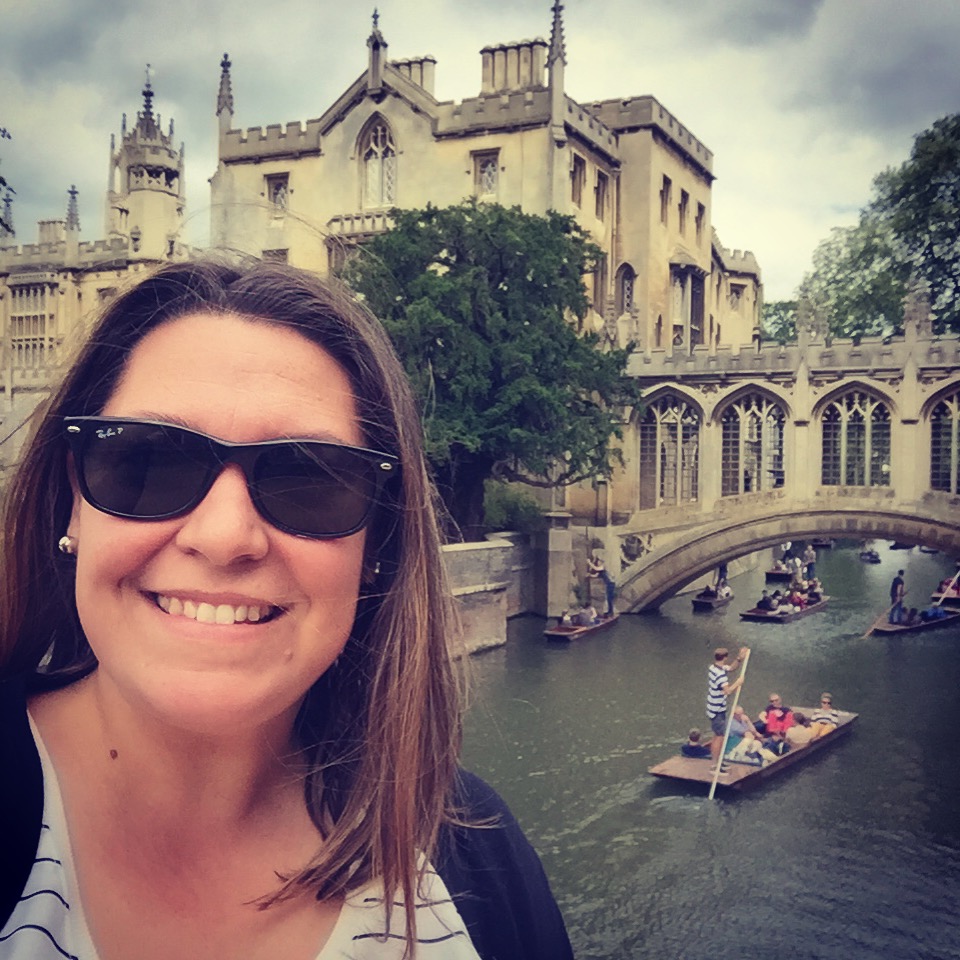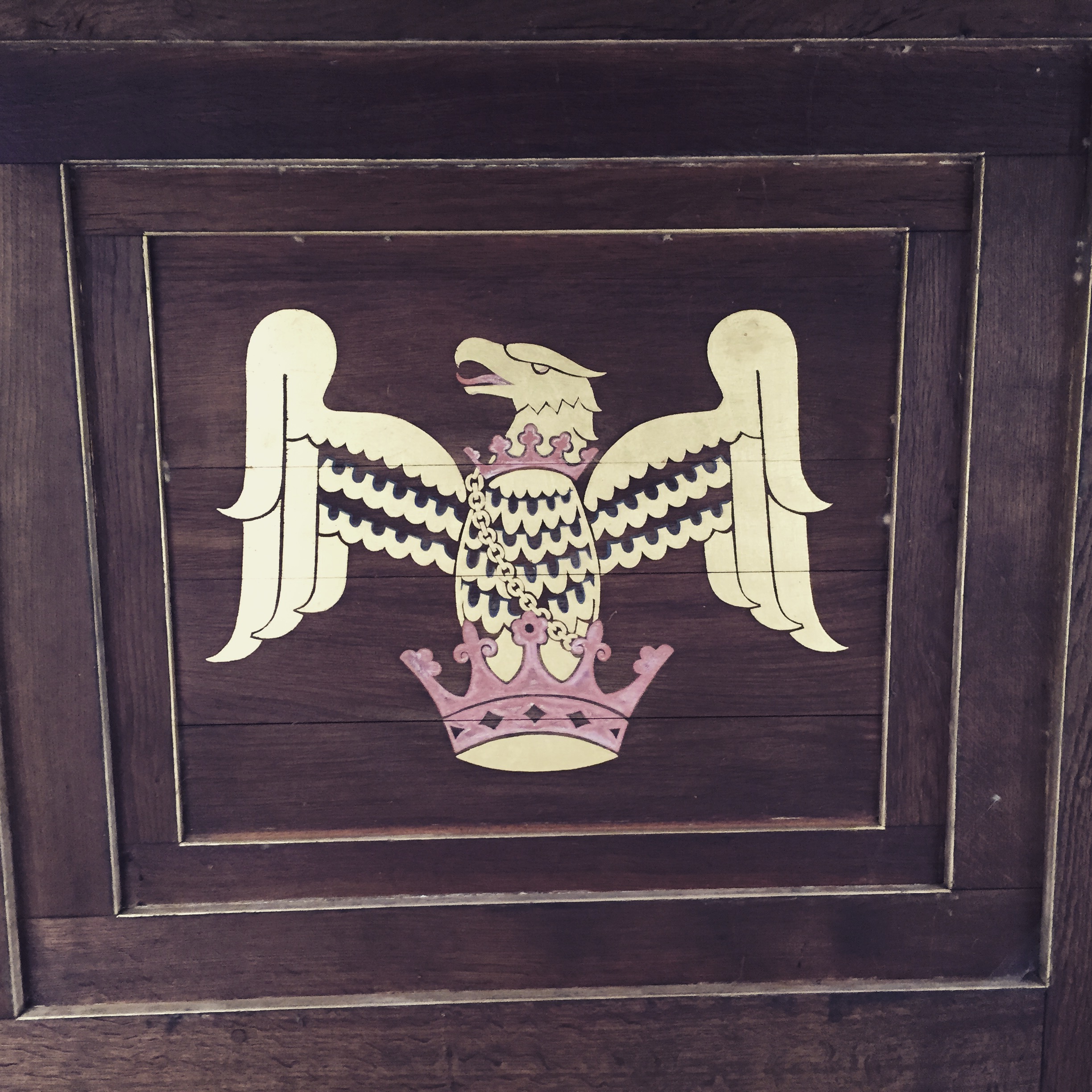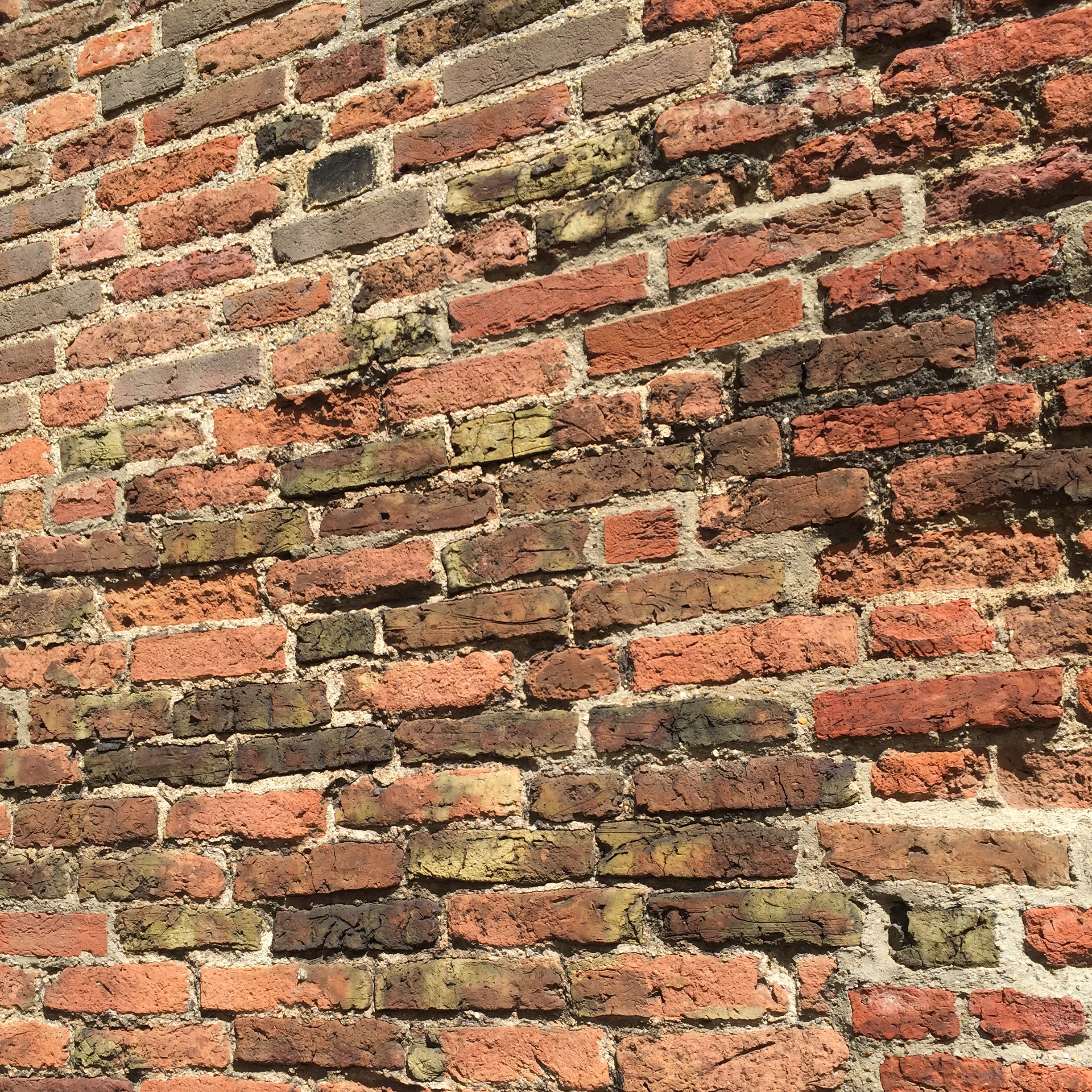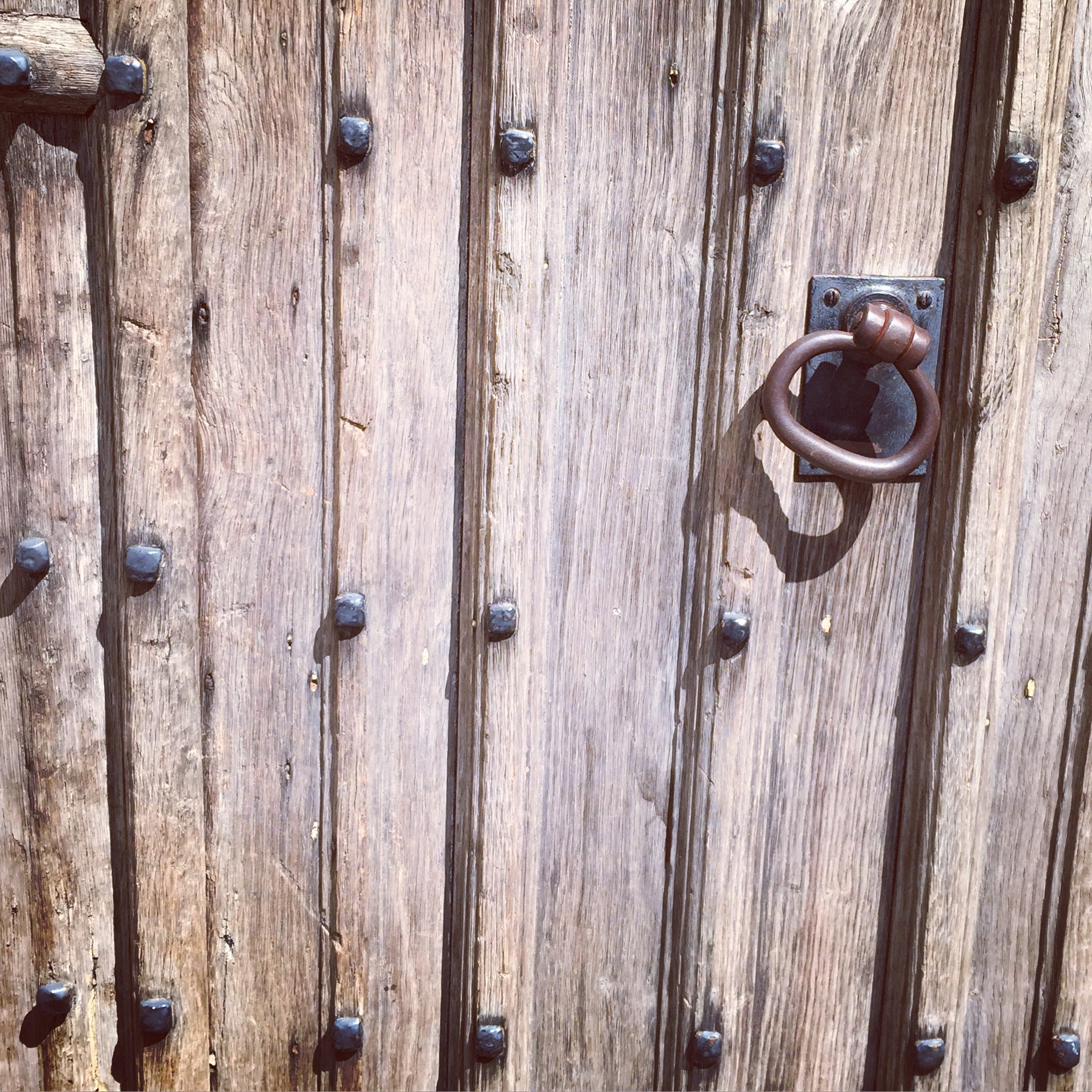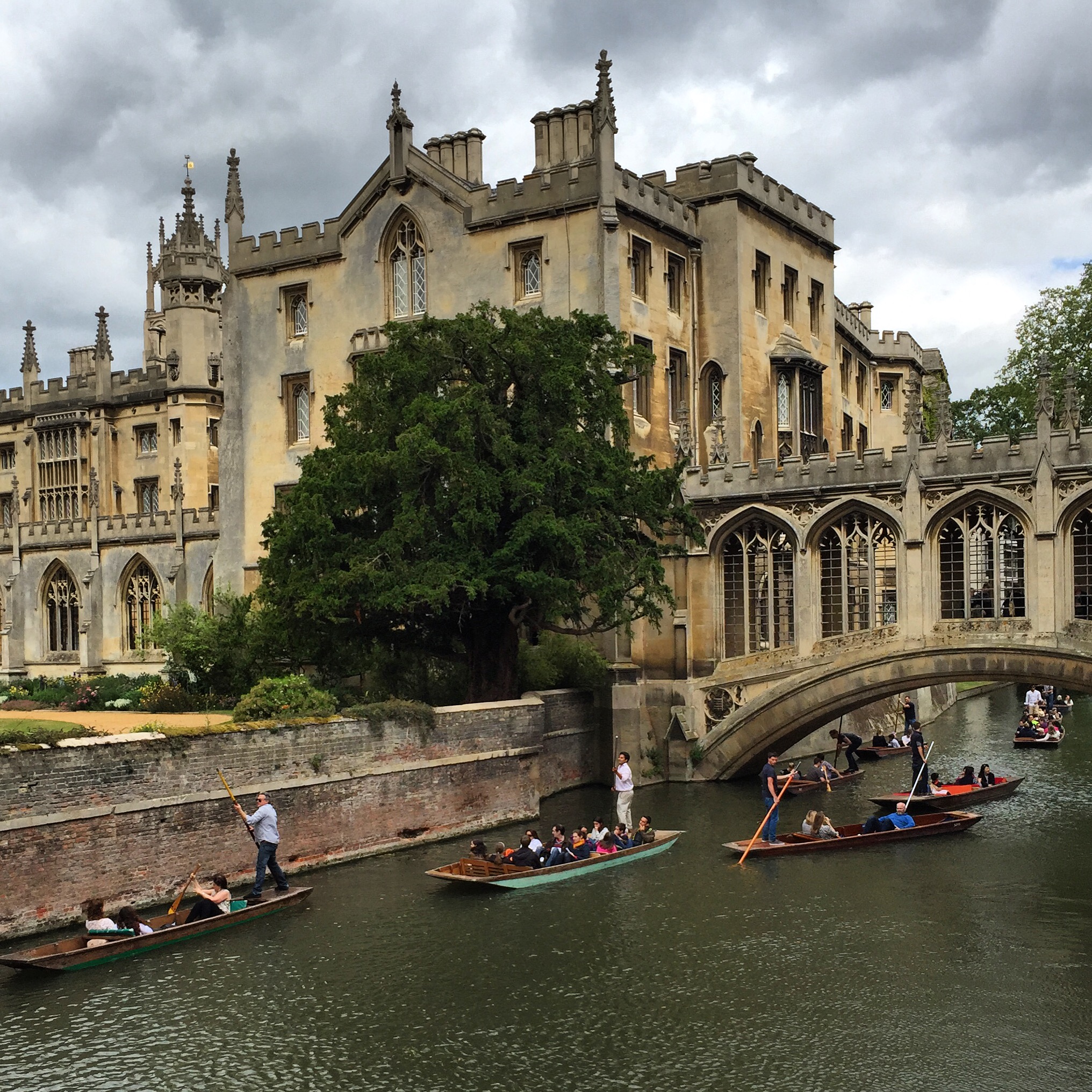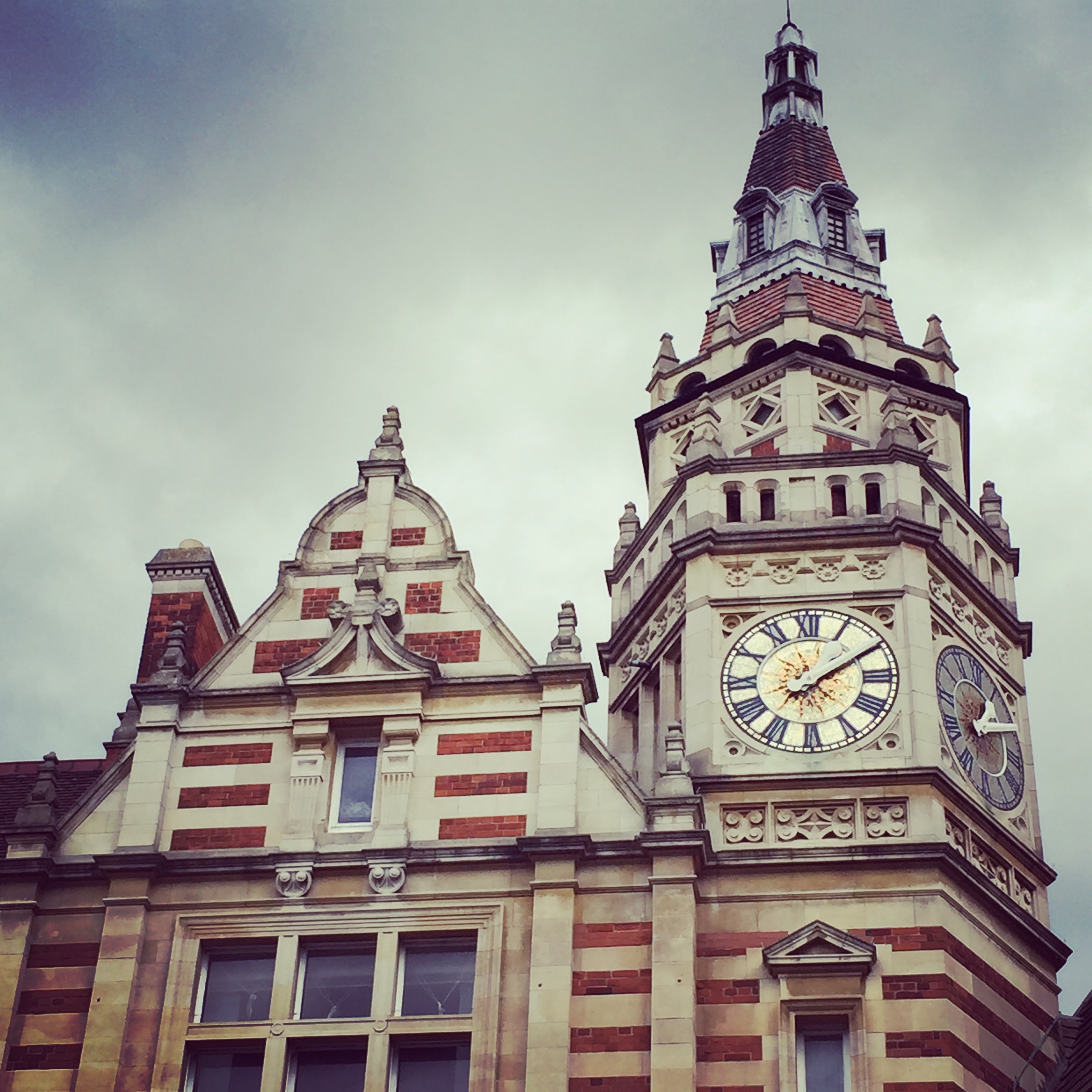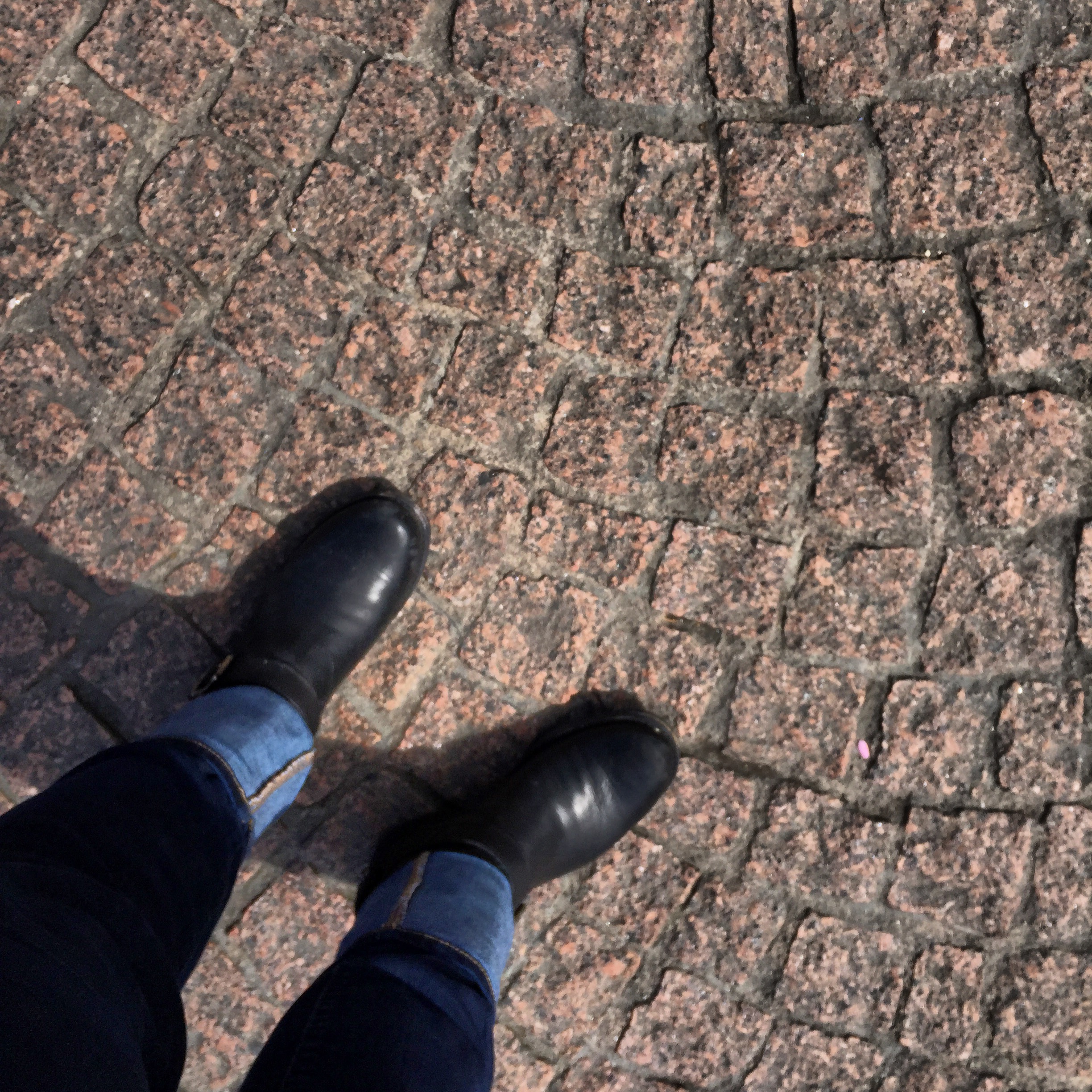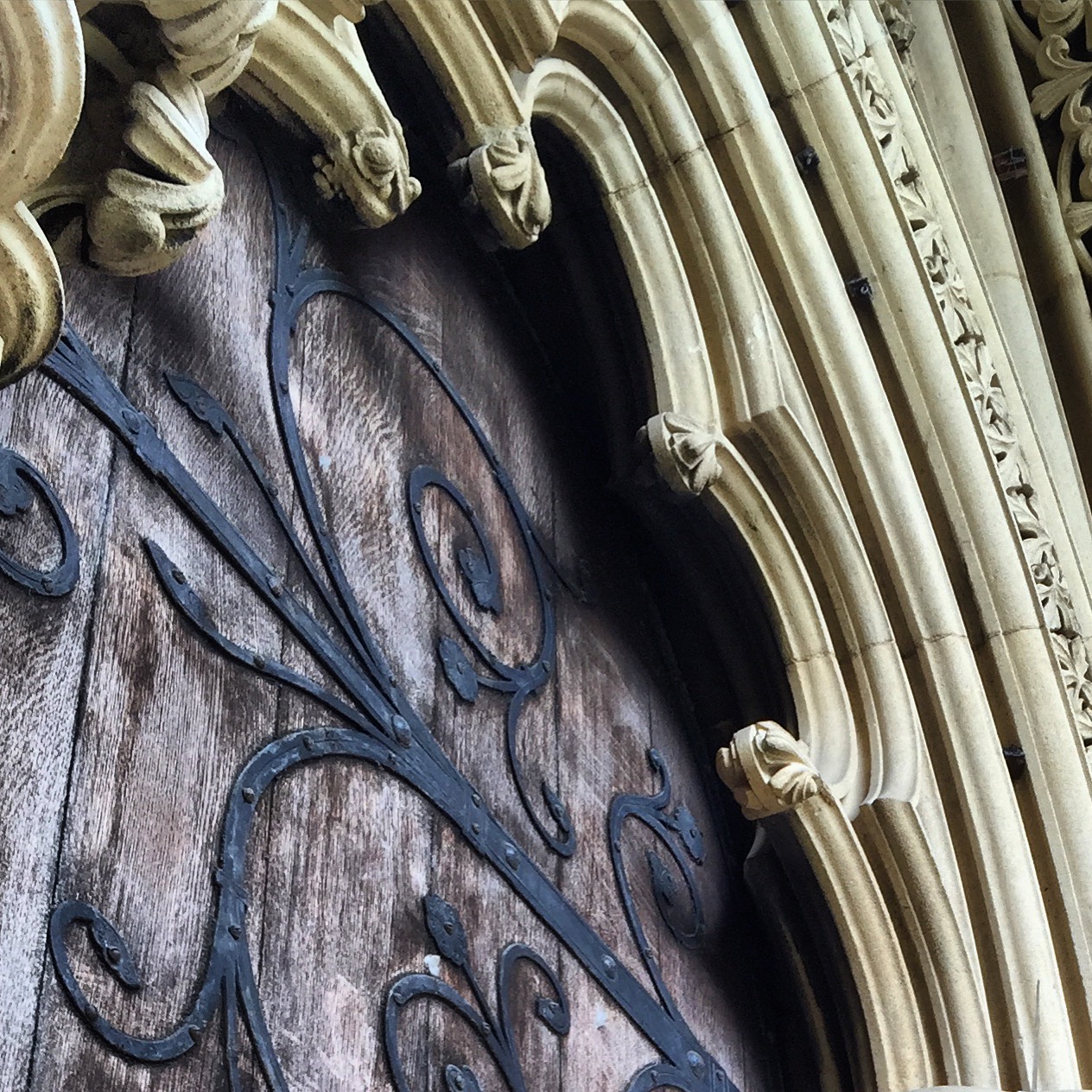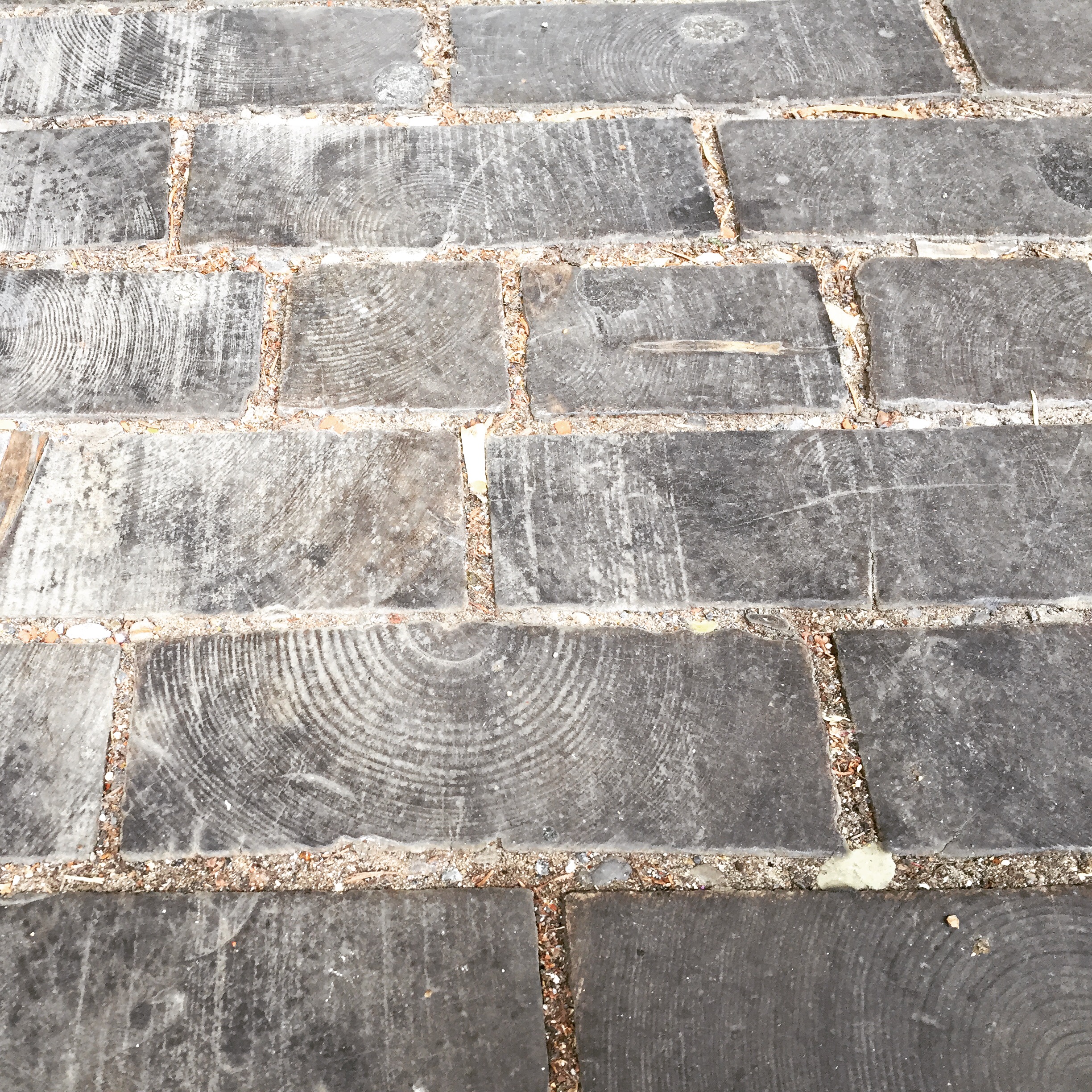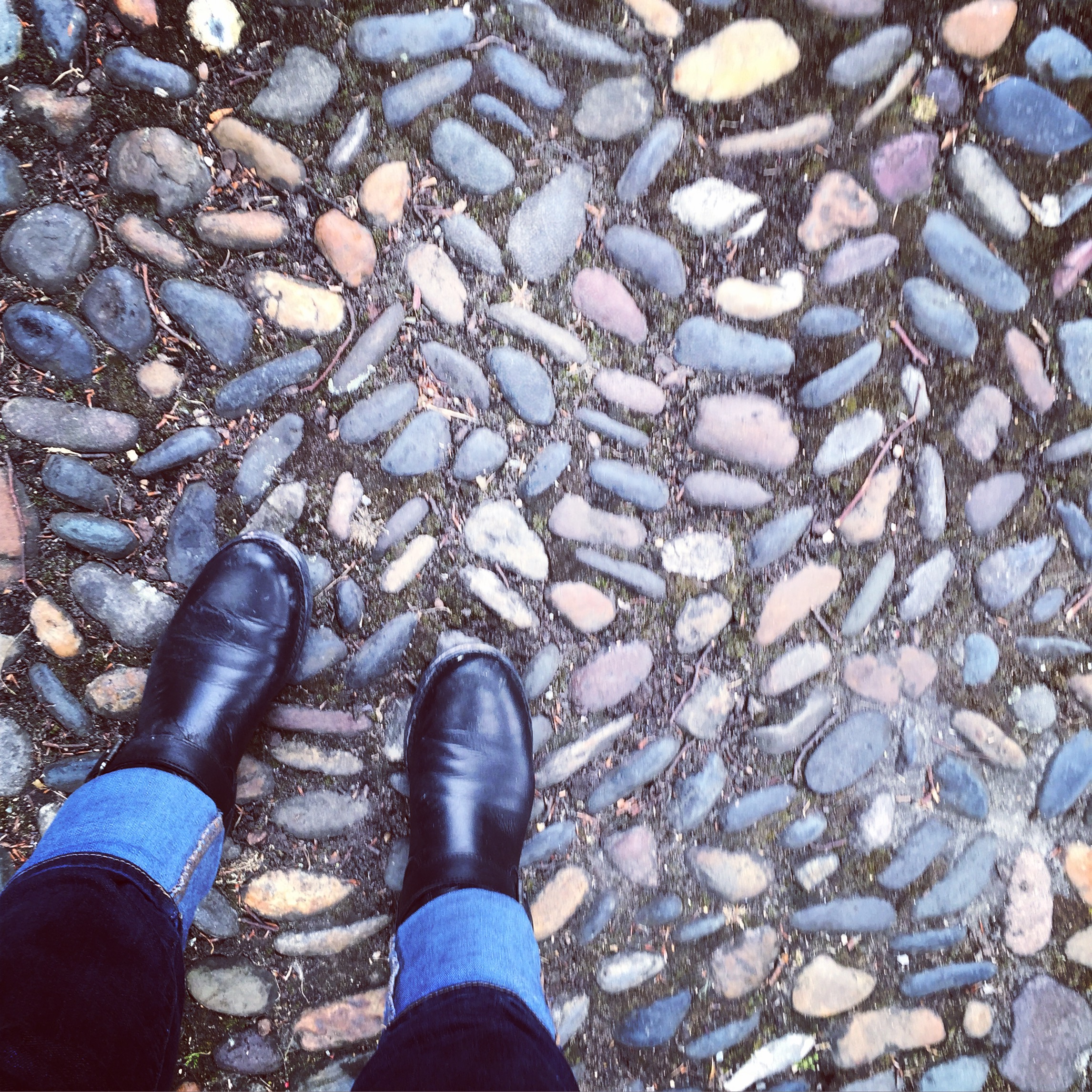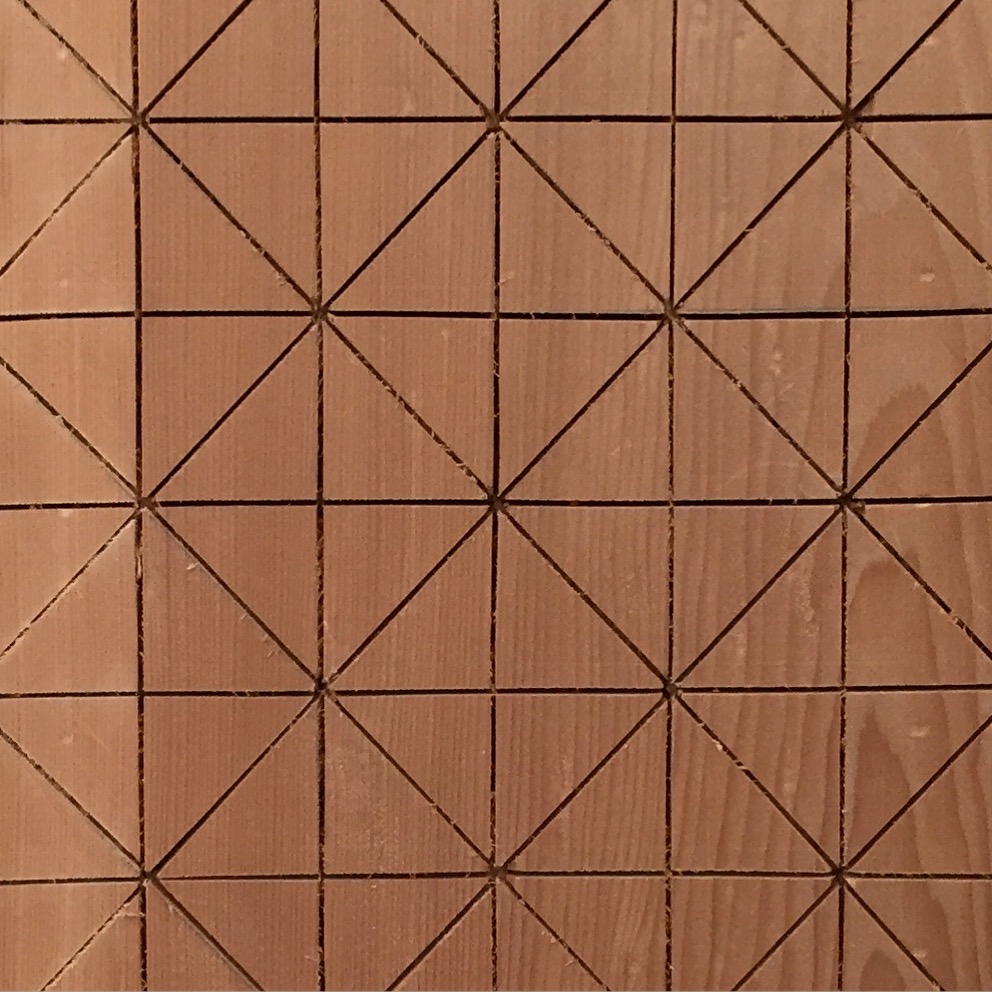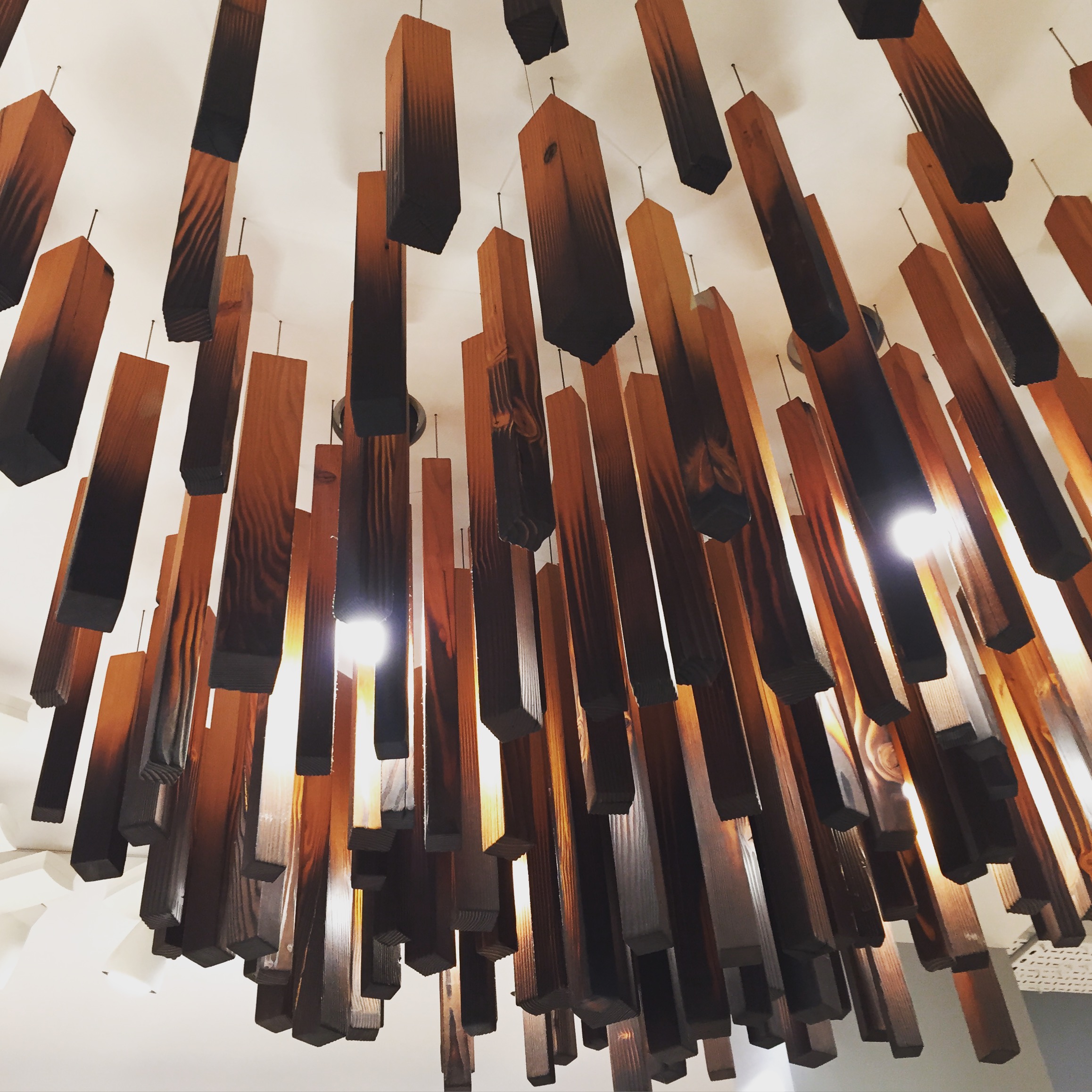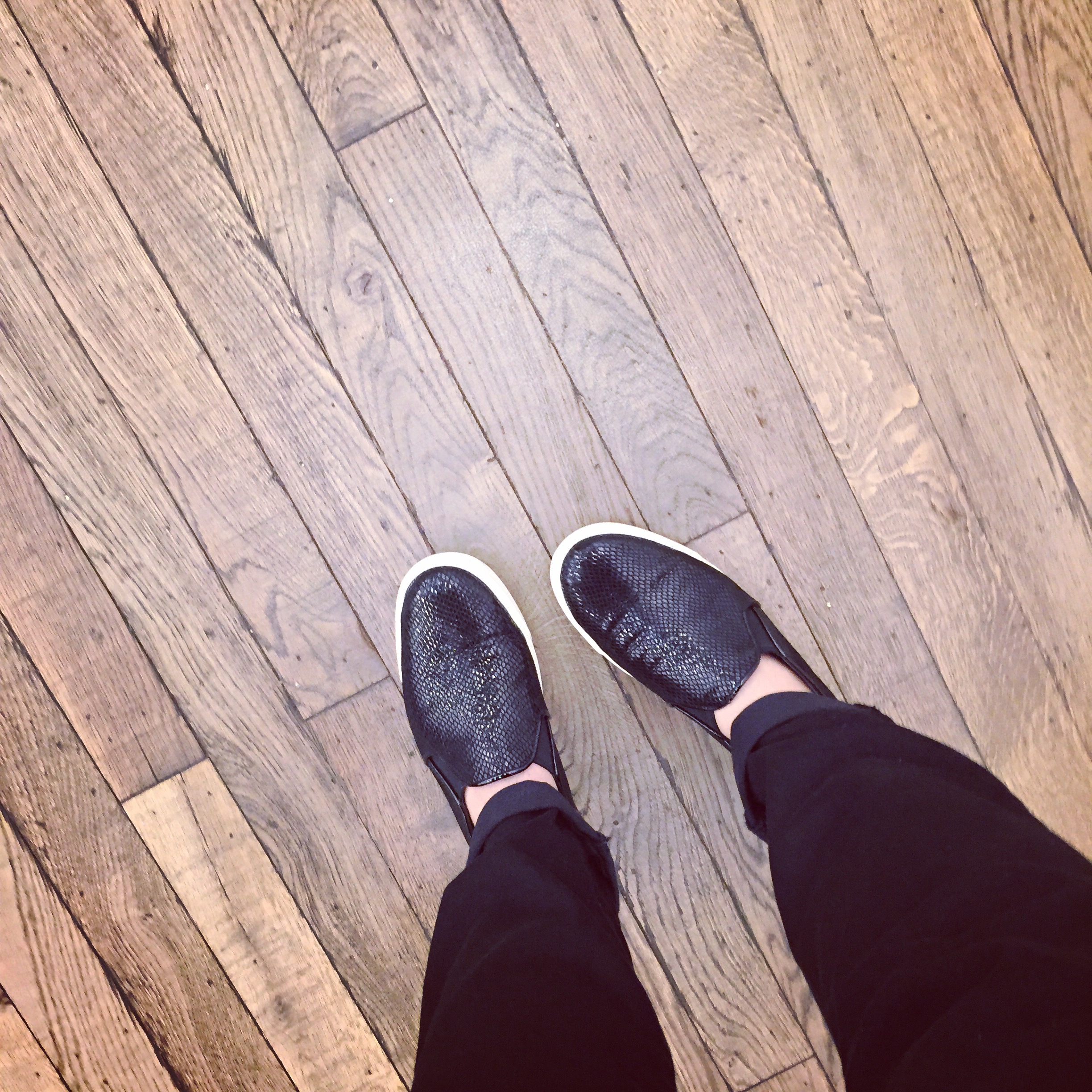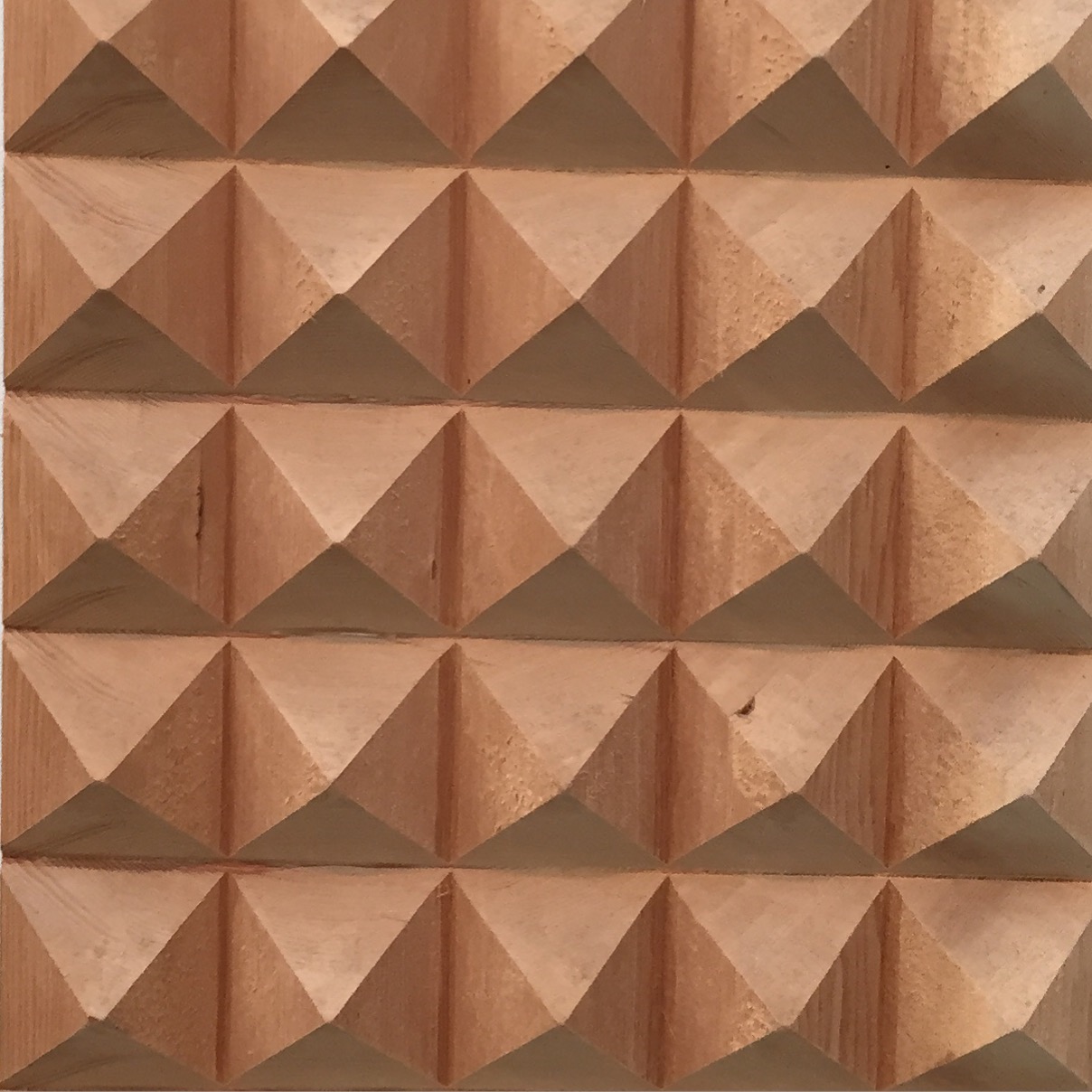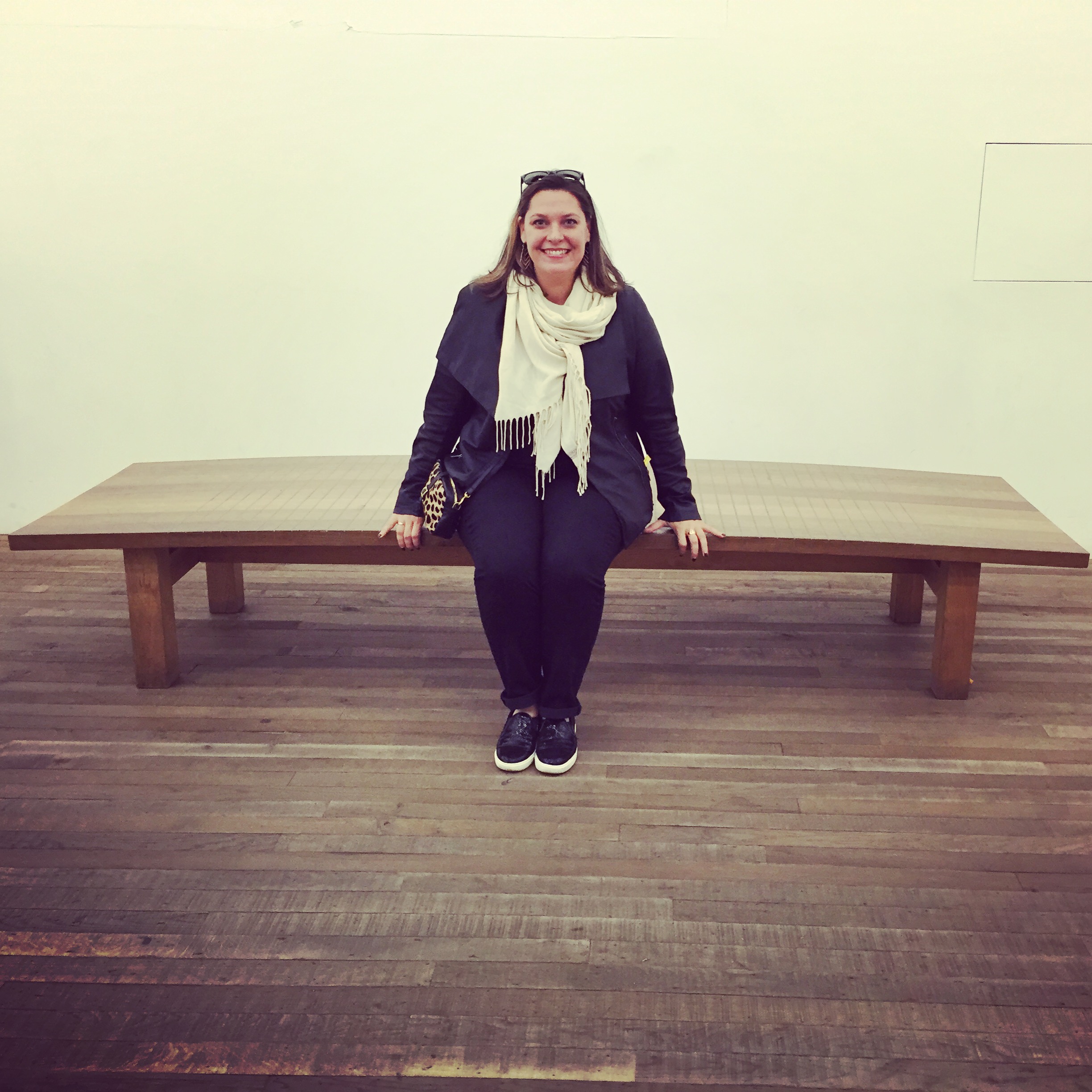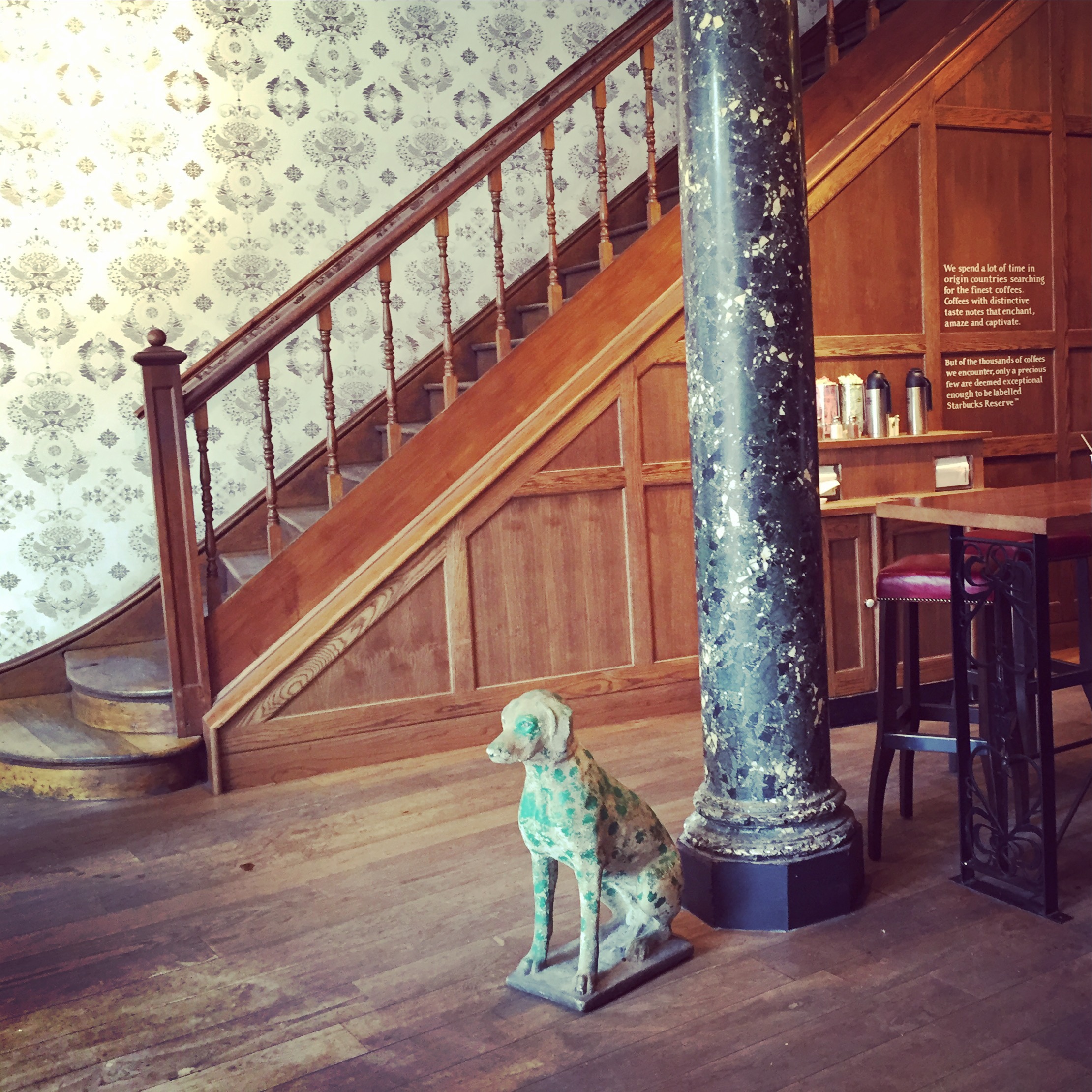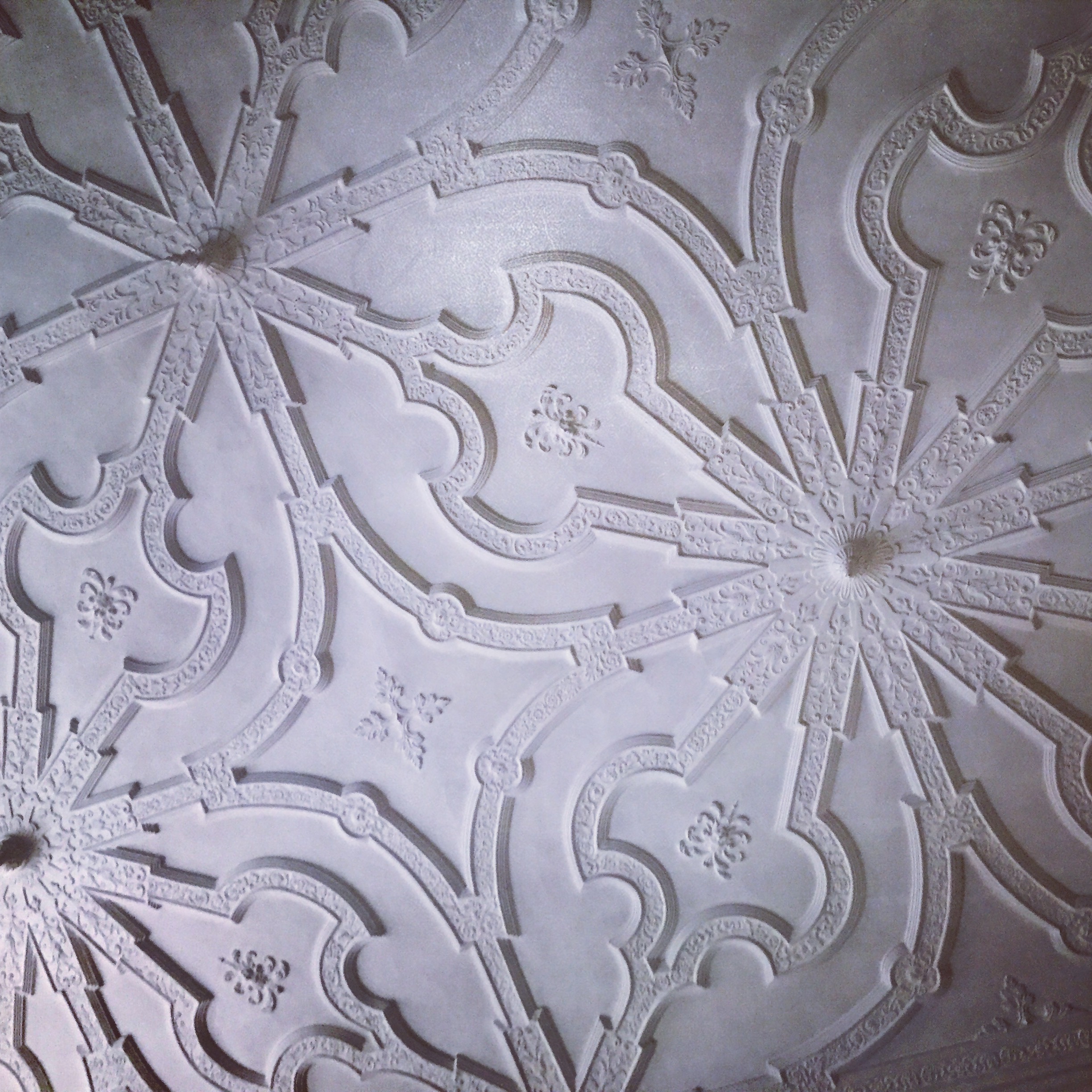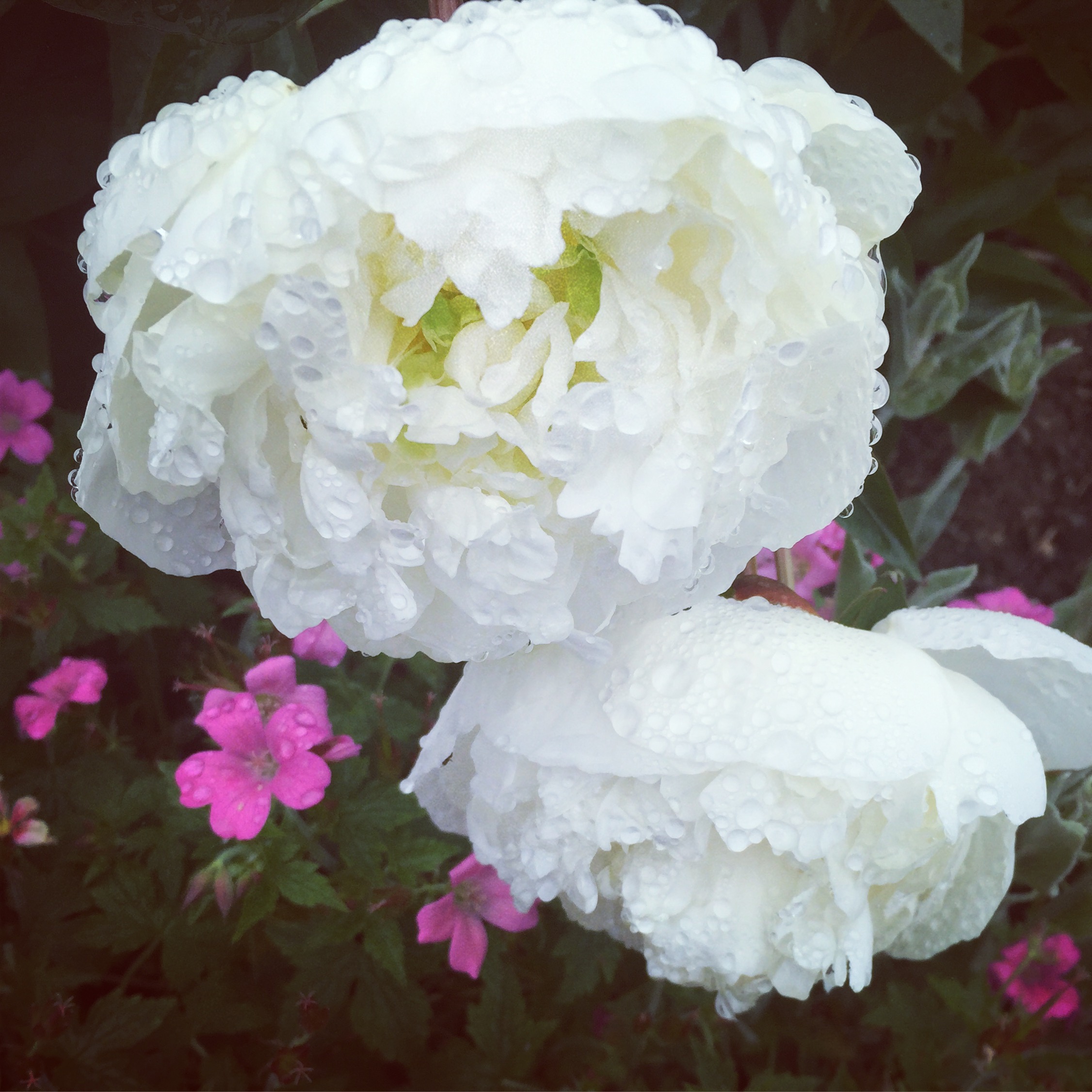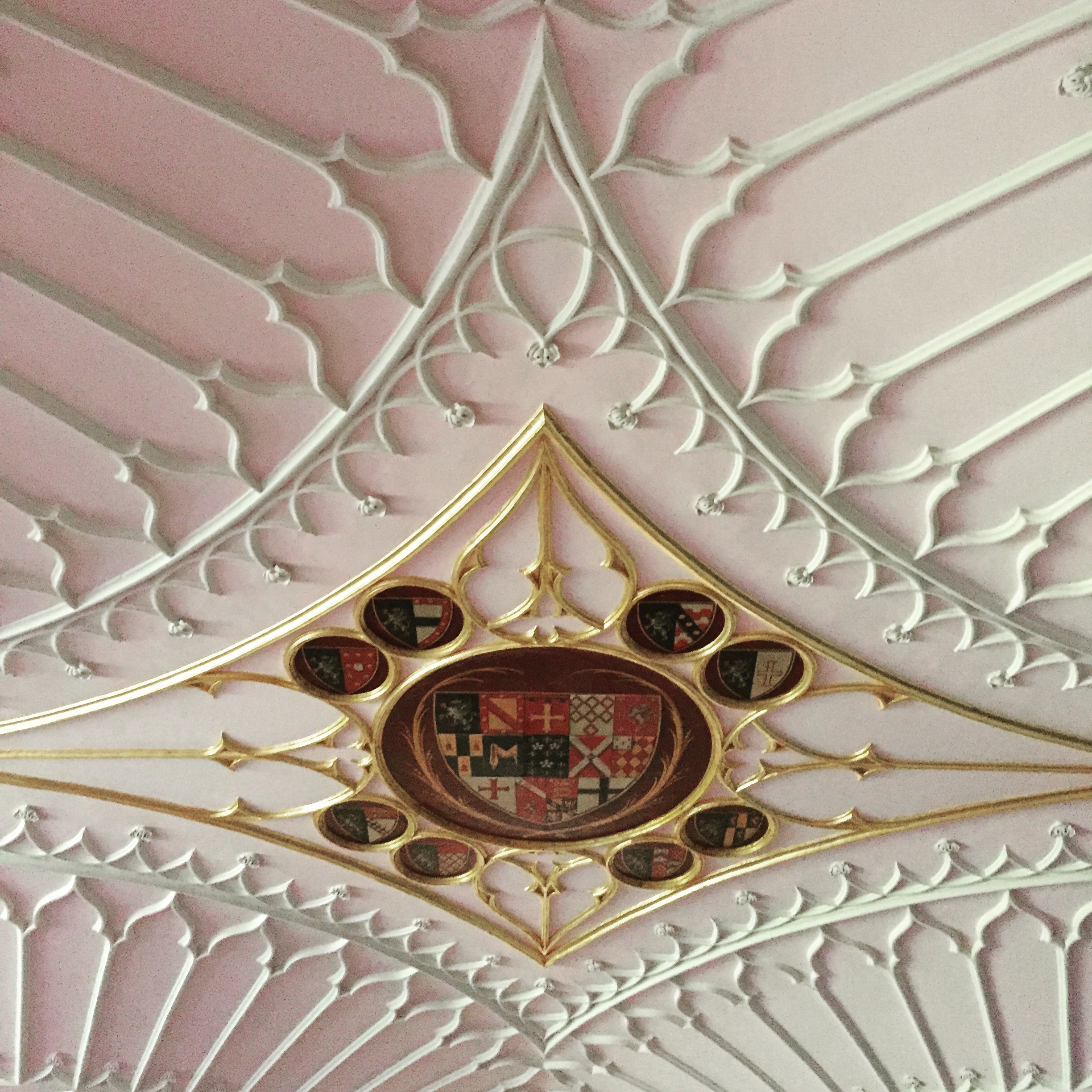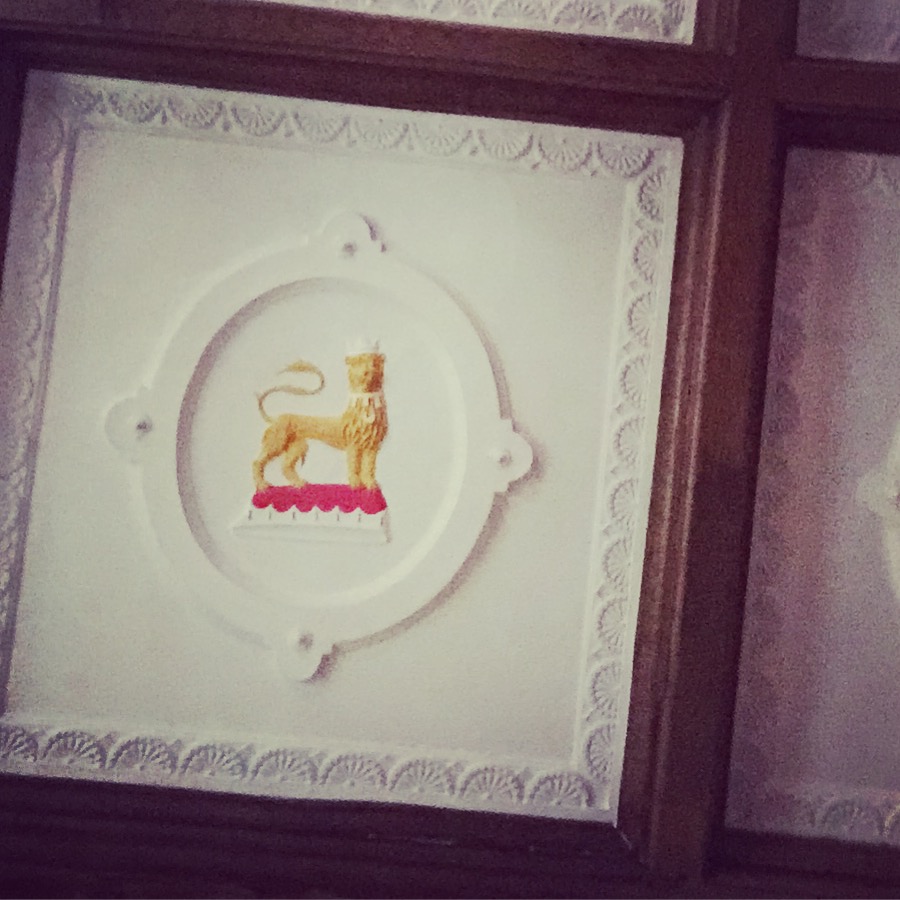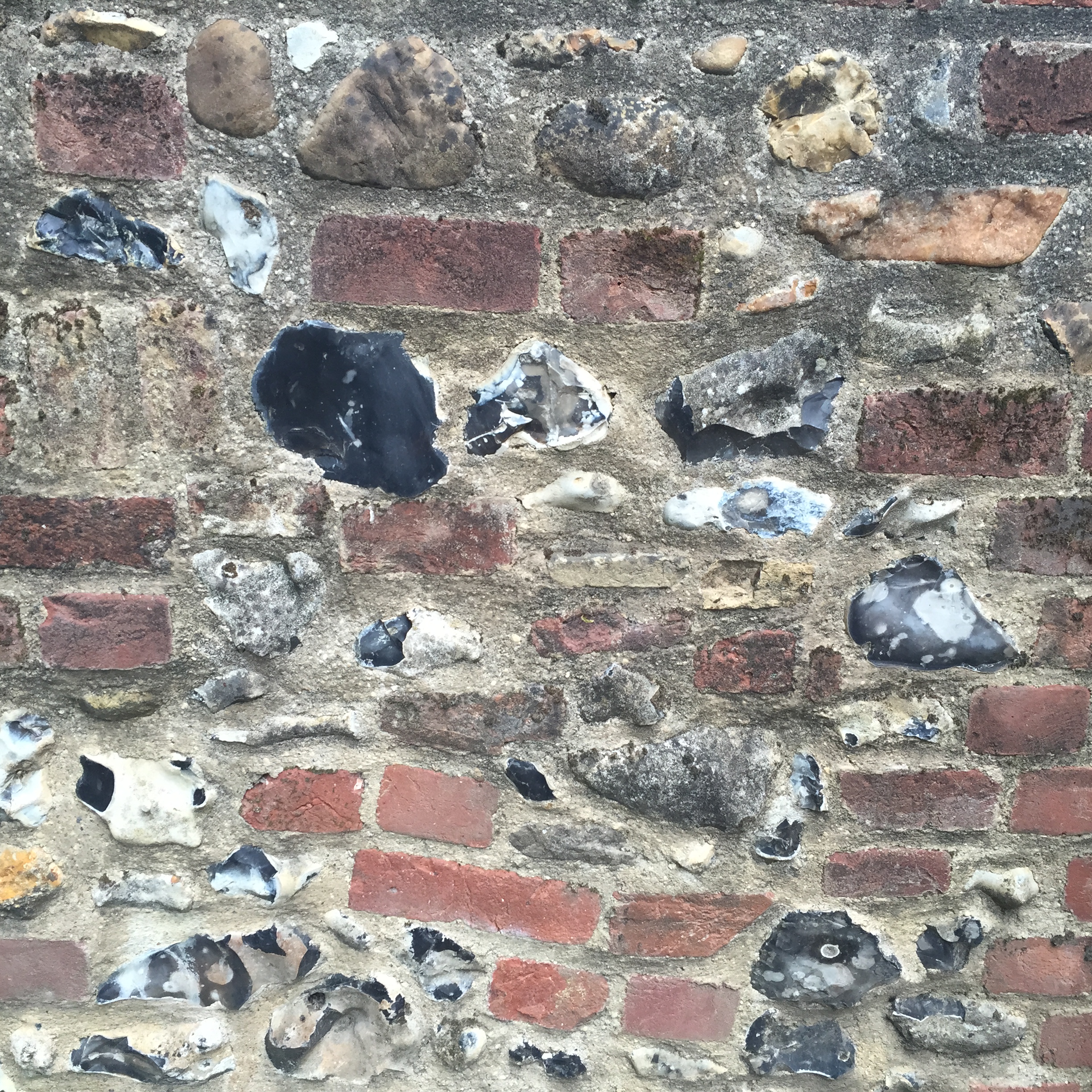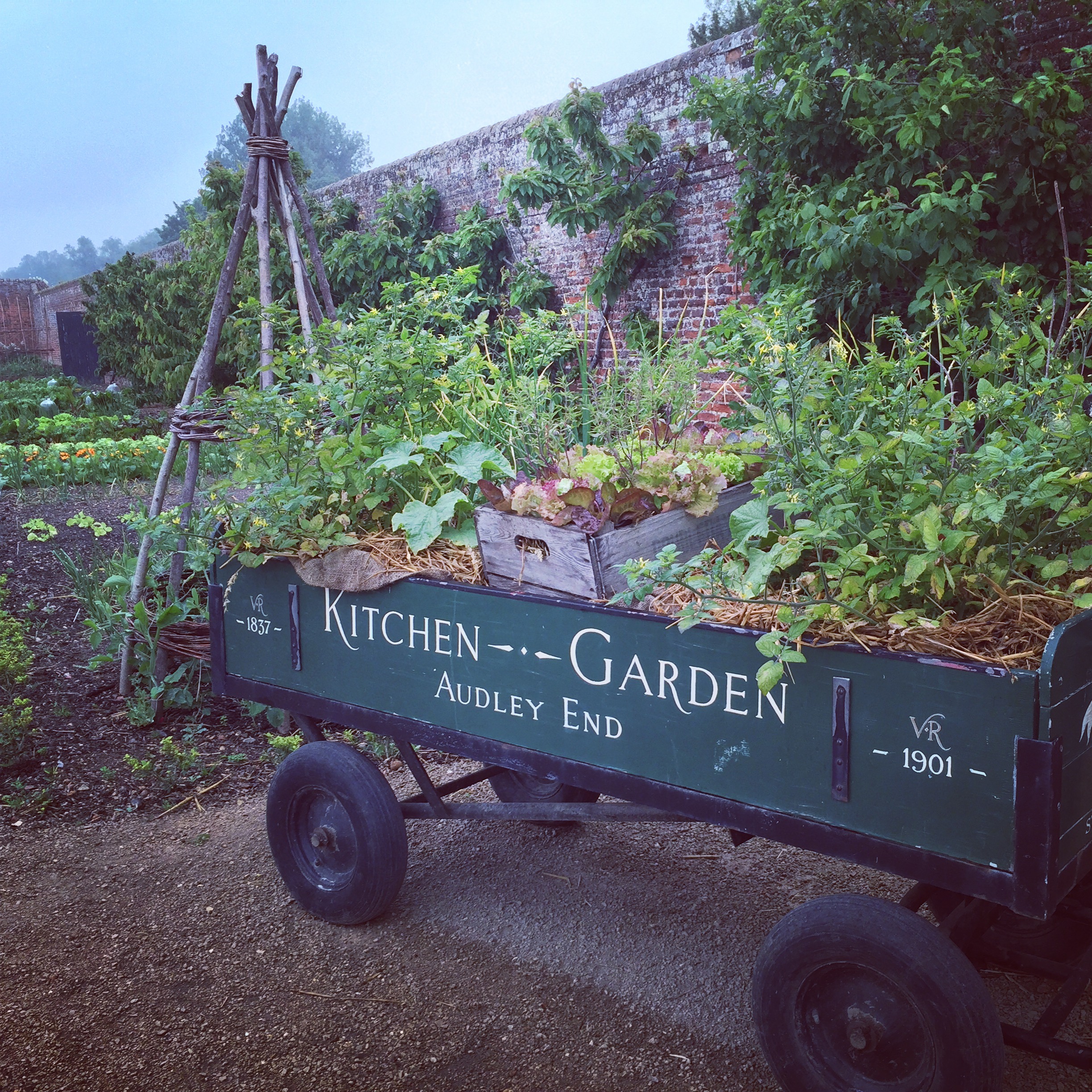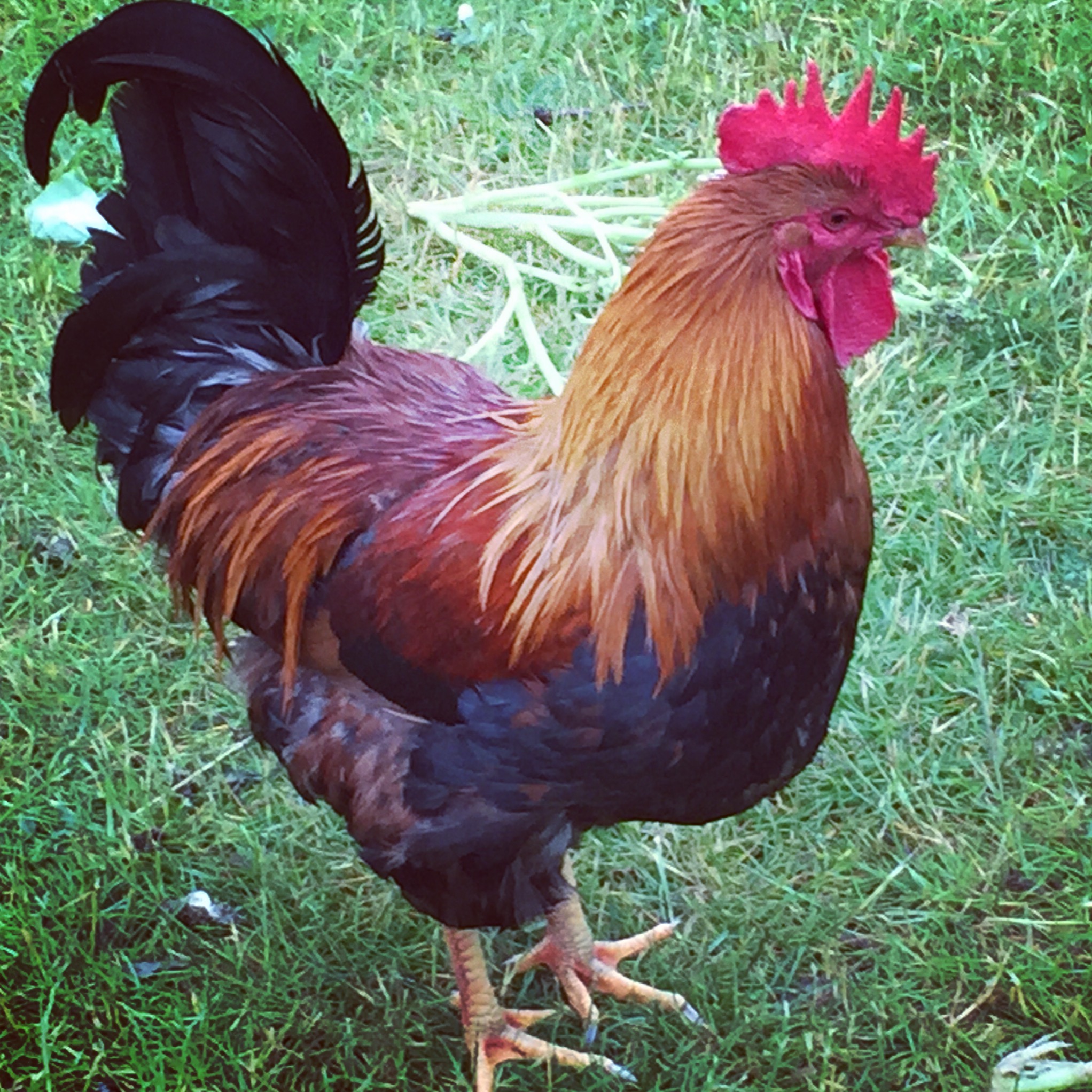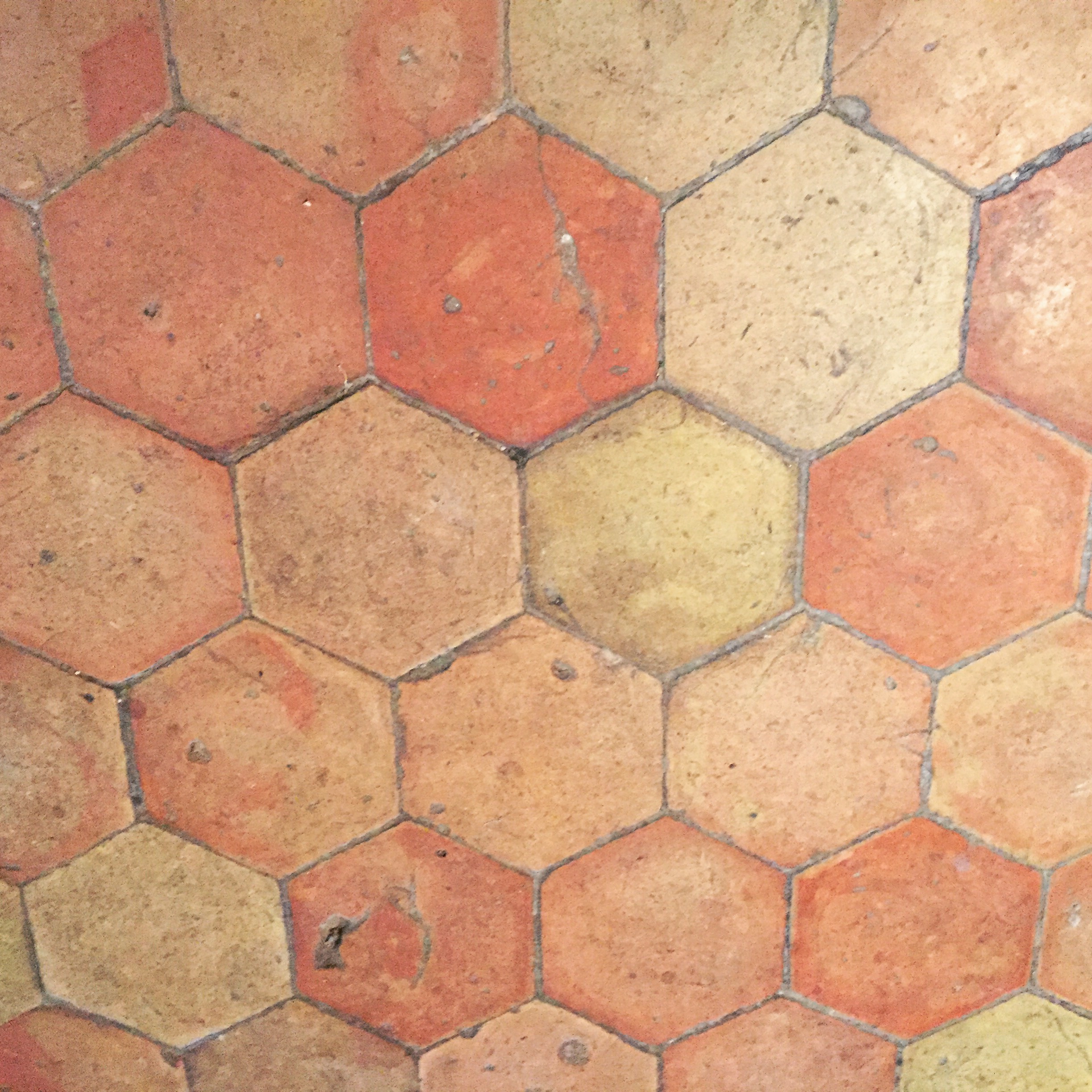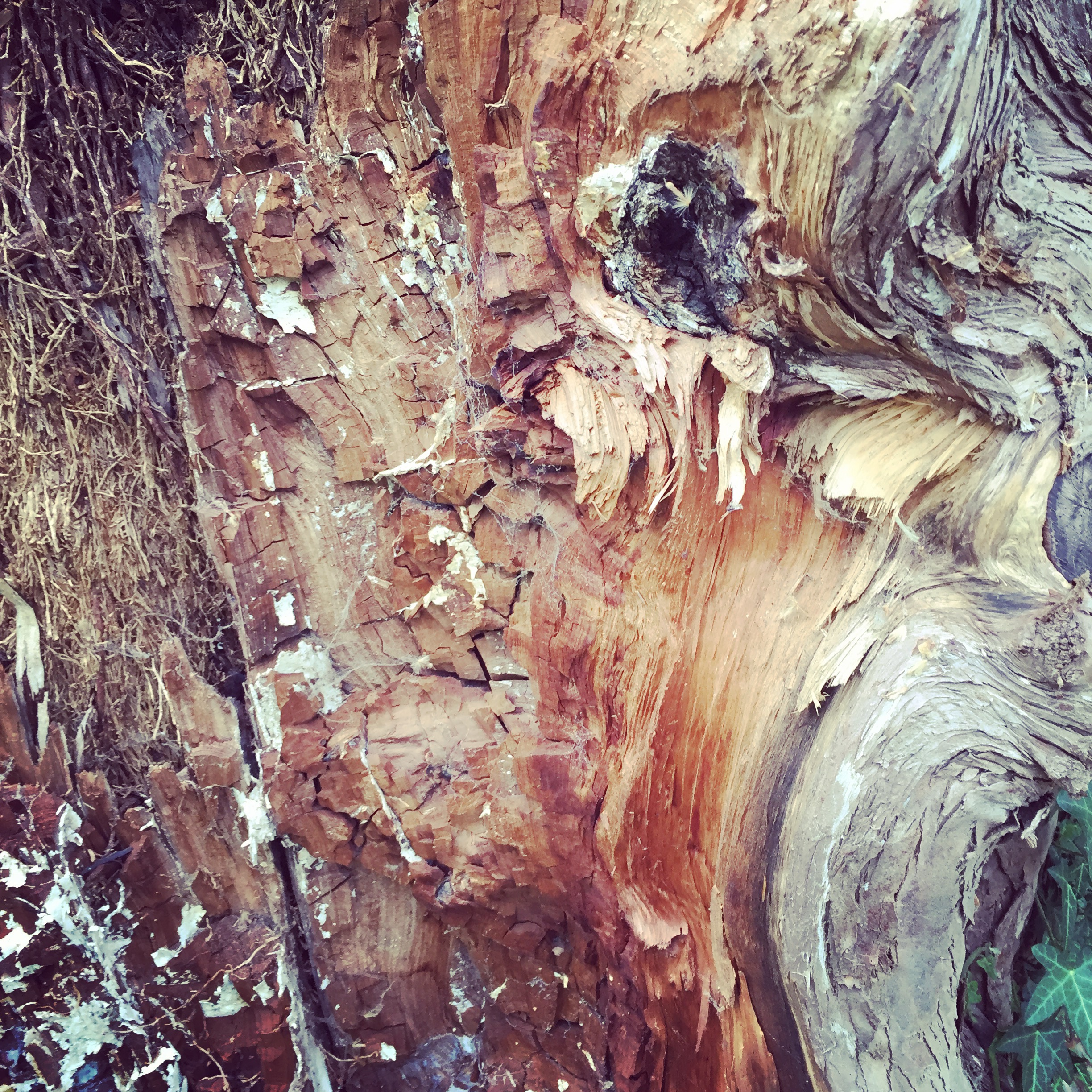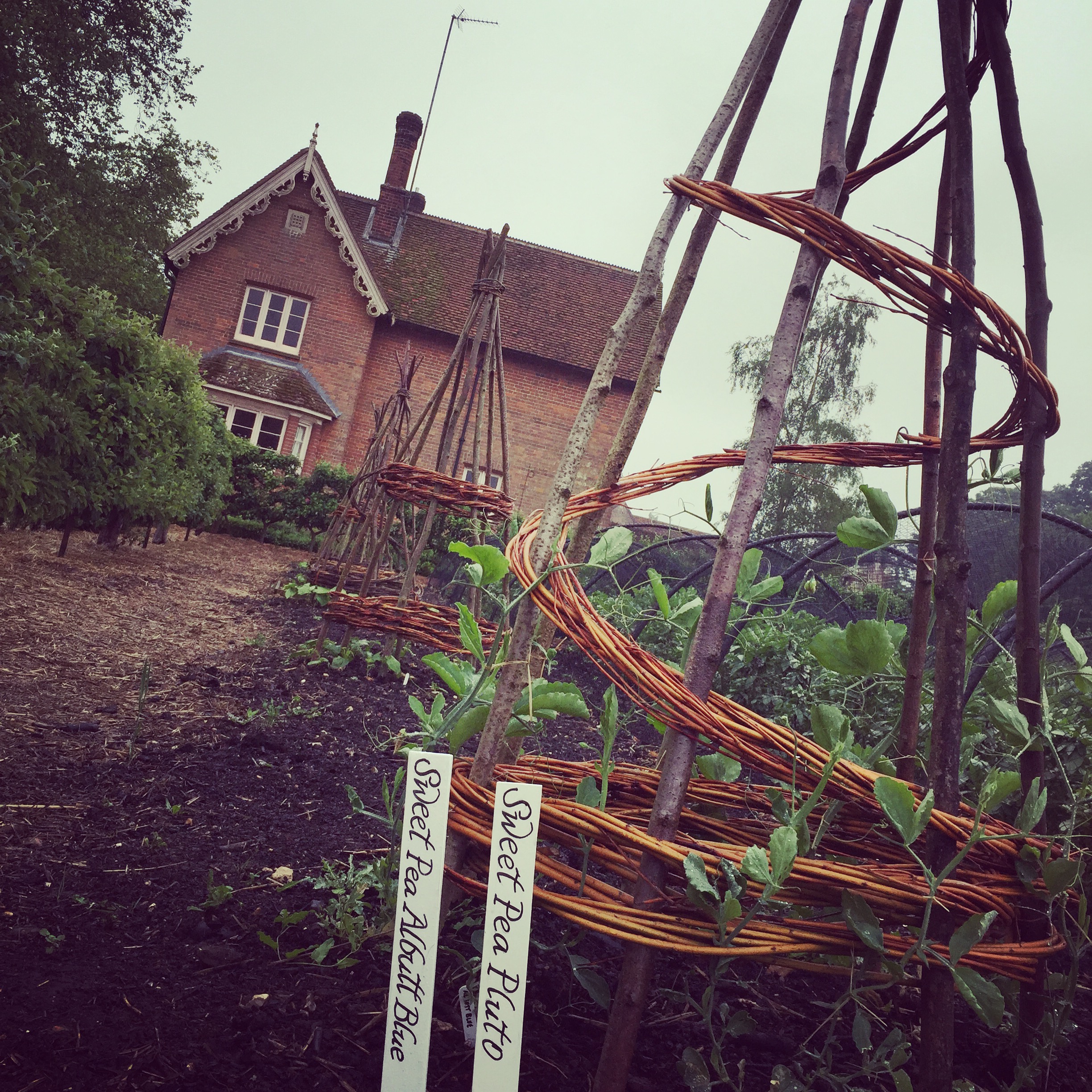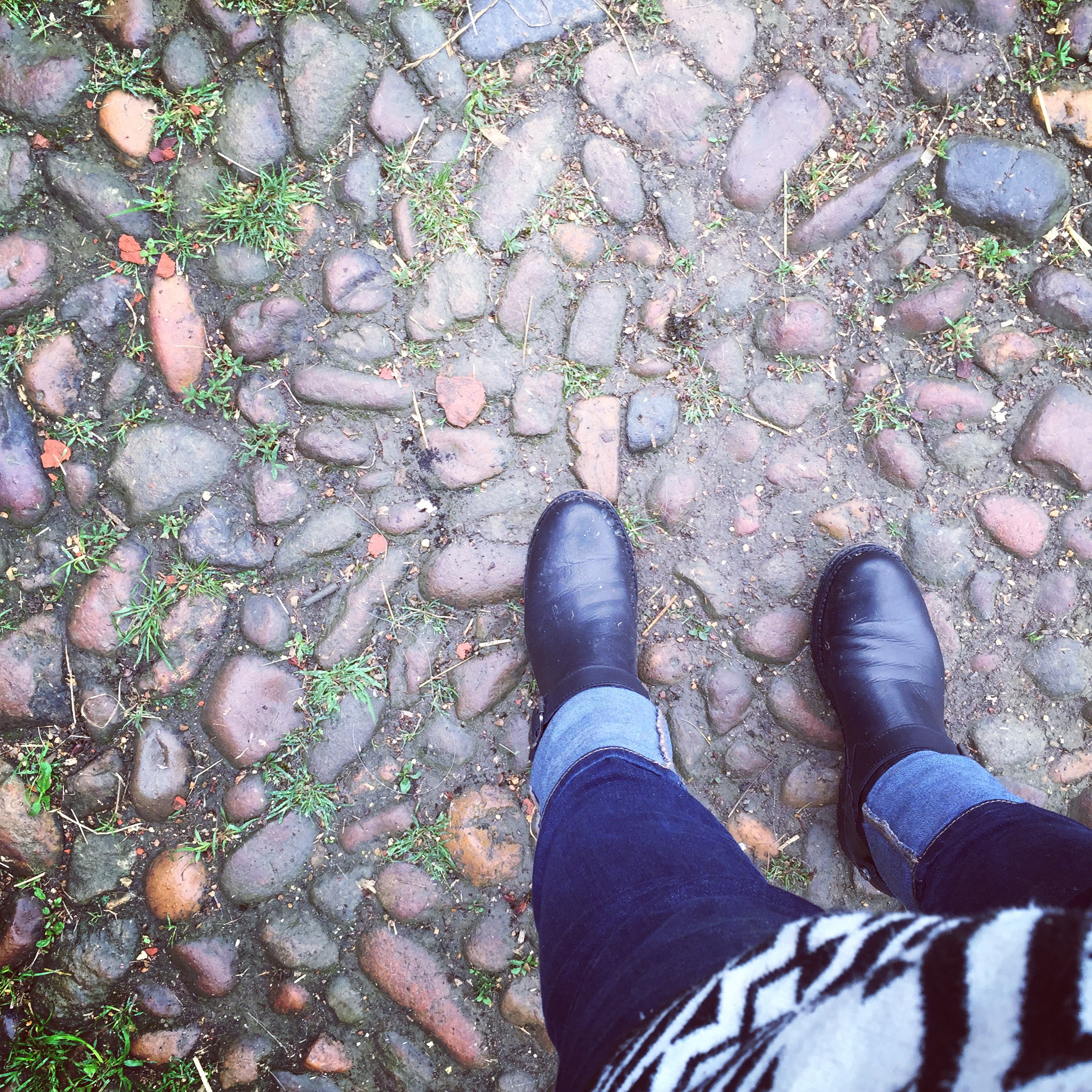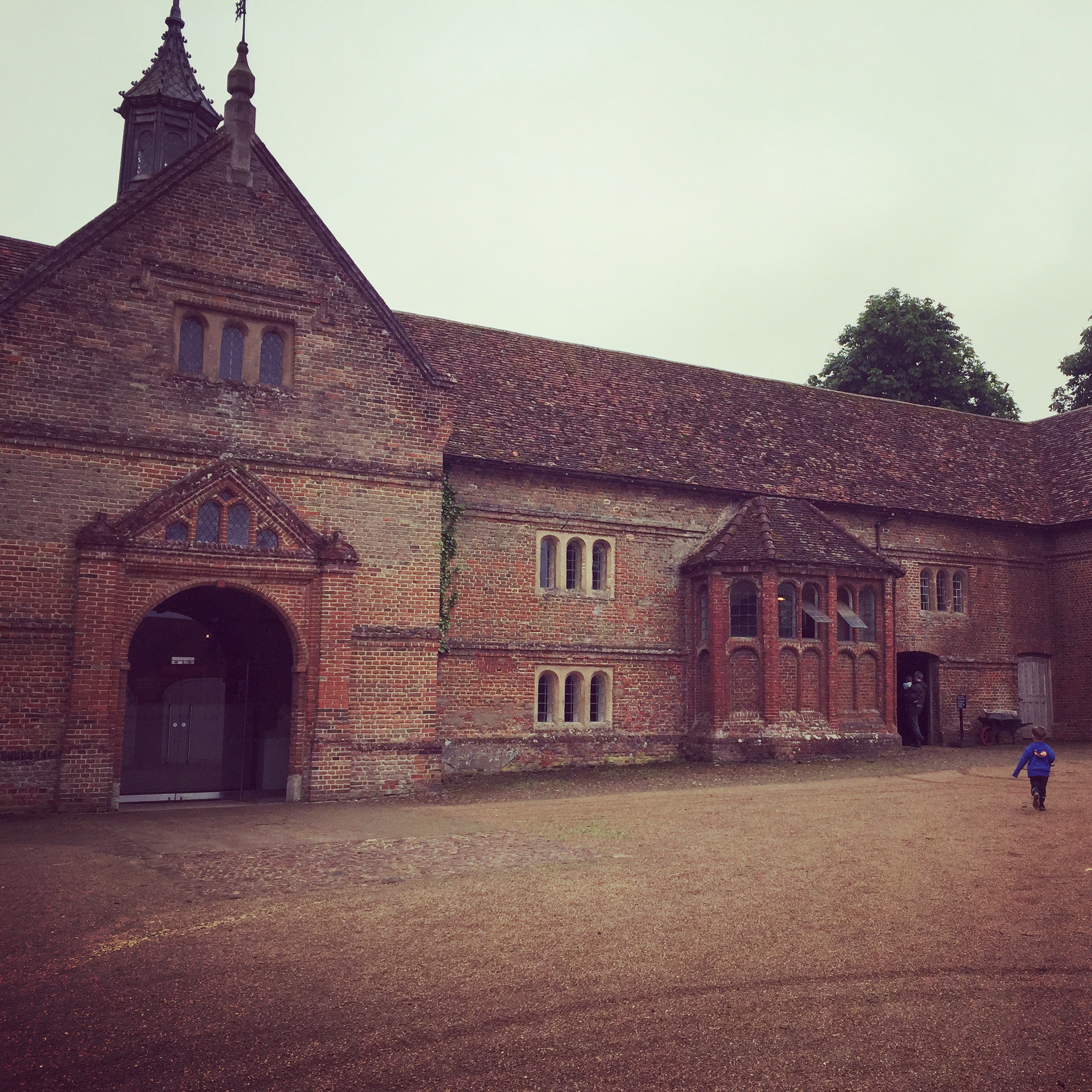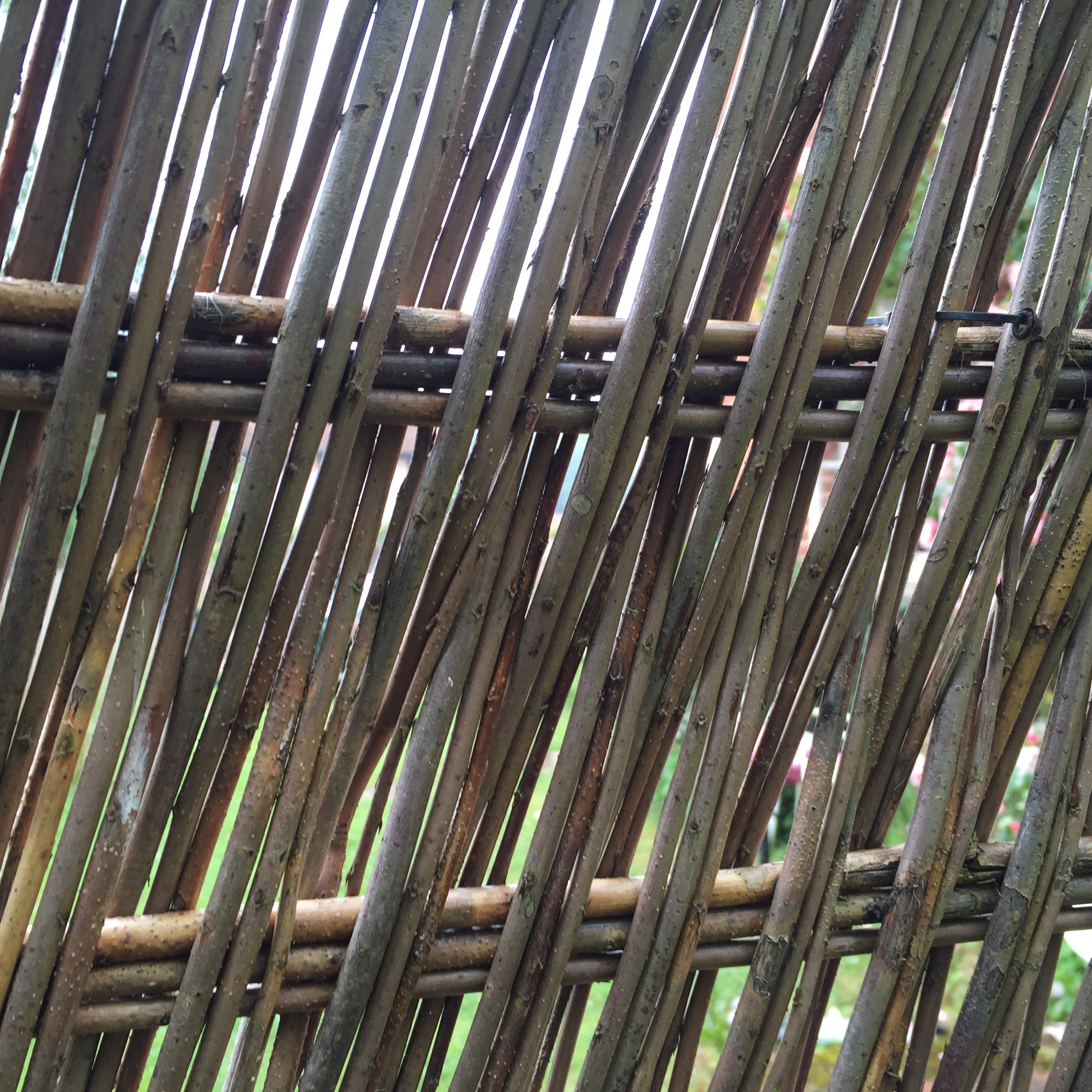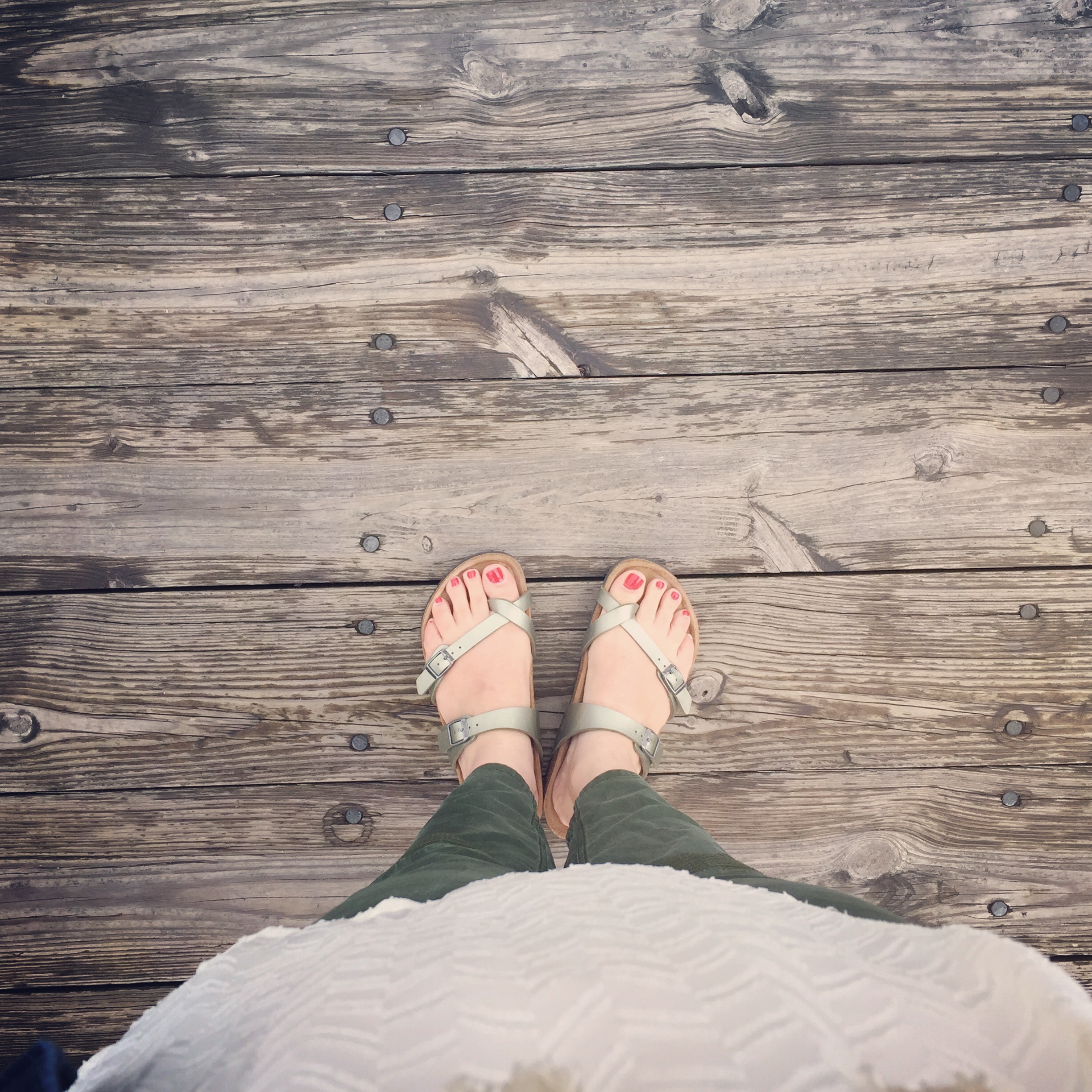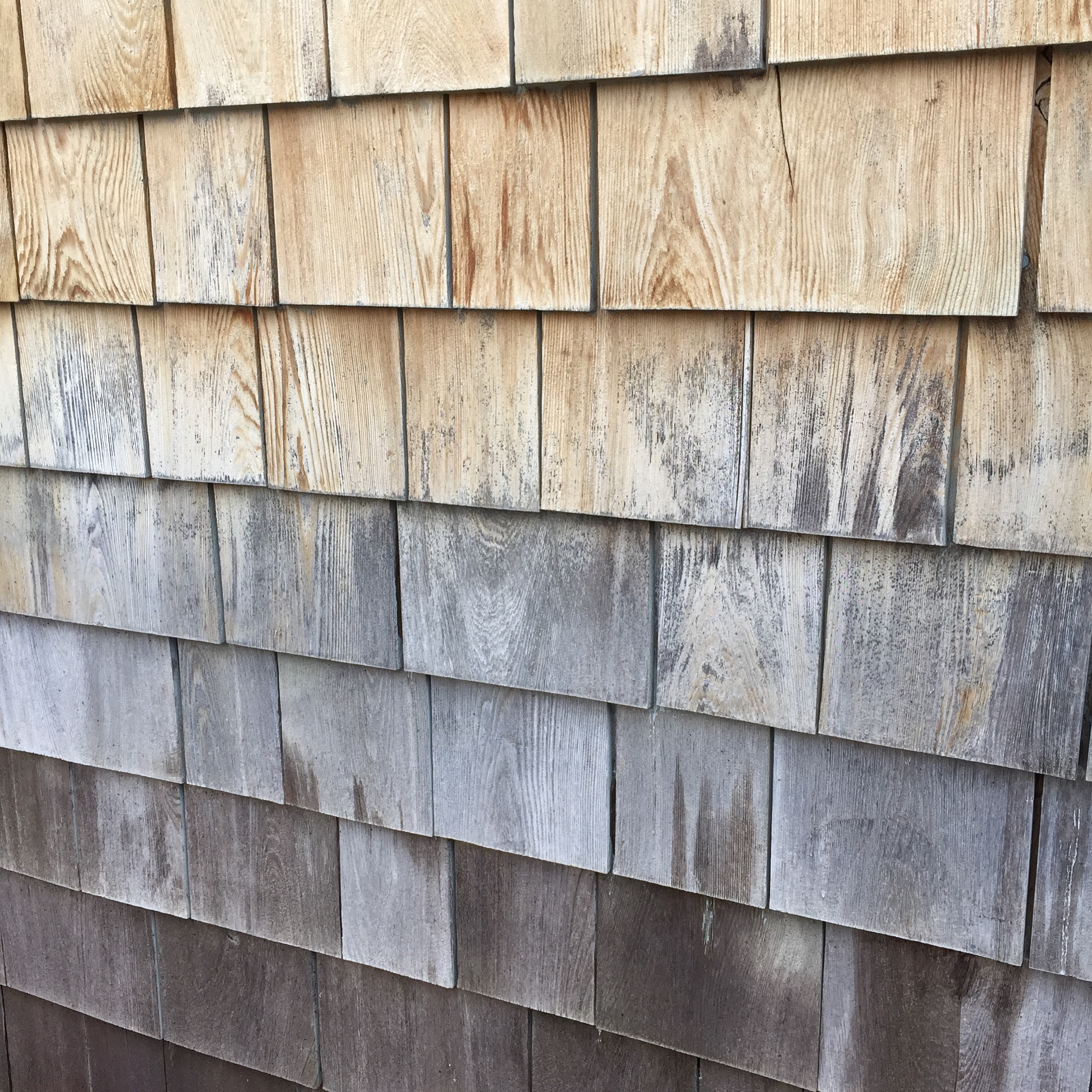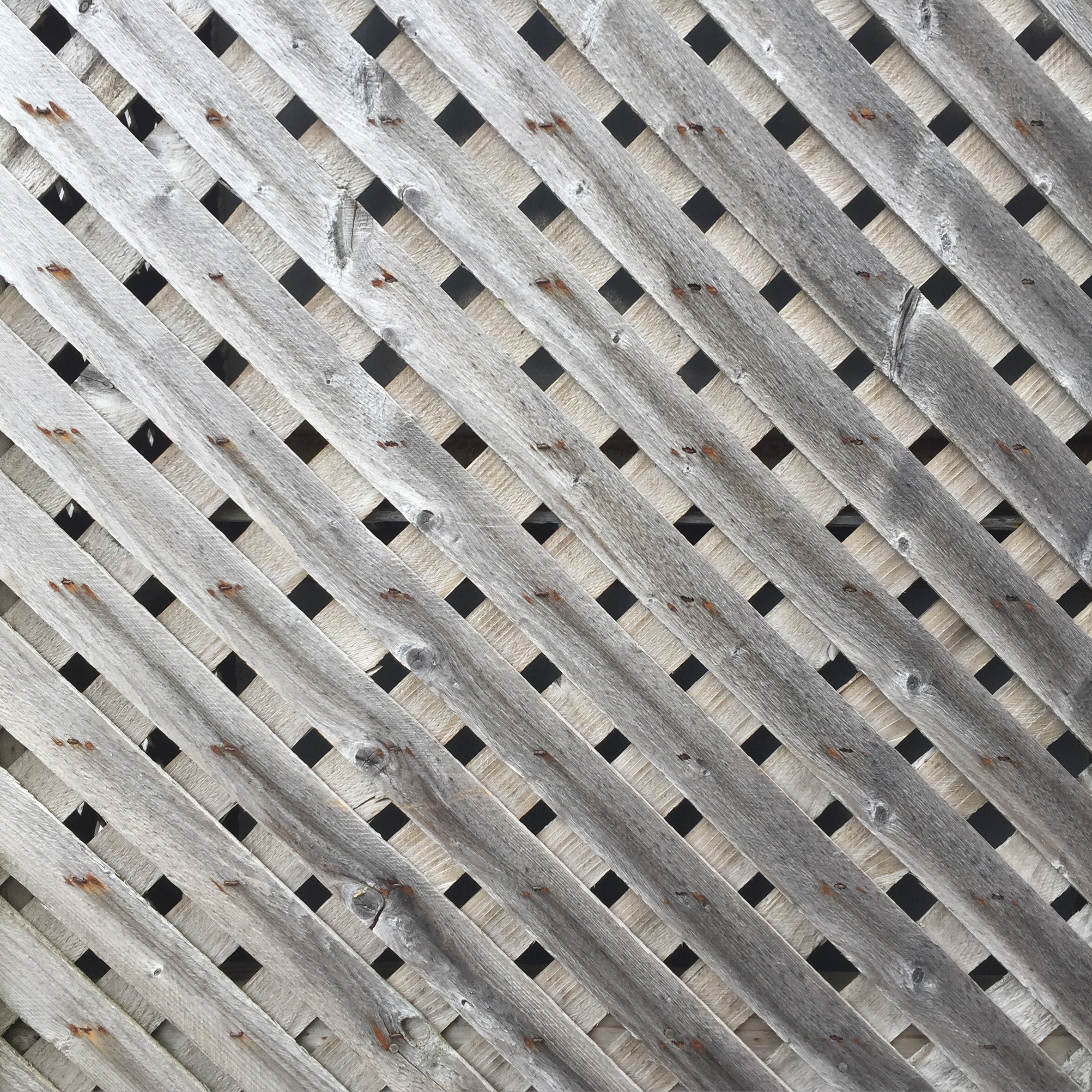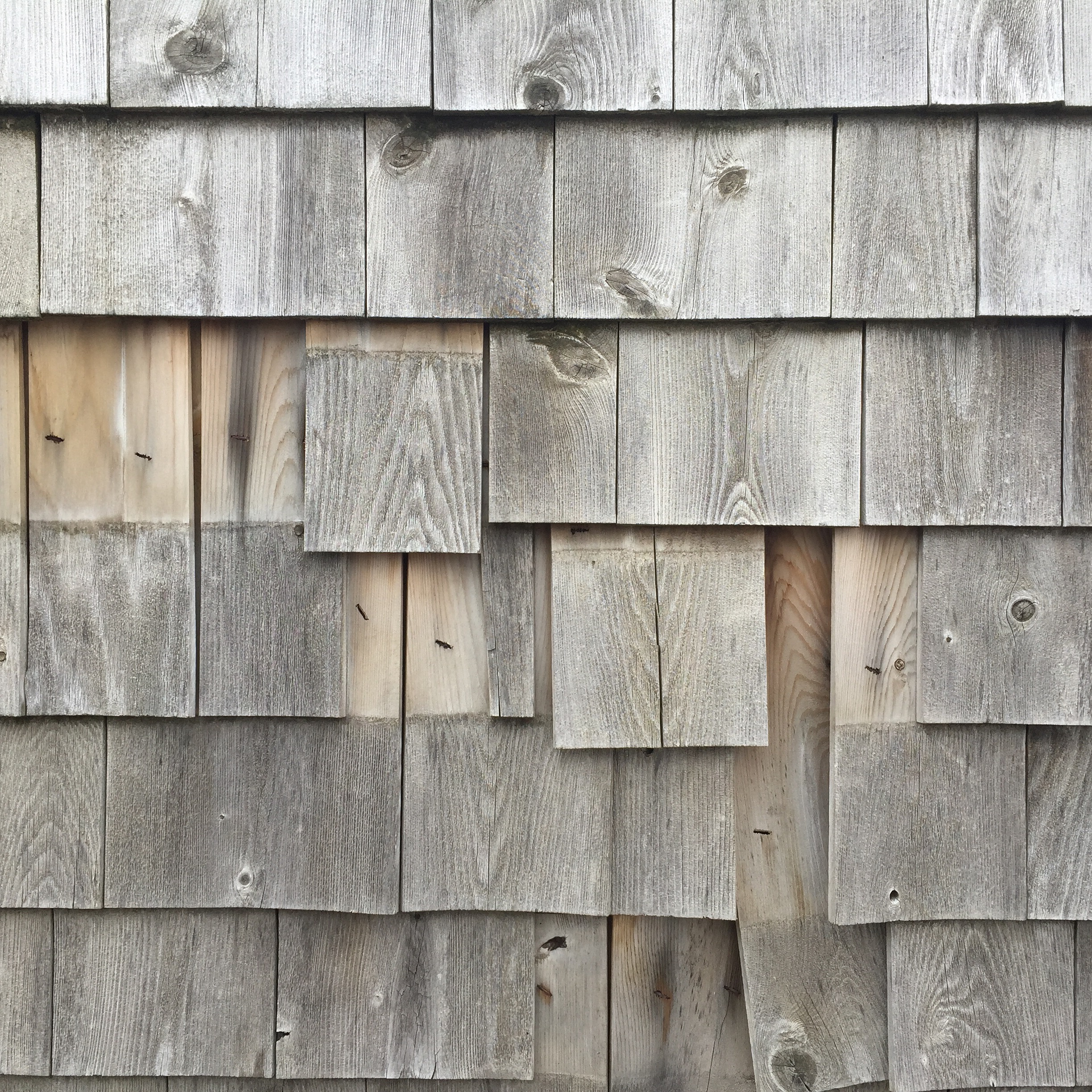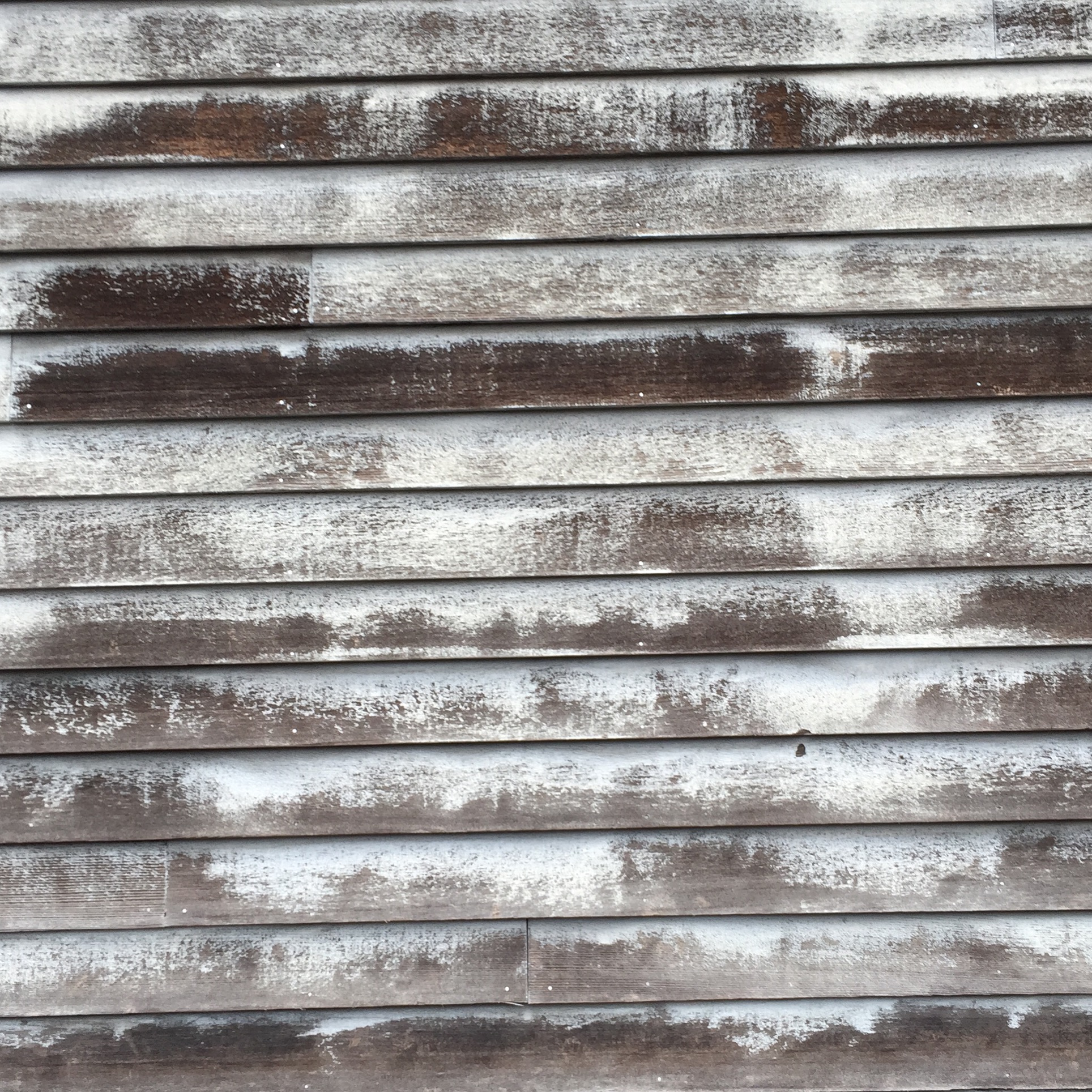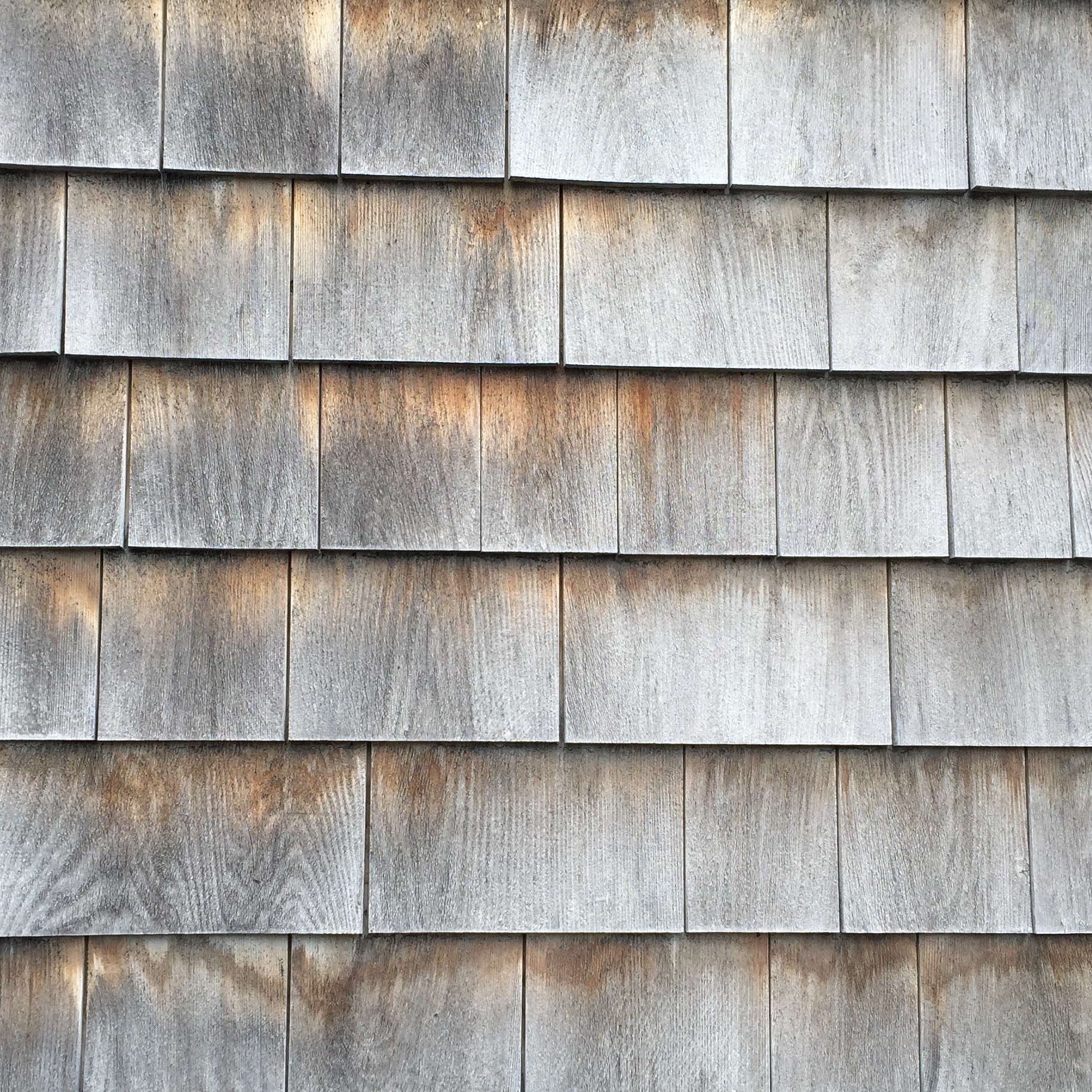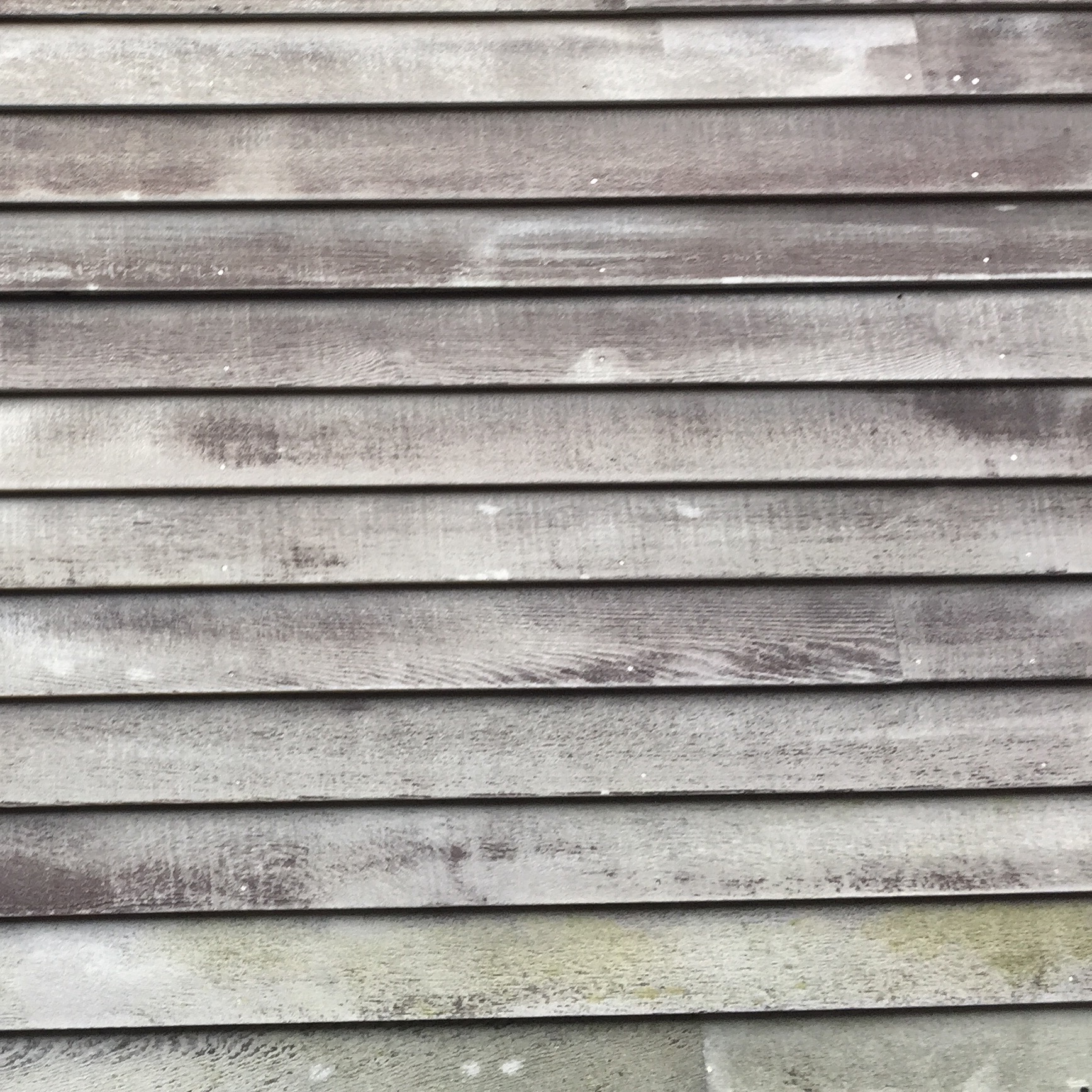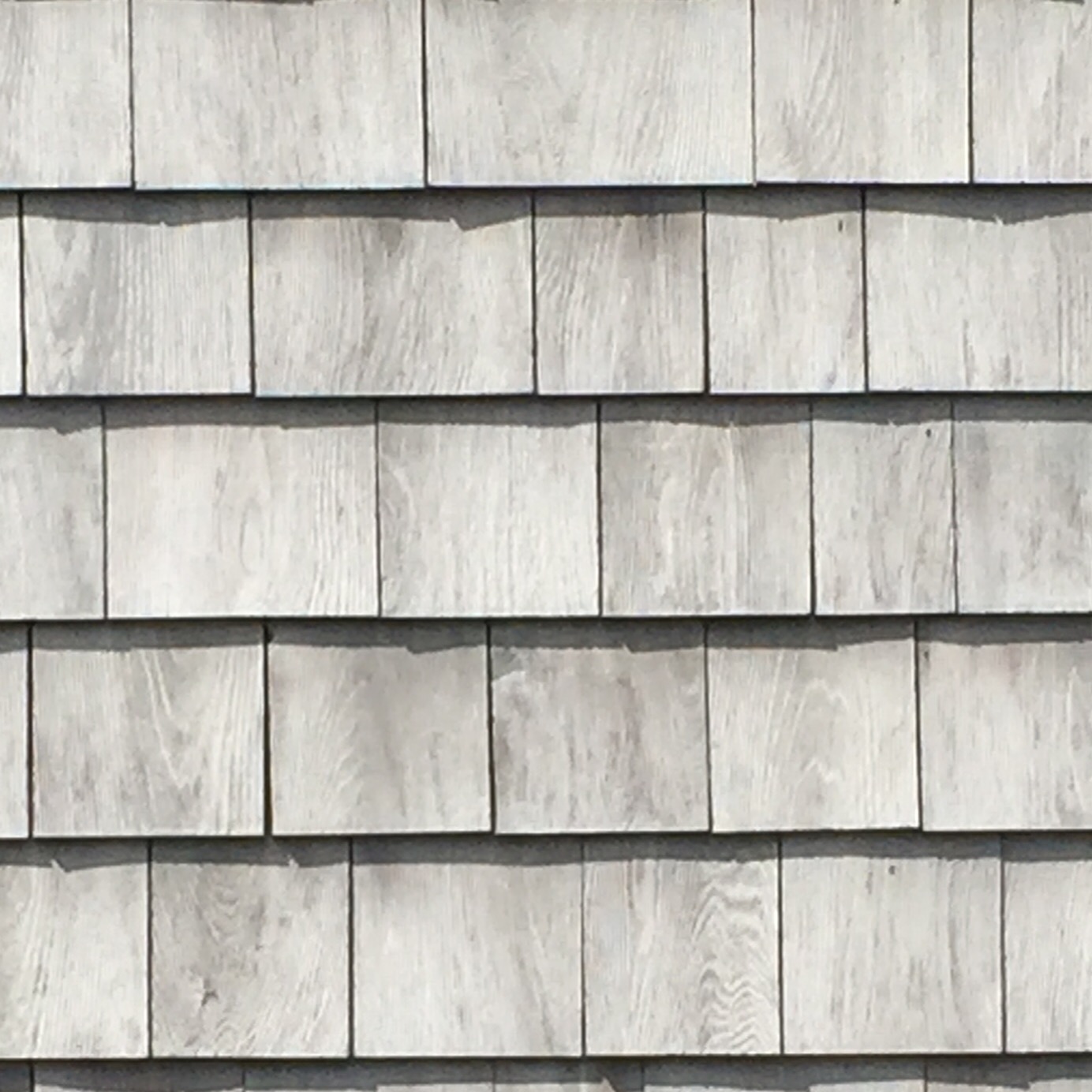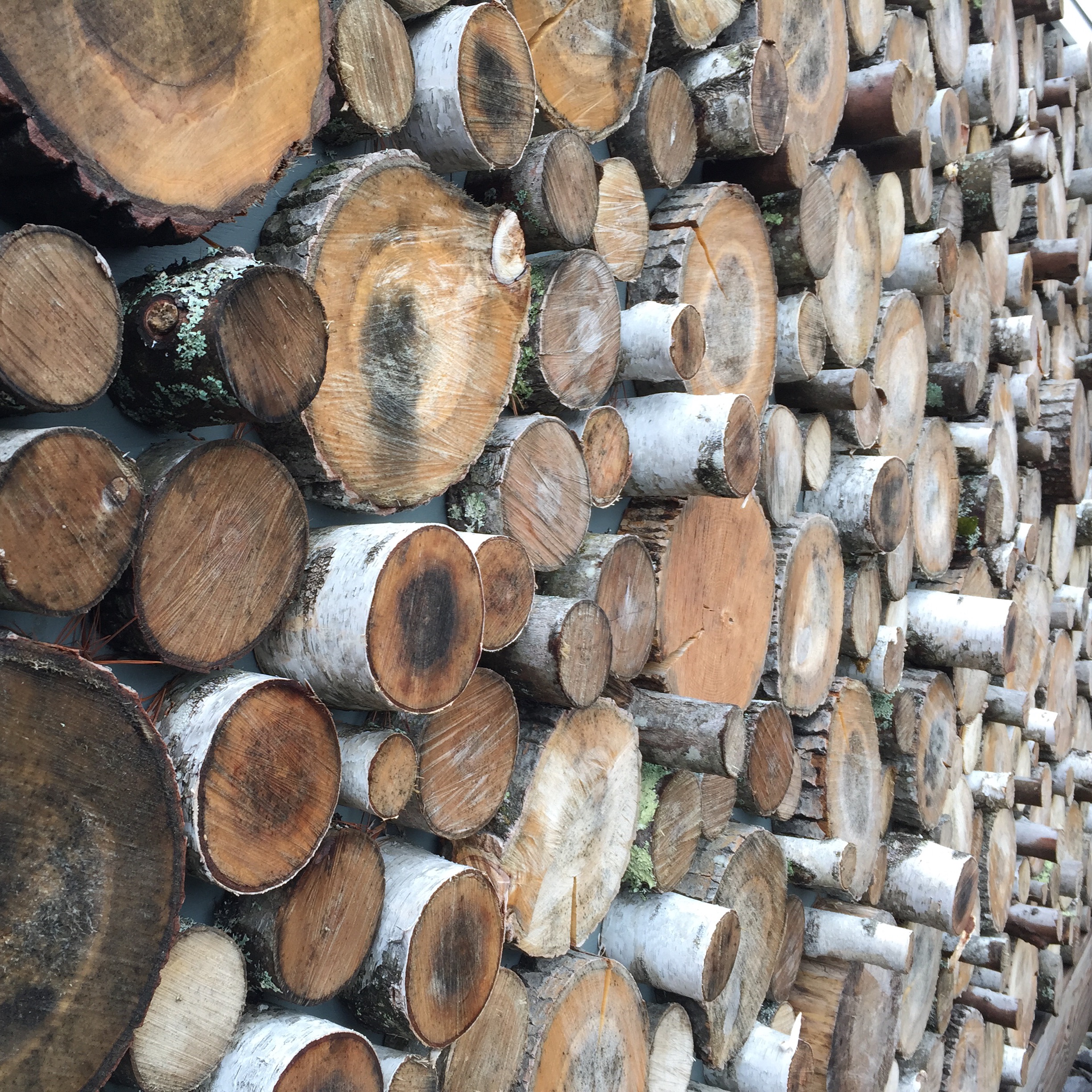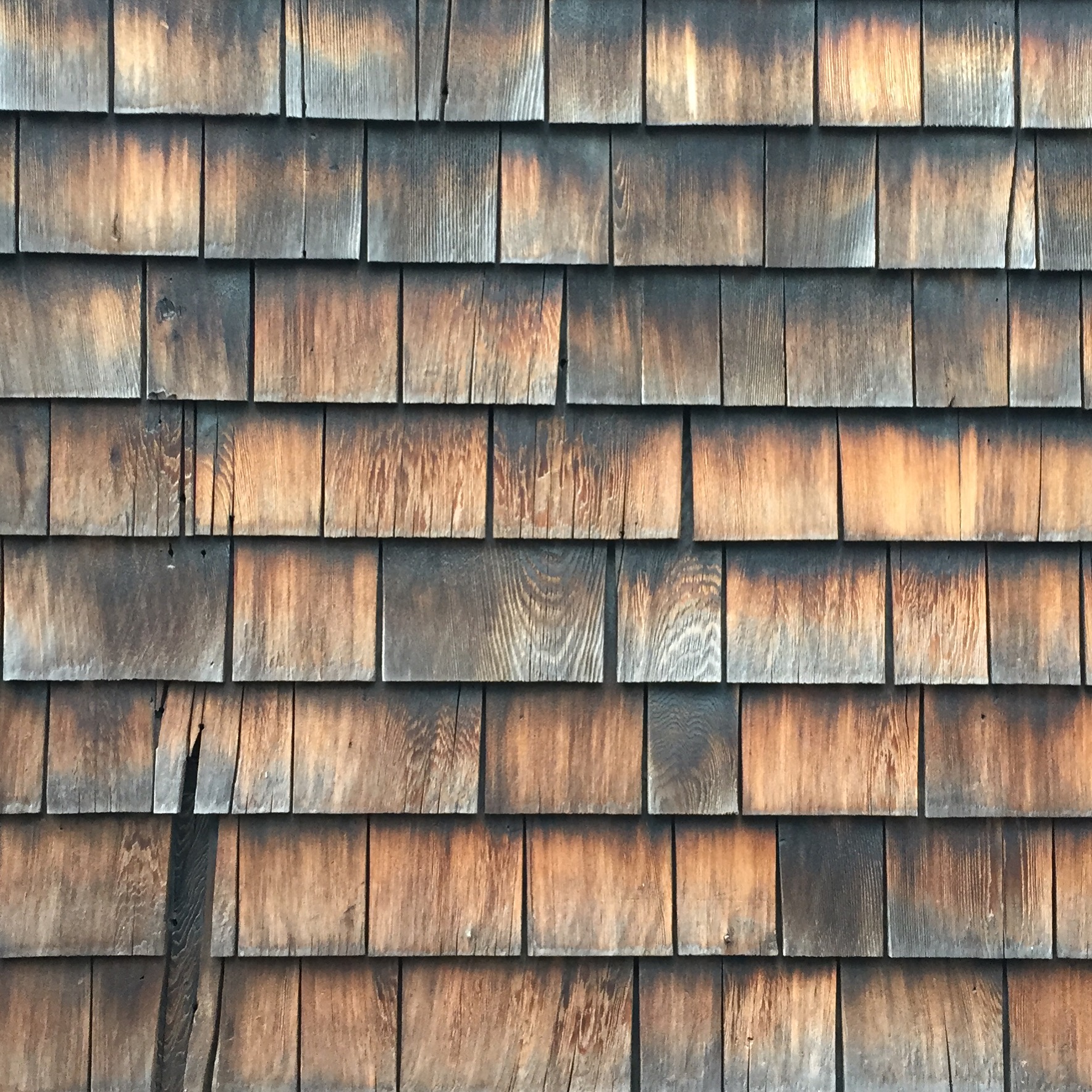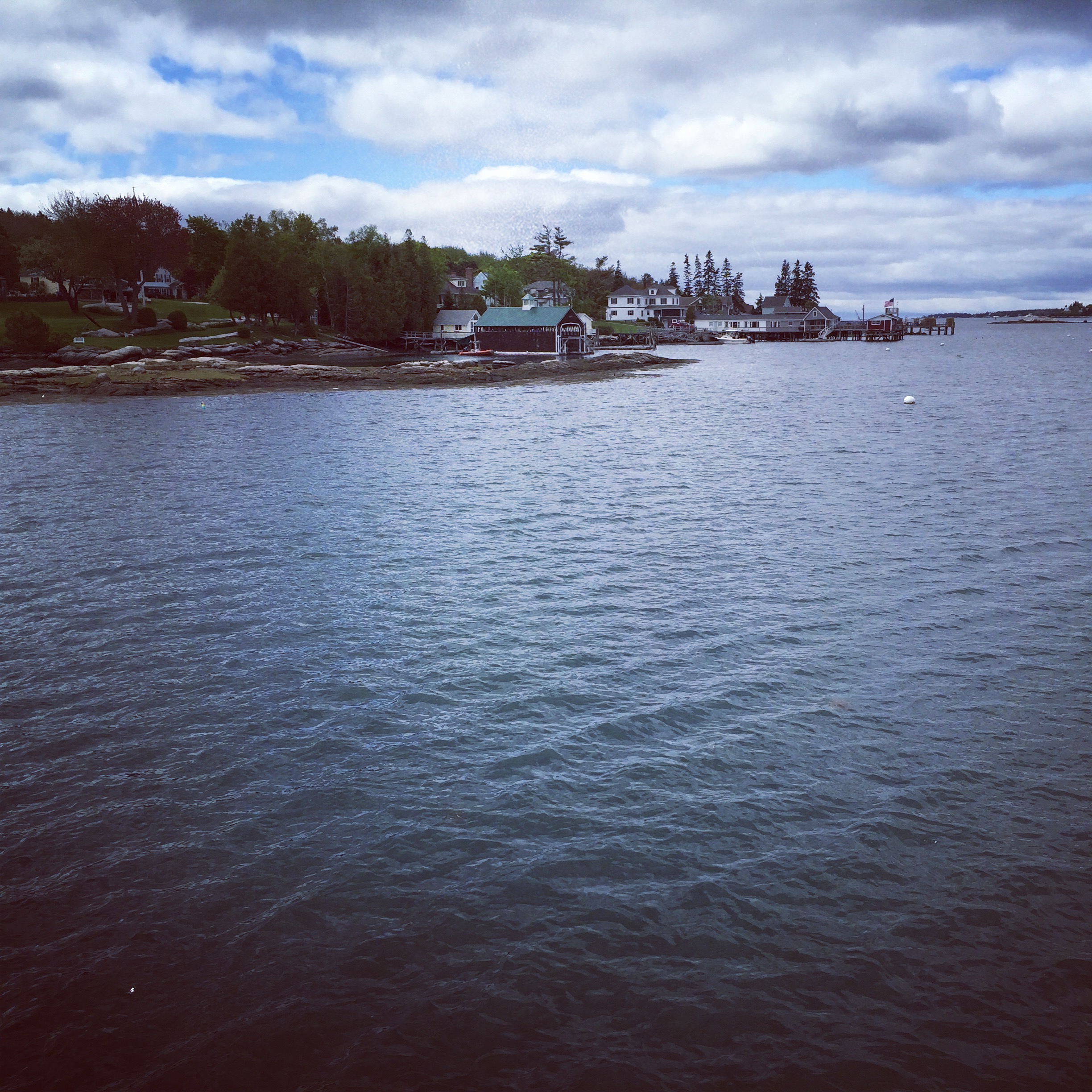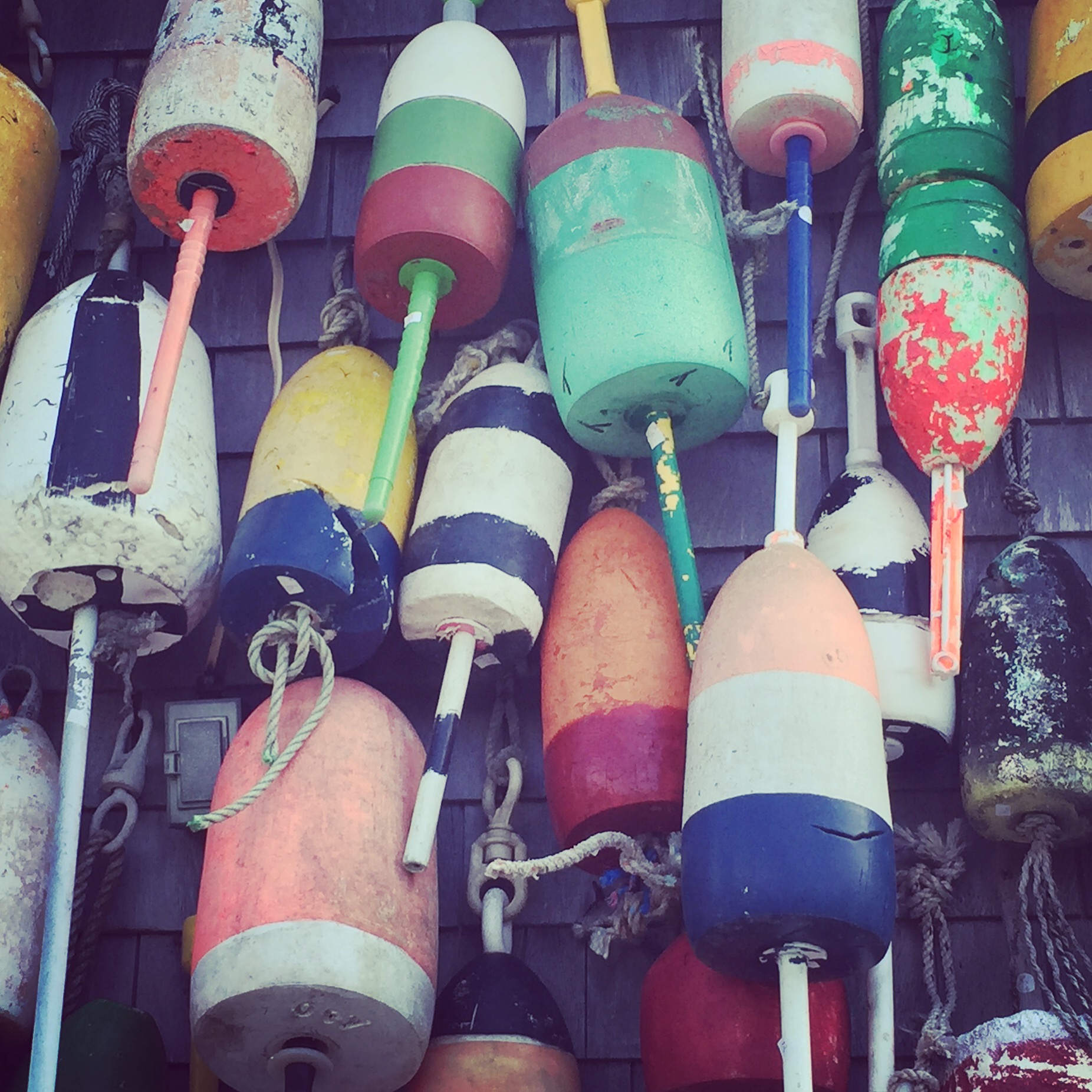On this unusually chilly spring evening in Ohio, I sit in my Hans Wegner Shell Chair, wrapped in the warm hug I receive from the woven wool blanket that I brought home from a recent trip to Ireland. As the tag on my now-cherished Avoca blanket kindly states, “Down here in the Valley of Avoca, days tend to be cooler and nights, that extra bit nippy. For centuries, woolens woven at Avoca Mill have been keeping us [and] fans worldwide toasty. Still family-owned and very design-driven, our mission is mainly to have fun with color, textures and each other.”
Established in 1723, this heritage brand embodies the essence of Ireland, both in its historical traditions and its modernity. And its four-story flagship store in Dublin embraces that notion, as well. Unbeknownst to me at the time, Avoca is one of the world’s oldest surviving textile manufacturing companies and is Ireland’s oldest weaving mill, beautifully crafting throws, scarves and capes in natural fibers. And even though this company is rooted in its heritage, they aren’t afraid of progress. From vibrant color palettes to the expansion of the brand, going beyond woolen goods to manufacture Avoca Anthology soaps, ceramics and even signature jams.
If Liberty of London and Anthropology were to meet in the middle, Avoca would be that space in between. This is truly a lifestyle brand, melding their essence of home and quality of craftsmanship into a holistic brand that will carry them into the future. This is a brand that isn’t purely about selling product, but about creating an experience that is true to Ireland. From a visit to their shop and a tour around the original mill in County Wicklow to a stroll through their location at the Mount Usher Gardens or the whimsical Malahide Castle and Gardens, Avoca has become one of Ireland’s treasures.
This unique brand and its heritage story made me wonder: Is Avoca setting the precedent for other retailers to follow? As businesses struggle to sell another pair of black pants or jeans in their wall-to-wall packed retail spaces, Avoca creates vibrant, engaging atmospheres set in lush gardens and historic castles. They create a retail experience that you get lost in, spending hours dining on their delectable café treats and discovering all that their store has to offer, which goes way beyond just merchandising their famous blankets, creating a world that Avoca has curated.
With wanderlust, I personally was captivated upon entering the store and was eager to get lost in their world. The feeling of being in an Irish garden – similar to the sheep farm I had visited days prior – struck me. The first floor was filled with whimsy, from the fragrance of their soaps and candles, to the warm scent of pastries from the food hall wafting up from the lower level, to the women’s clothing and accessories in the boutique, which was adorned by a flower sculpture and bouquets – all of which had a white and wood chevron backdrop, washed in daylight. It was here, in their curated boutique, that I found a beautiful necklace by a young local designer scribed in Gaelic stating it’s “your life, your journey.” How true that statement is to the Avoca brand, as well.
Following the grand staircase, which wove through a gift section of playful cards, books and trinkets, I found my beloved new blanket on the second floor. This area, which was primarily dedicated to their woolens and woven products, showcased the history of Avoca and the craftsmanship that goes into each piece. In this space, the product becomes the art: Vibrantly colored blankets are artistically displayed along the wall, while a view into the design and creation process projects on a screen, providing guests with a connection to their retail story.
Progressing upward, the customer journey takes you through another curated collection, as you wander toward the signature café on the top floor. Even the men are brought into what would typically be seen as a female-driven brand. As you turn the corner, the energy of the café filters down the stairs and invites you upward. Dining in the Avoca café, the brand comes to life through the congregation of demographics, from baby boomers to millennial moms, everyone seems to be welcomed and invited to dinner at the Avoca table.
From the artistry of arranged vintage wallpapers and wood tables, once again, Avoca communicates its heritage and modernity through their vintage-made-modern aesthetic of fun pattern mixing. As they say on their wall, “All roads lead somewhere. Some roads lead to Avoca. Welcome. Break bread with friends.” And that’s exactly how I felt when I experienced this store – that I had made a new friend with this honorable company.
Source: http://vmsd.com/content/retail-storyteller




